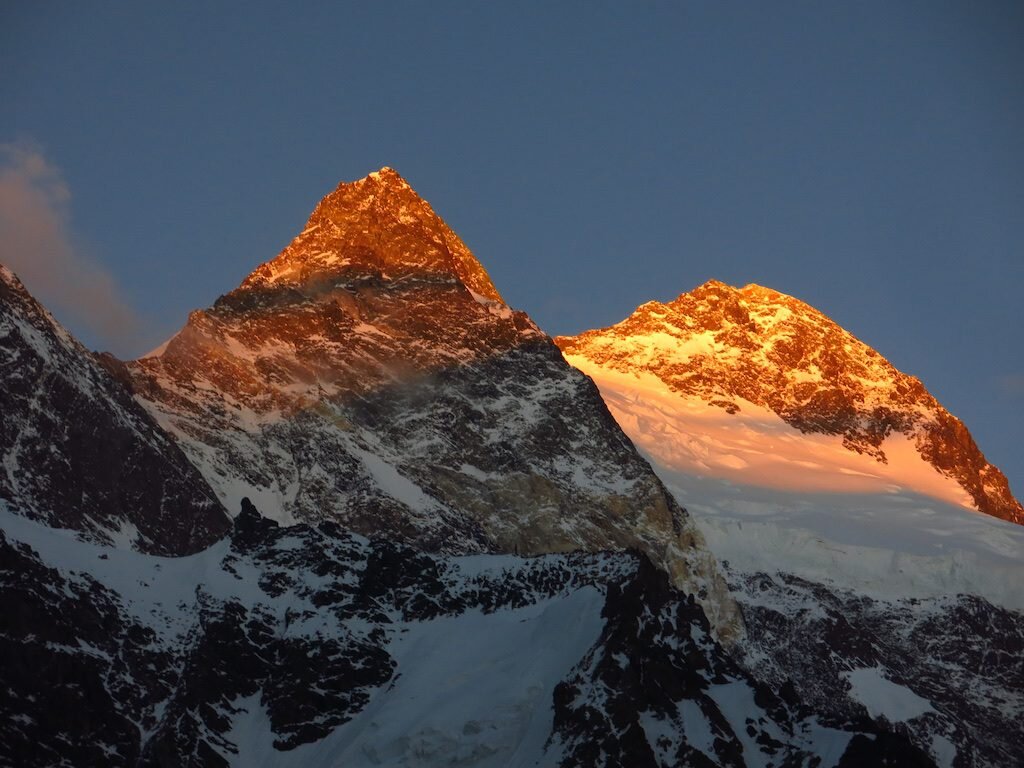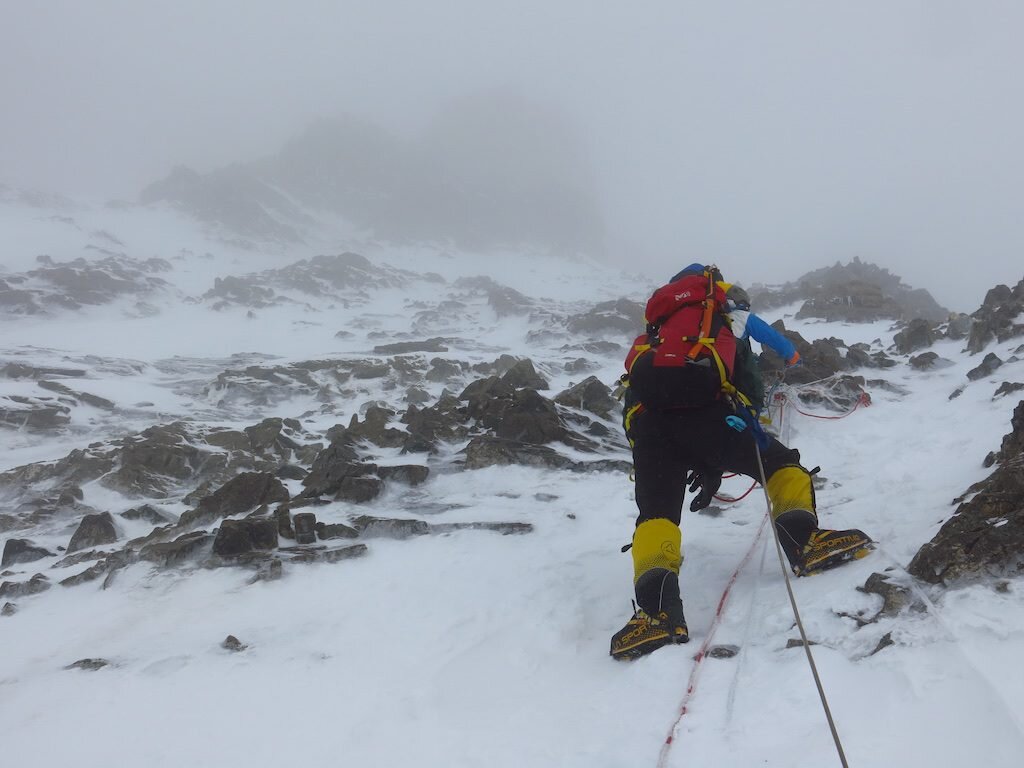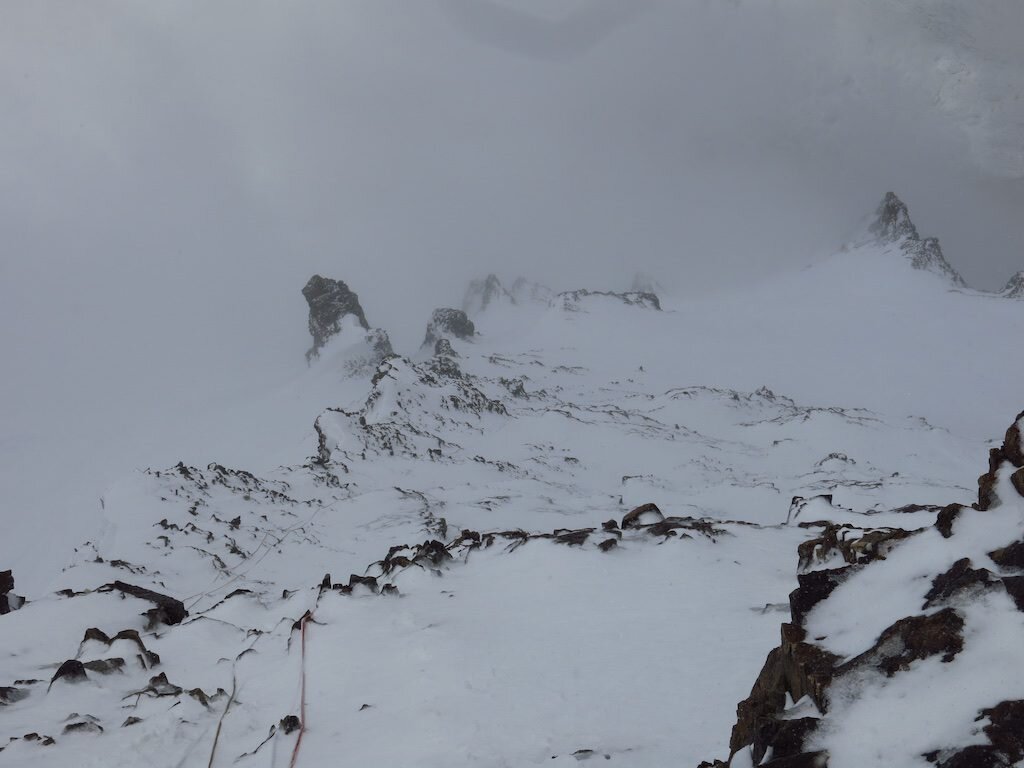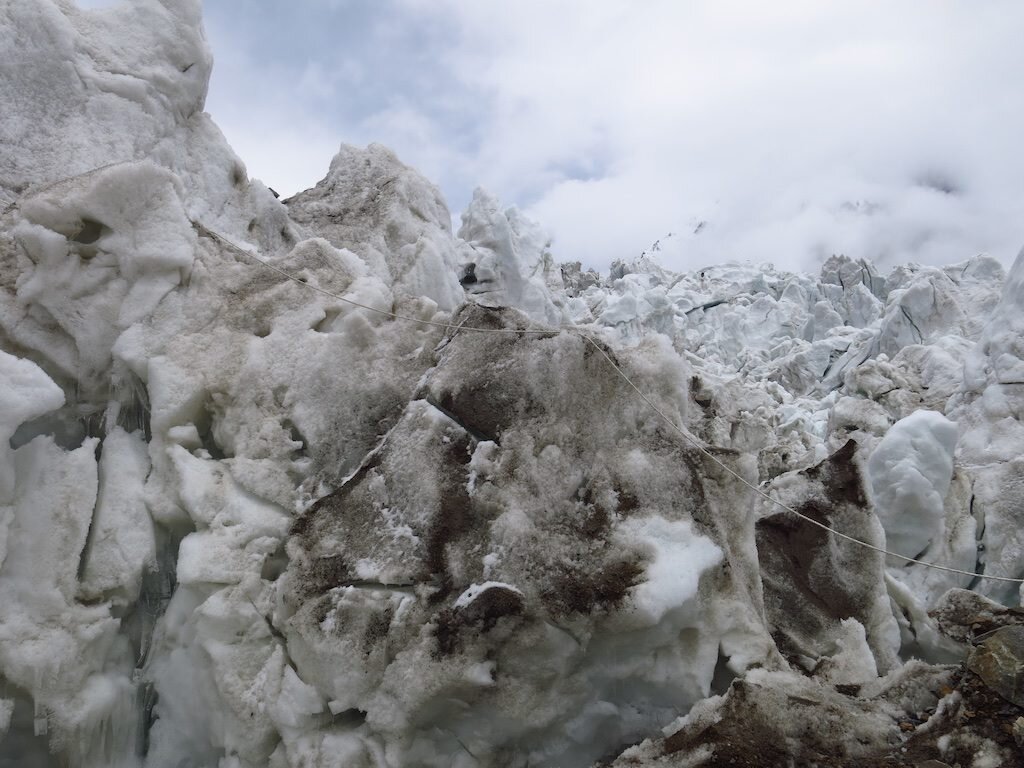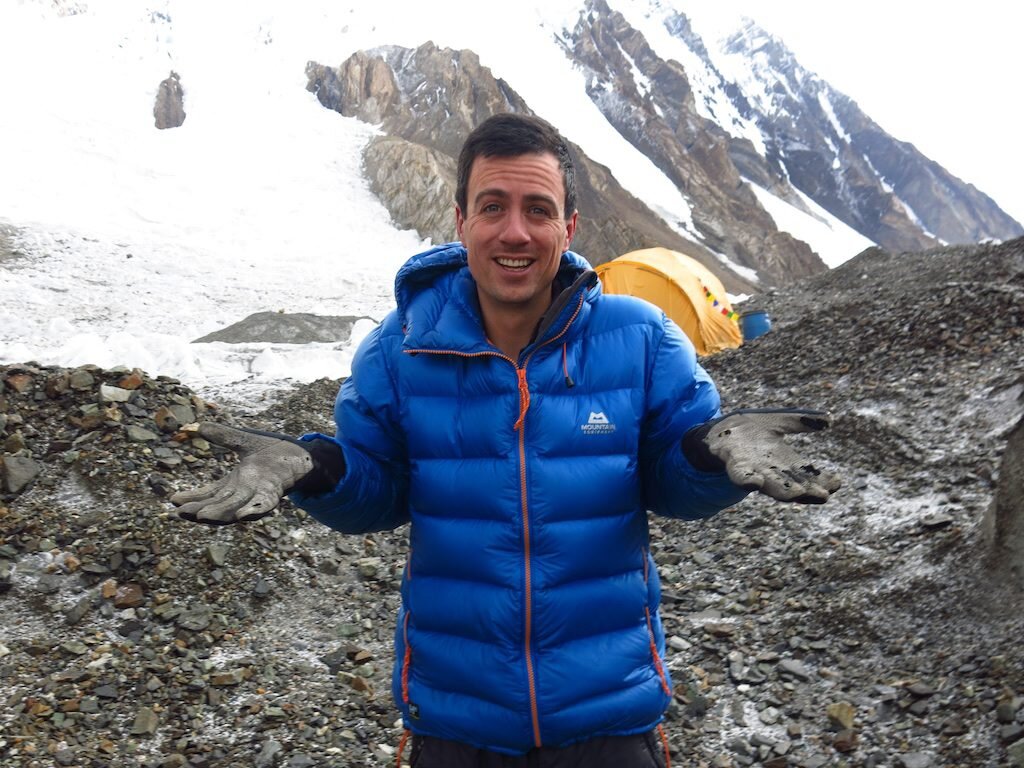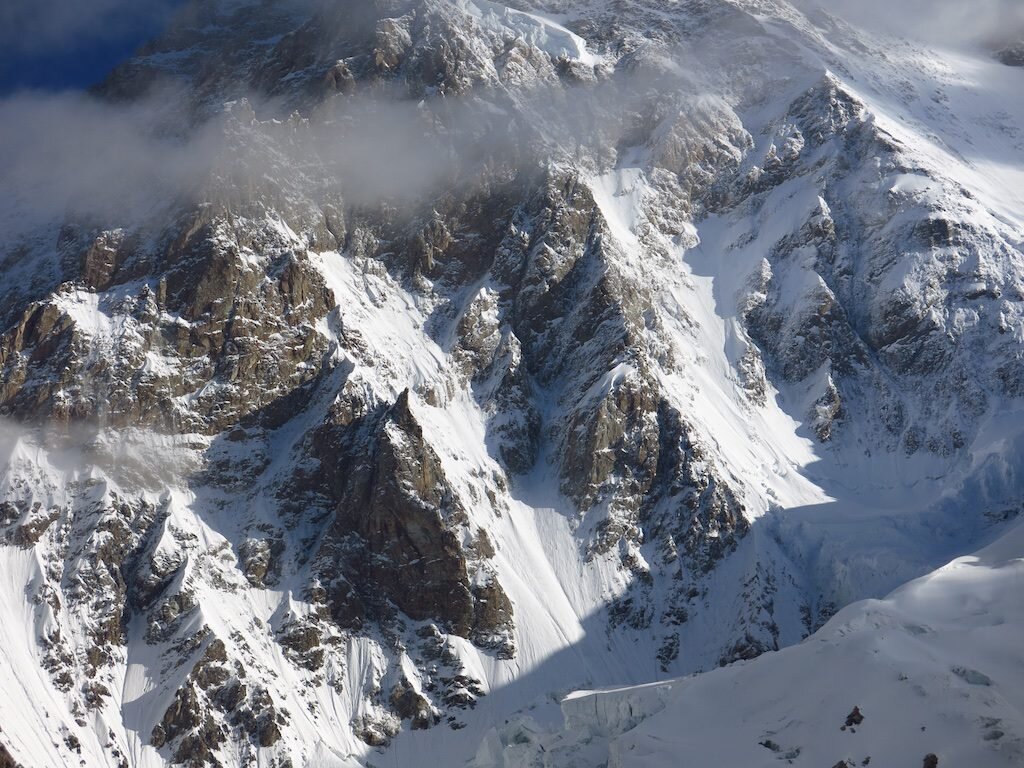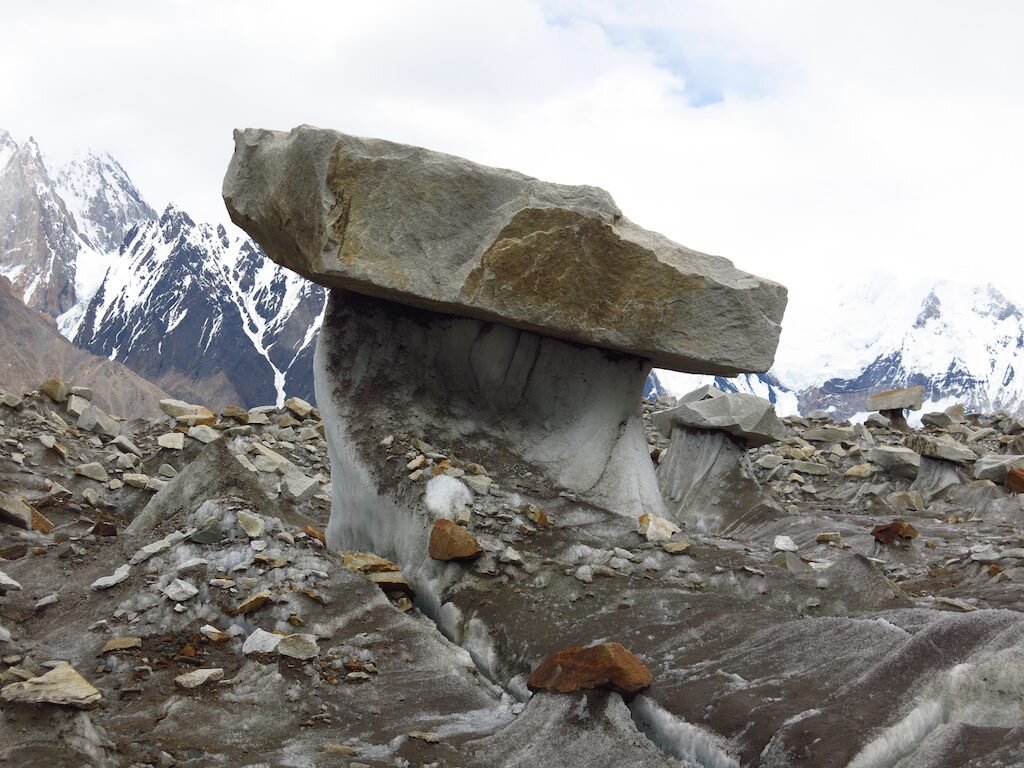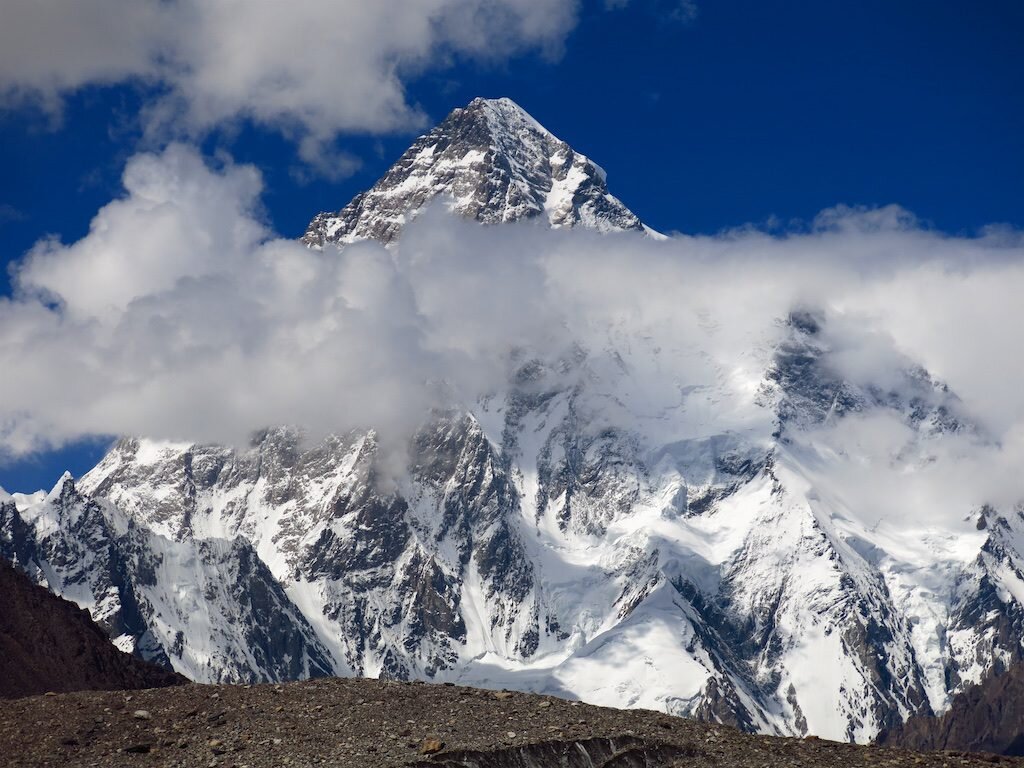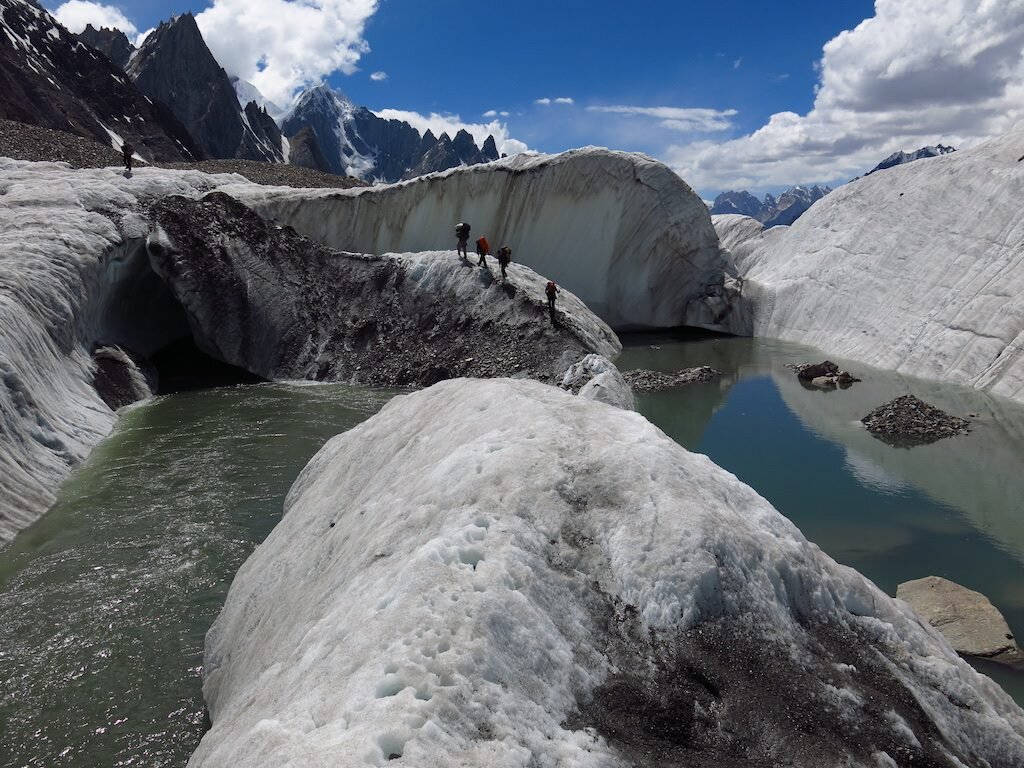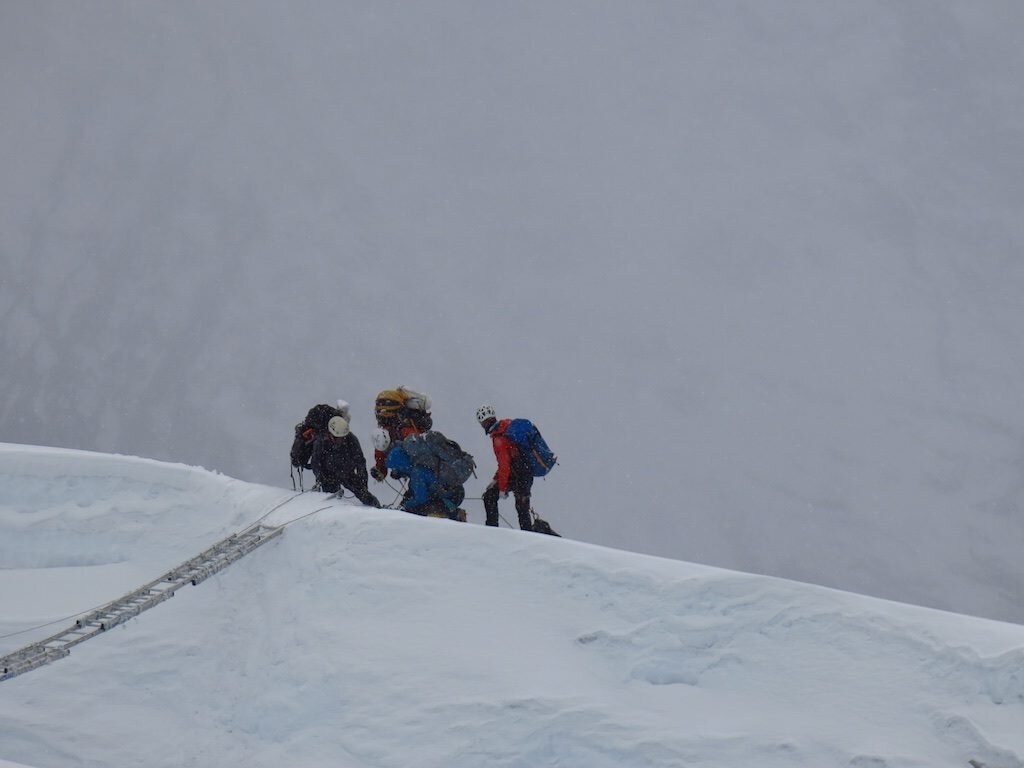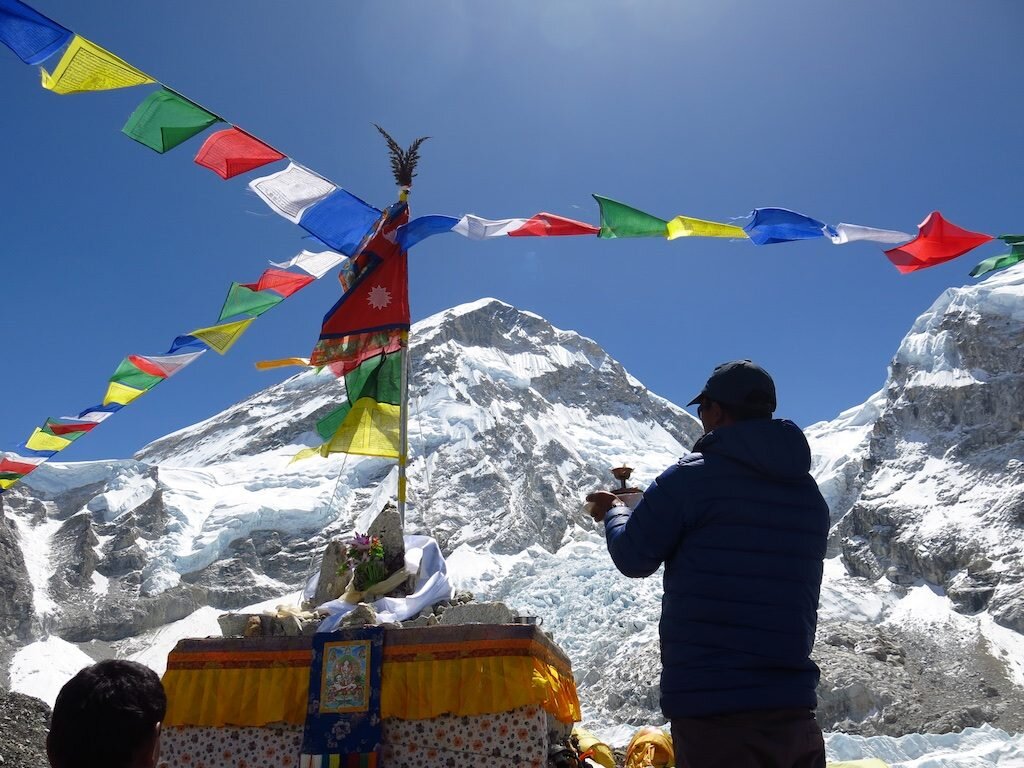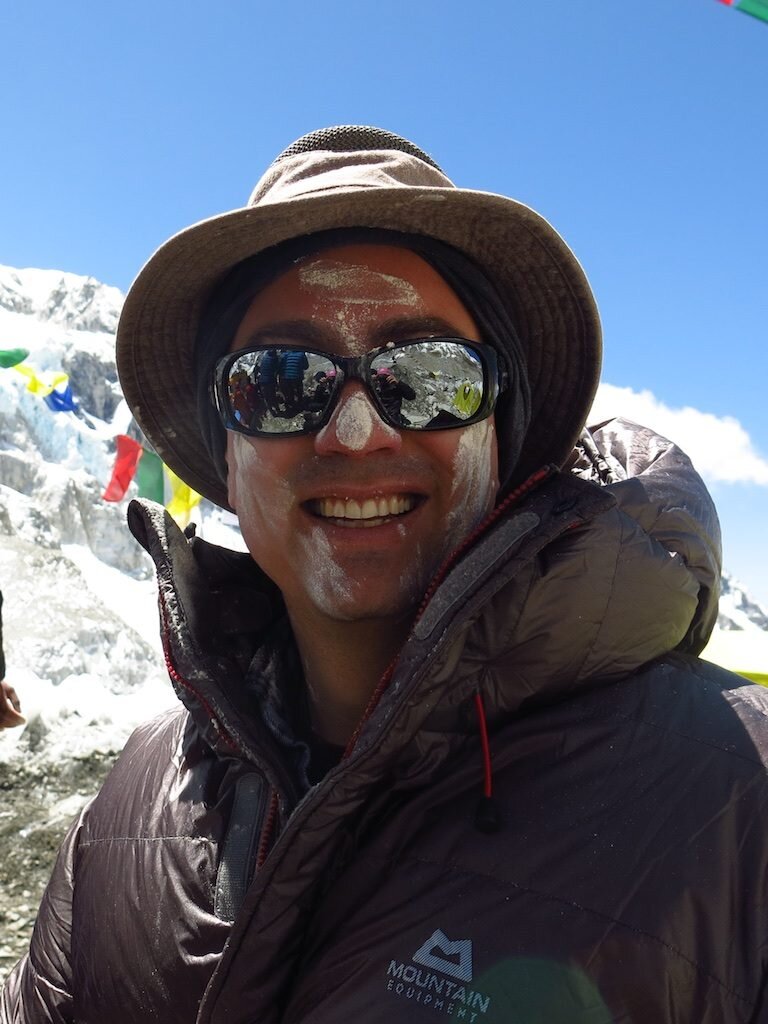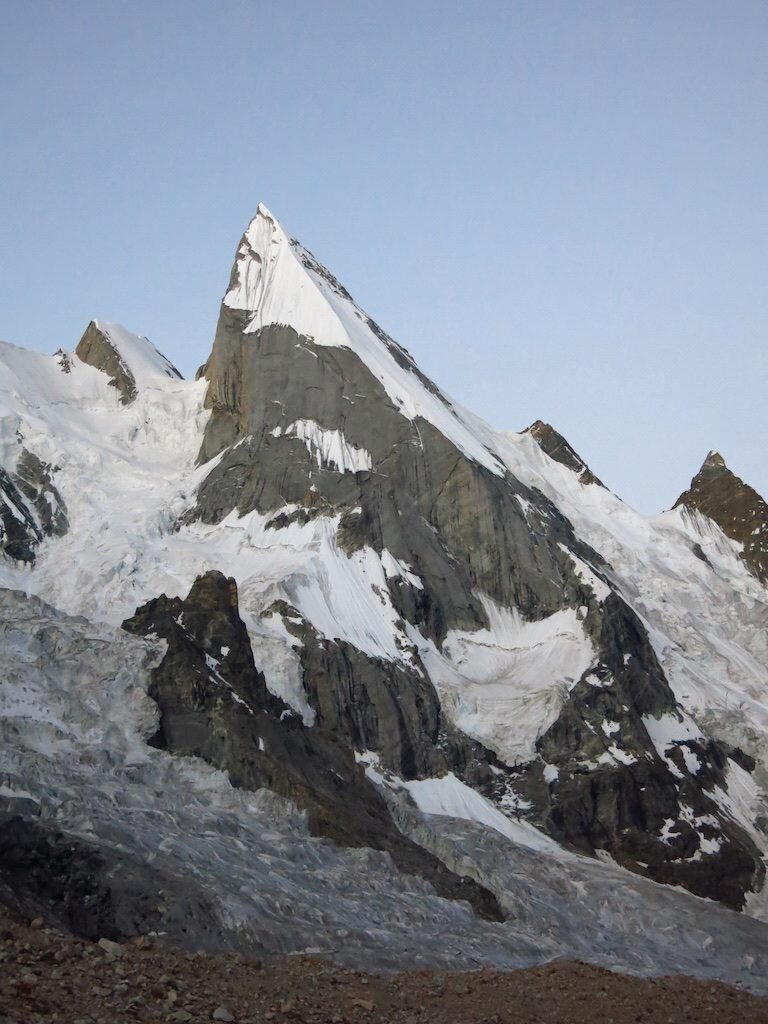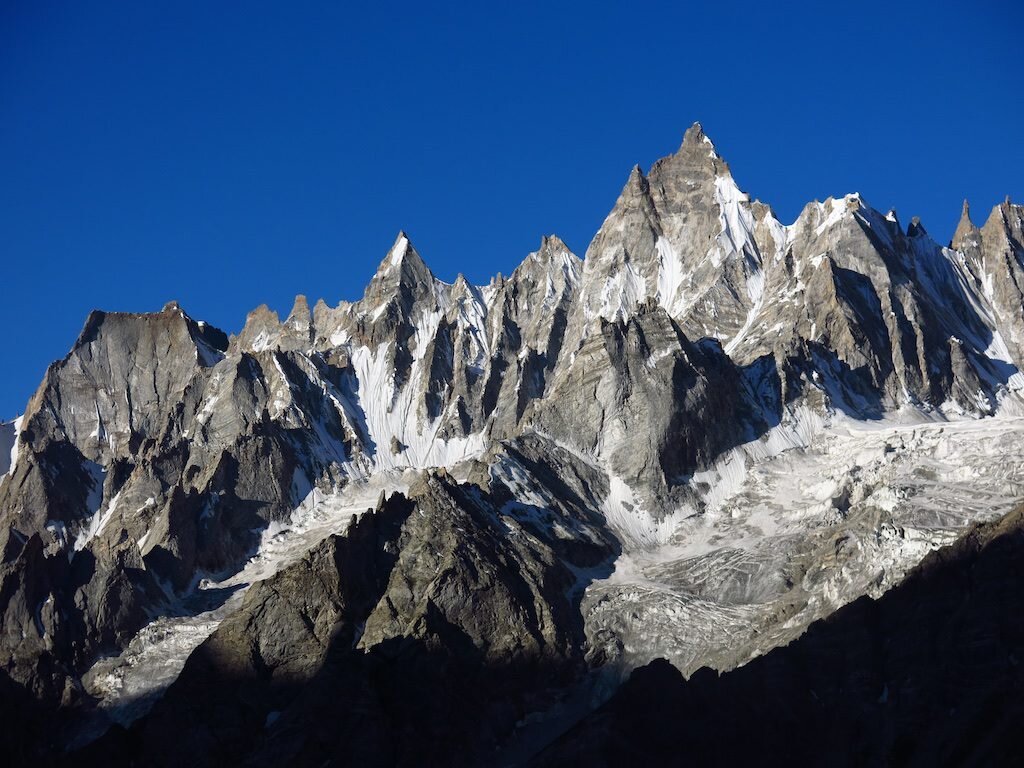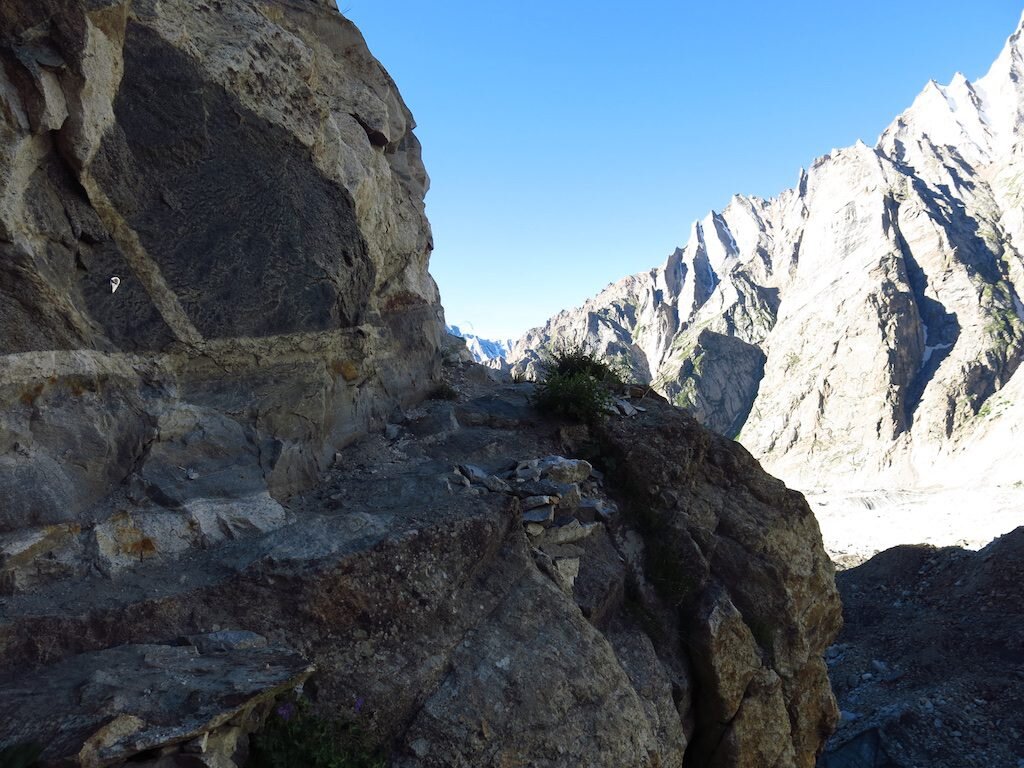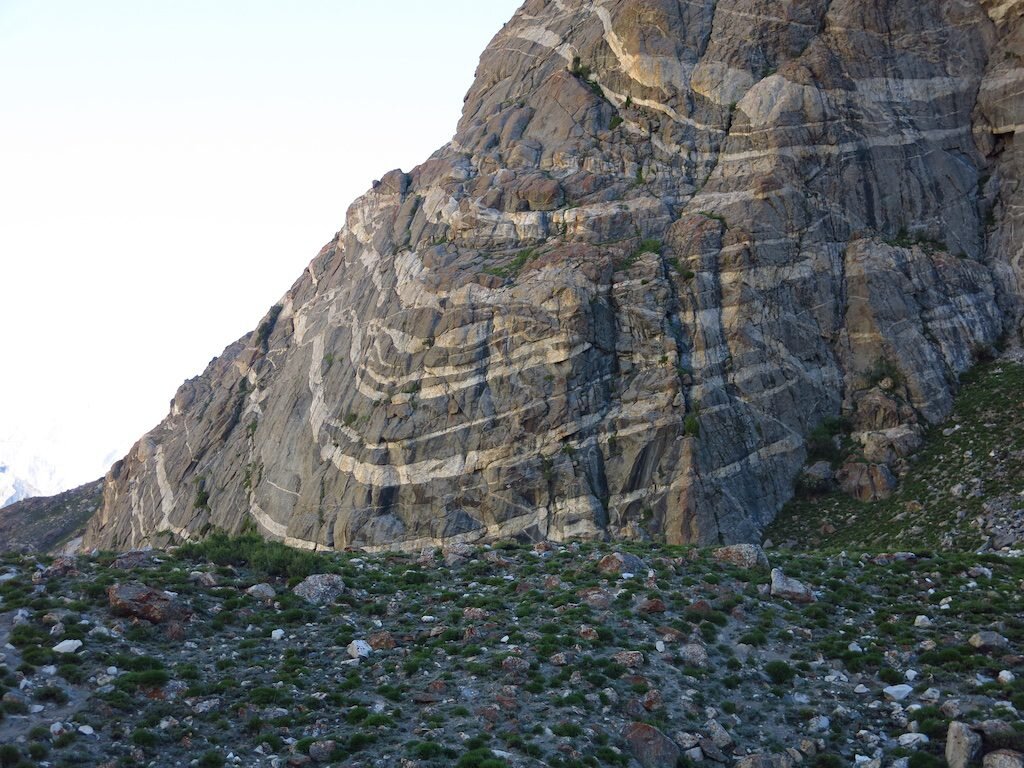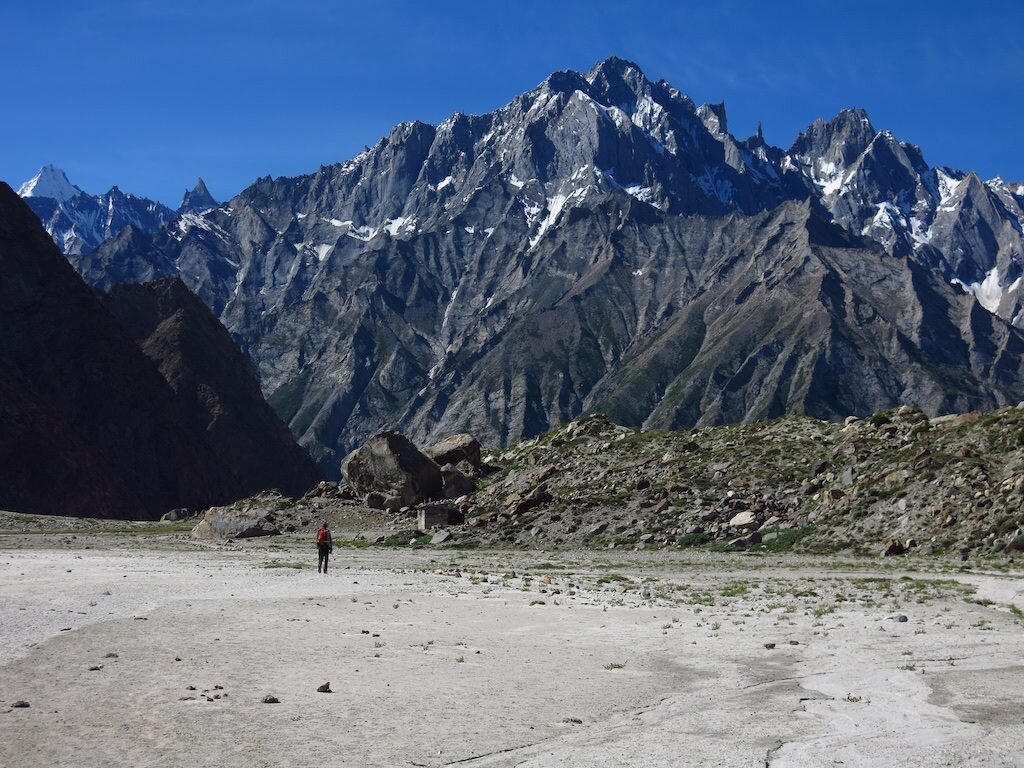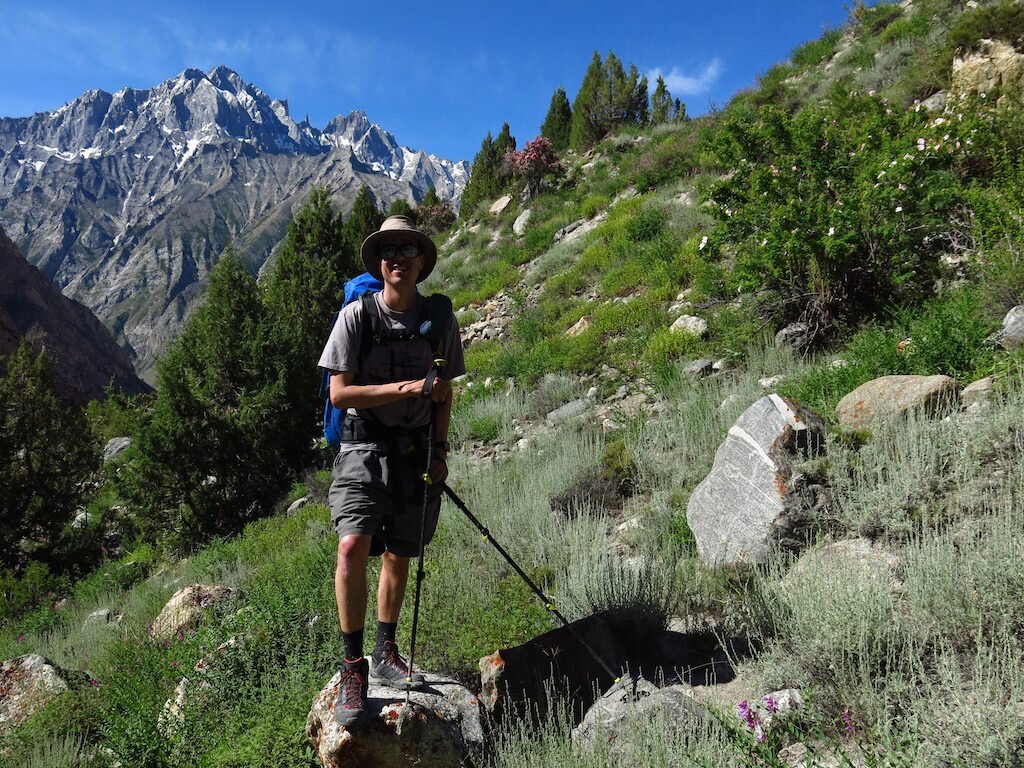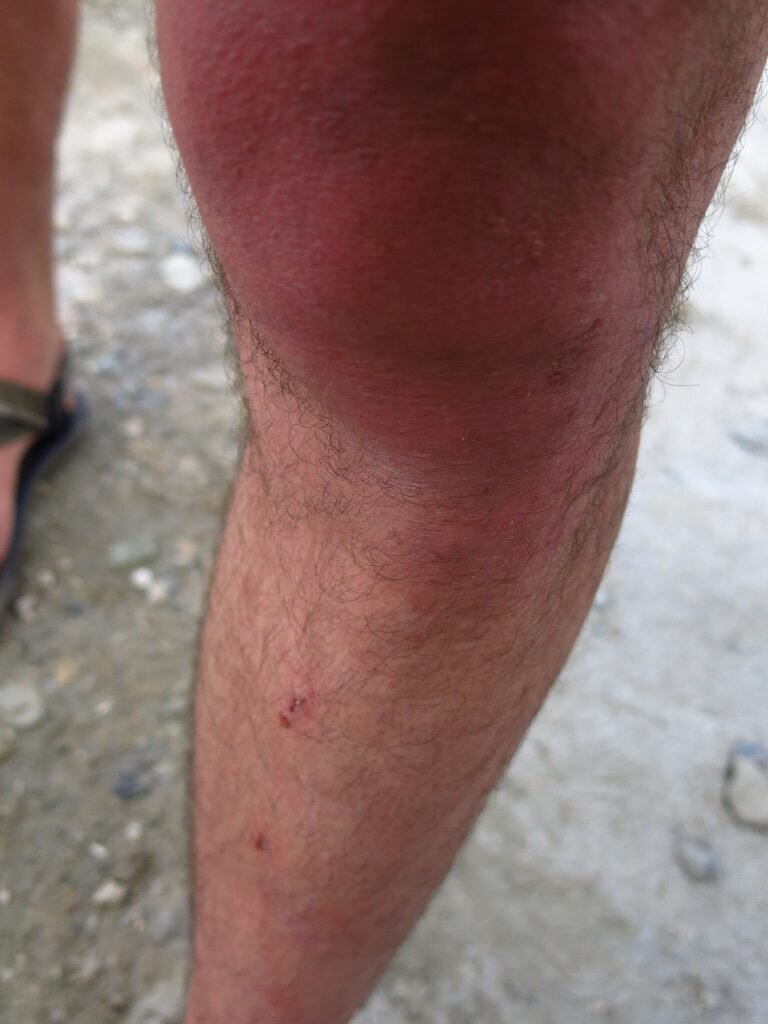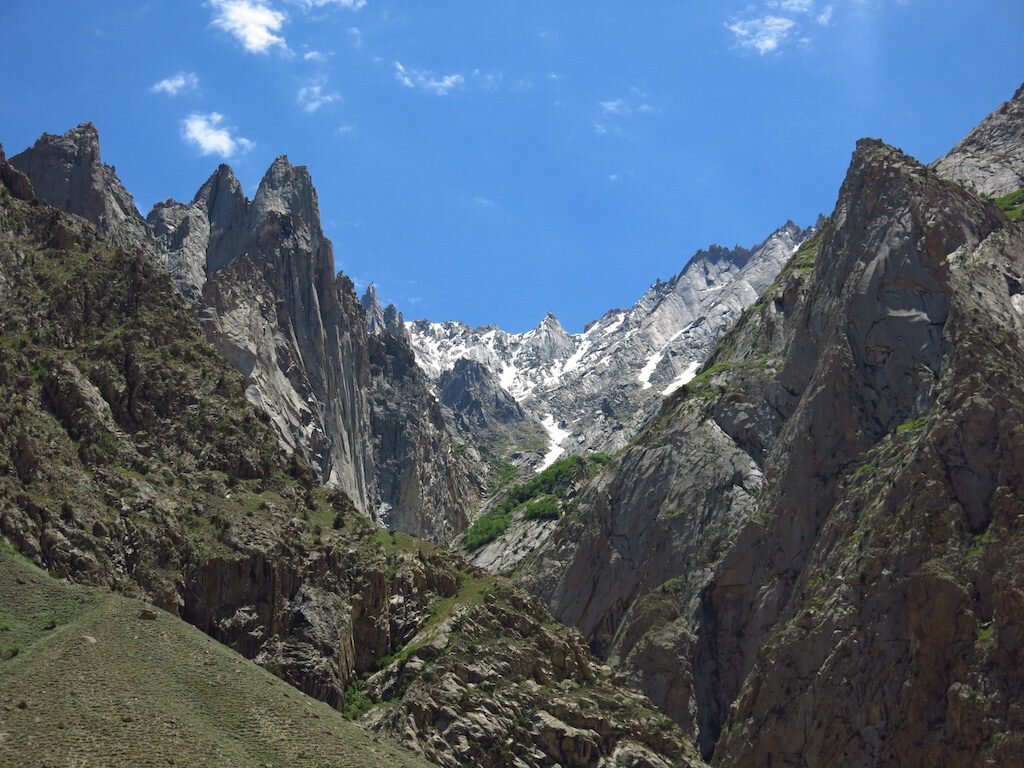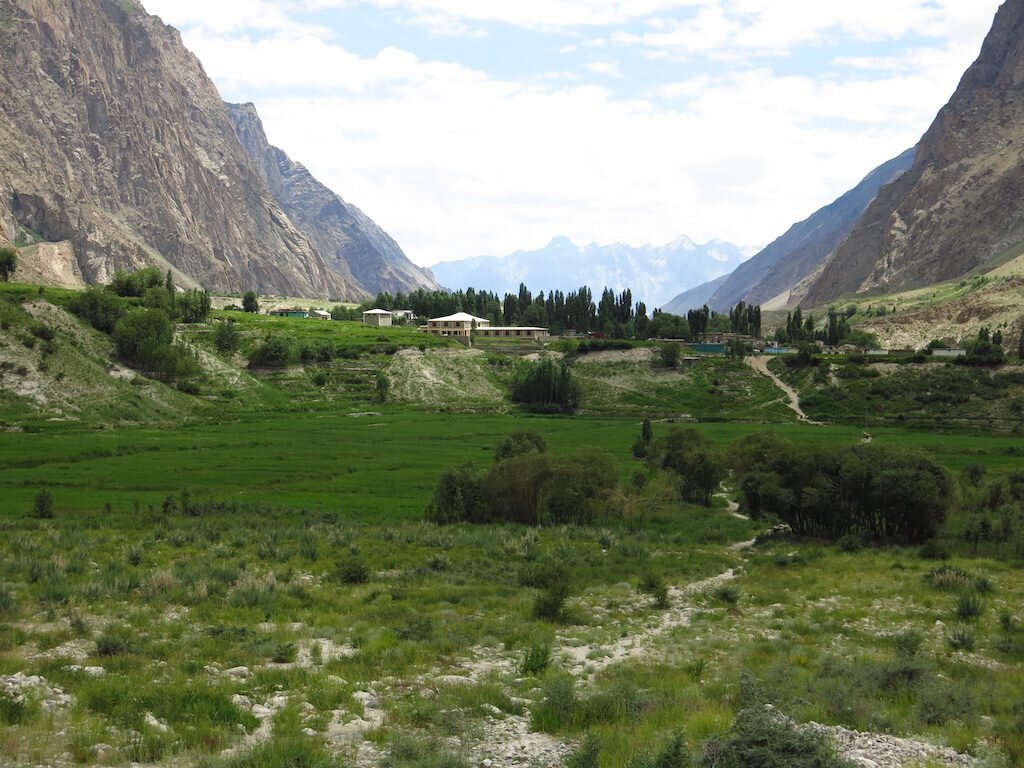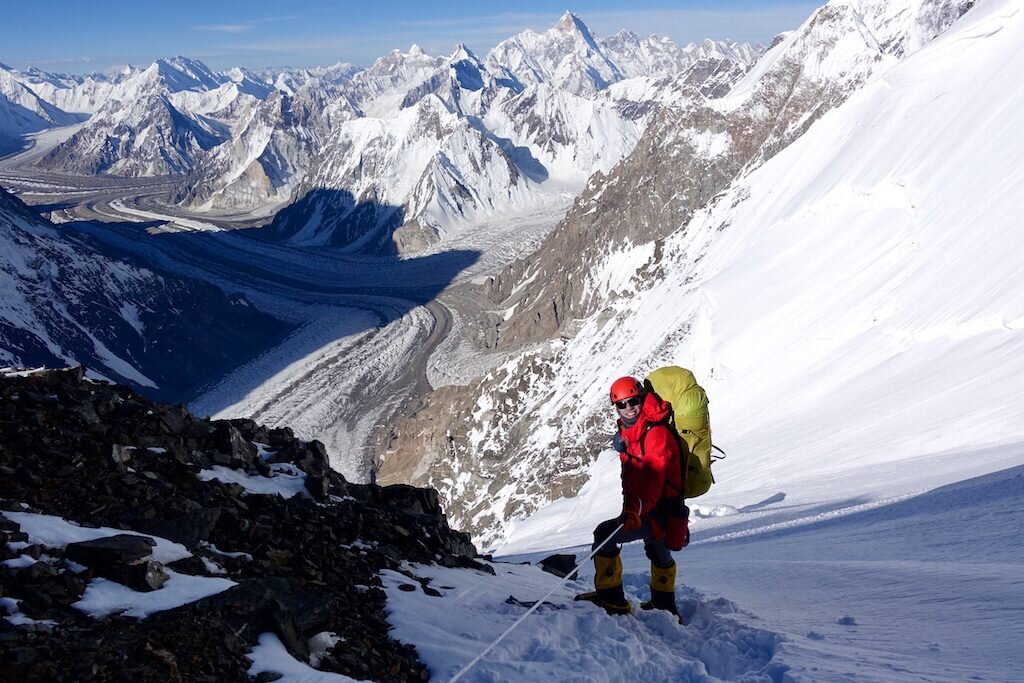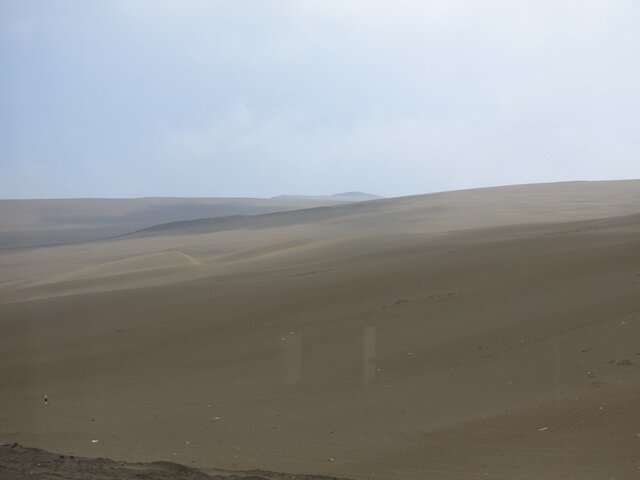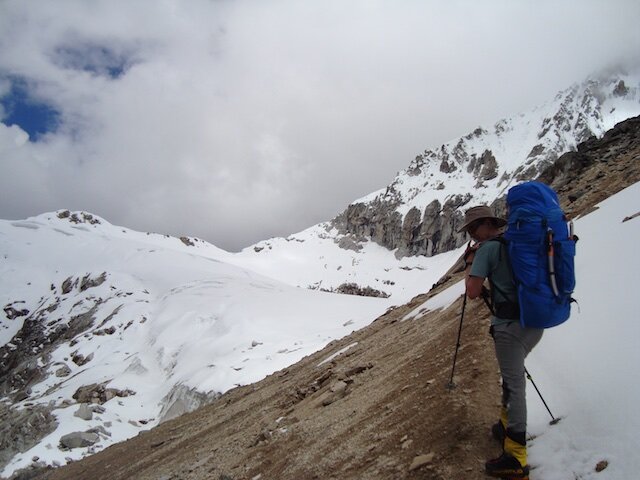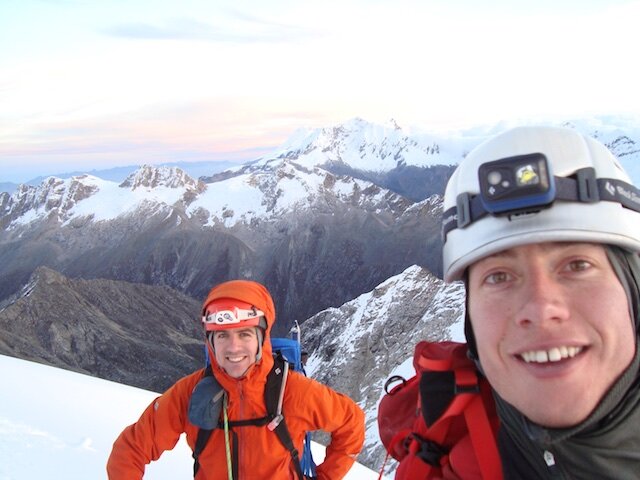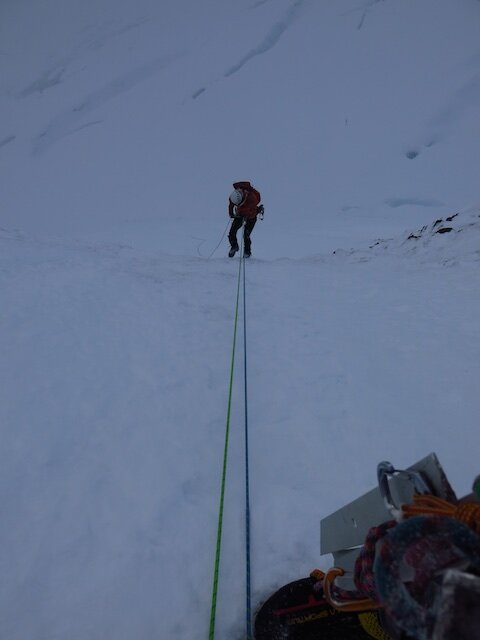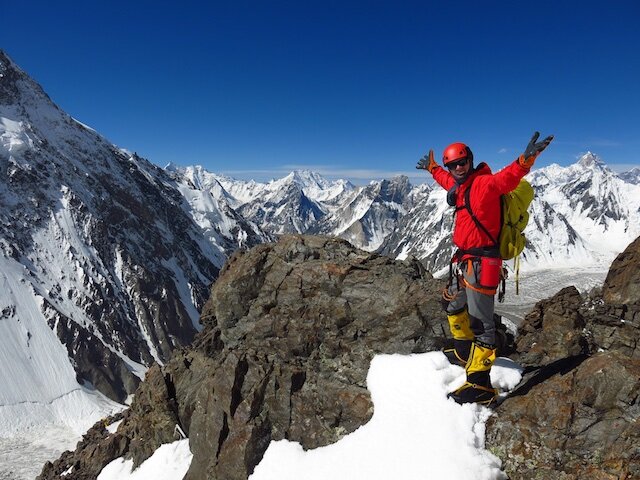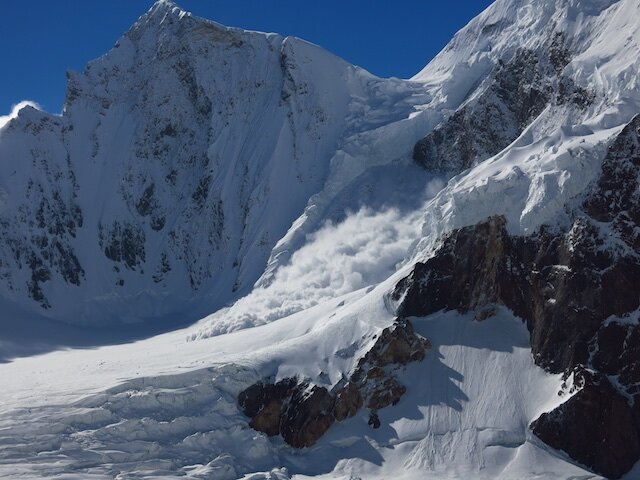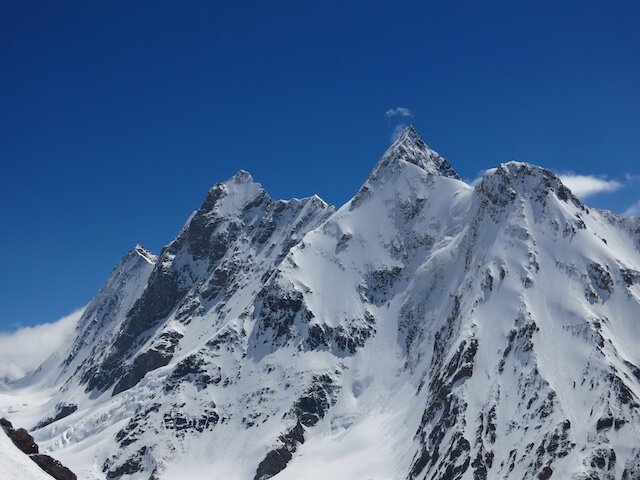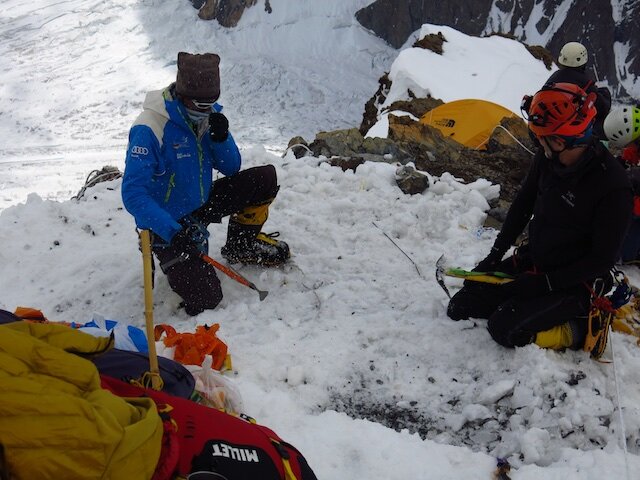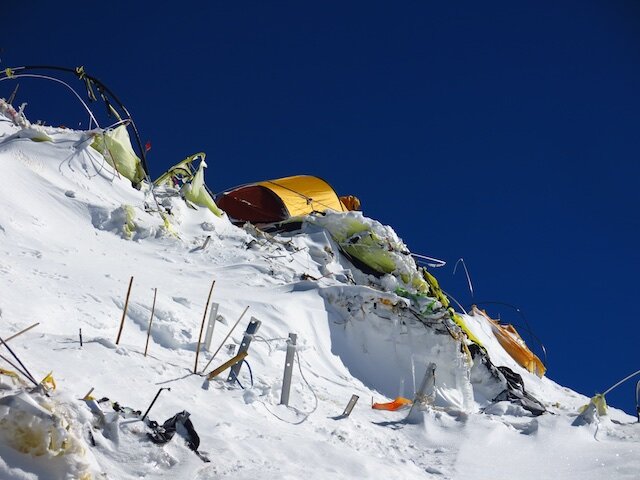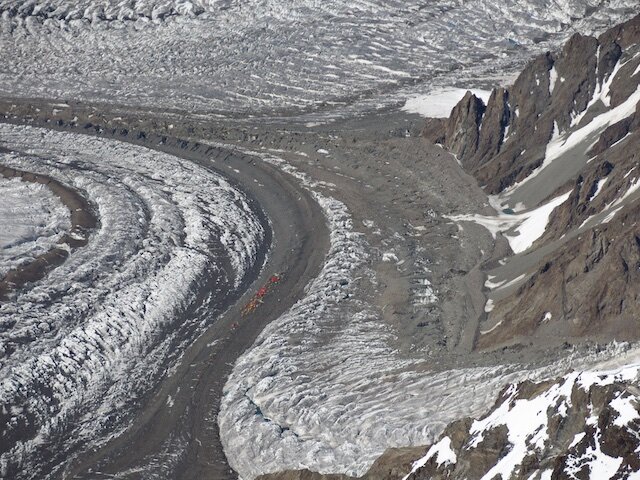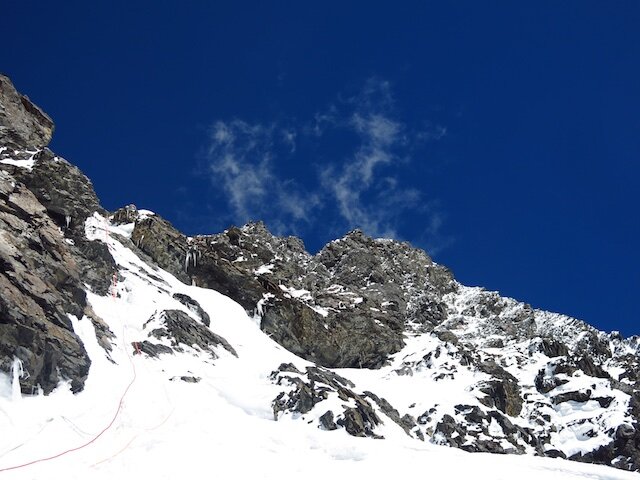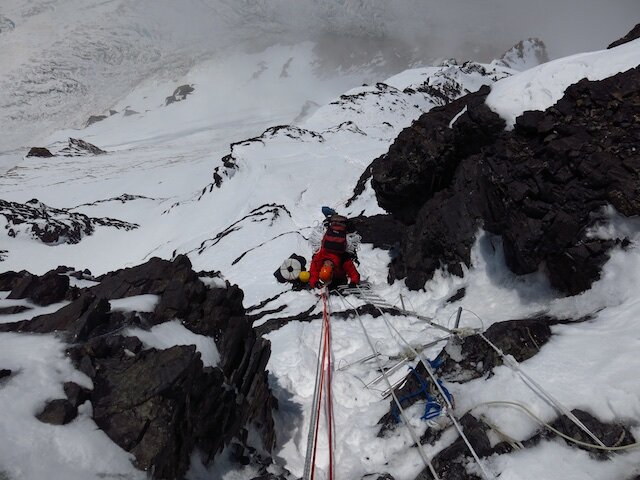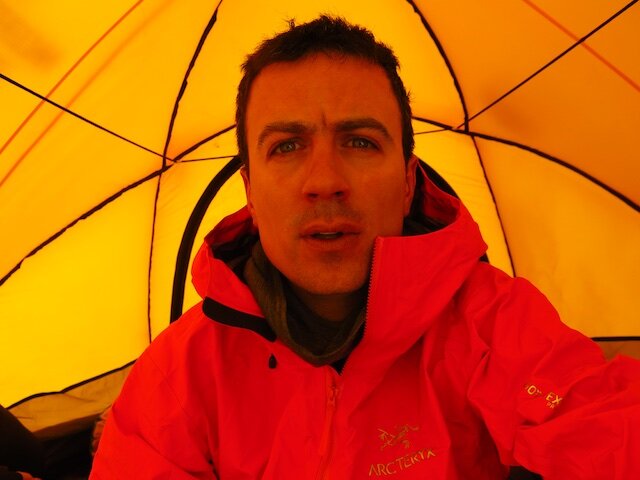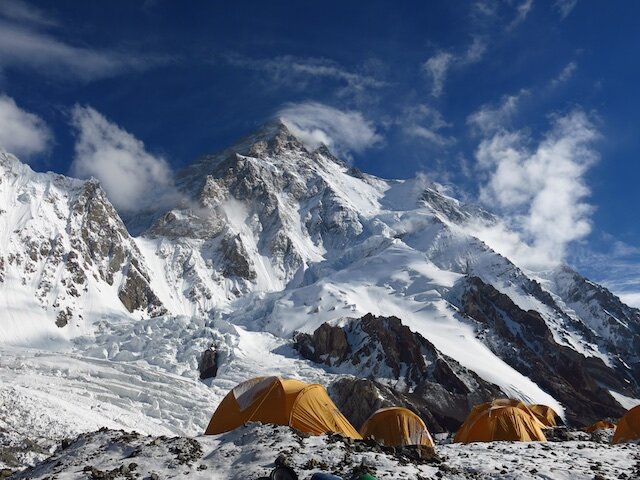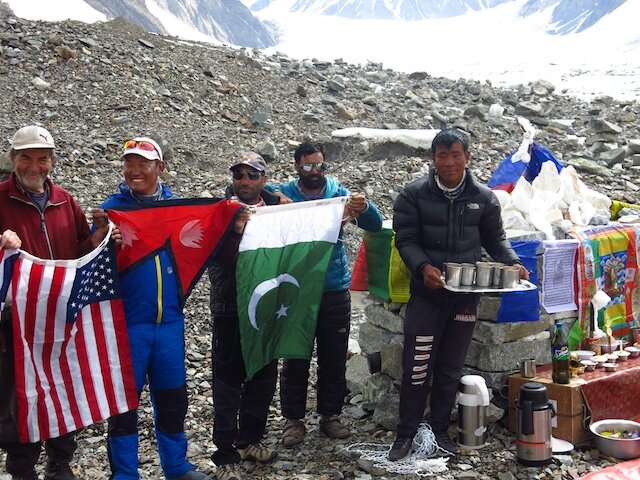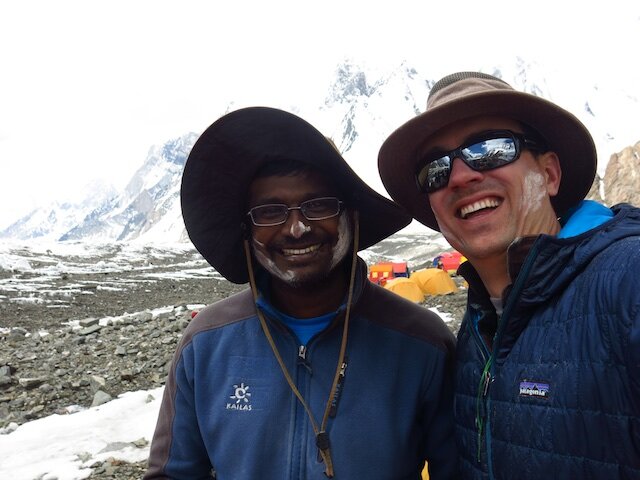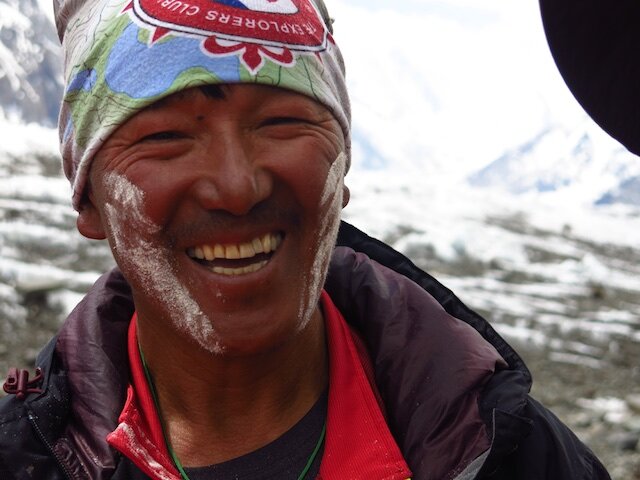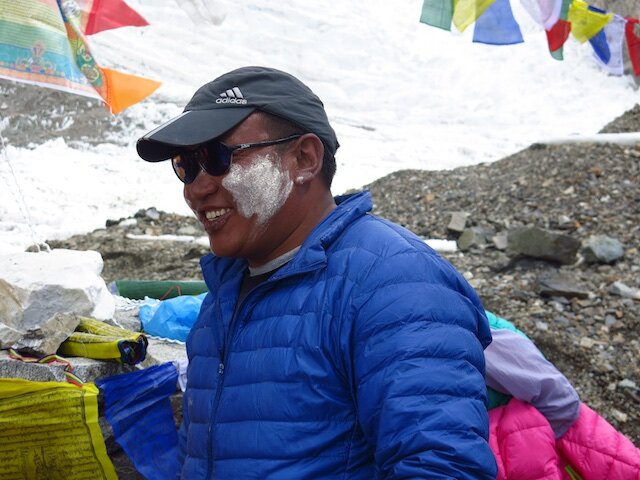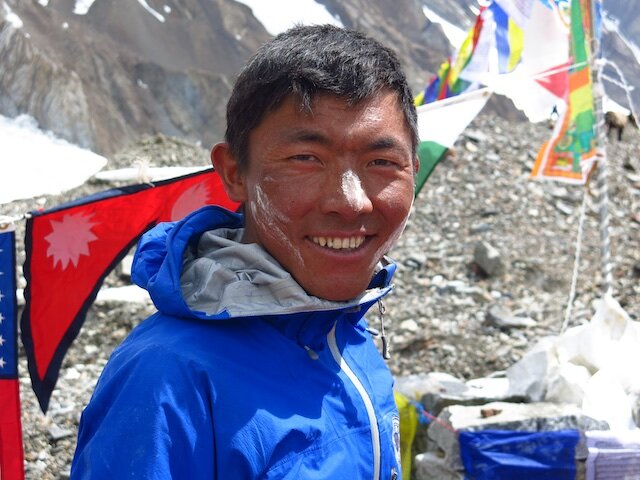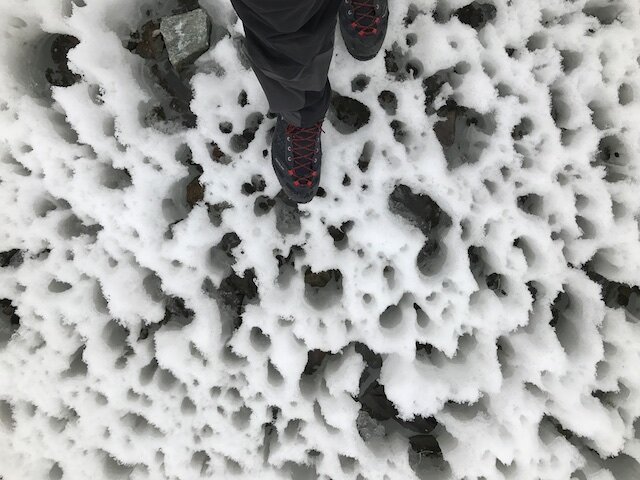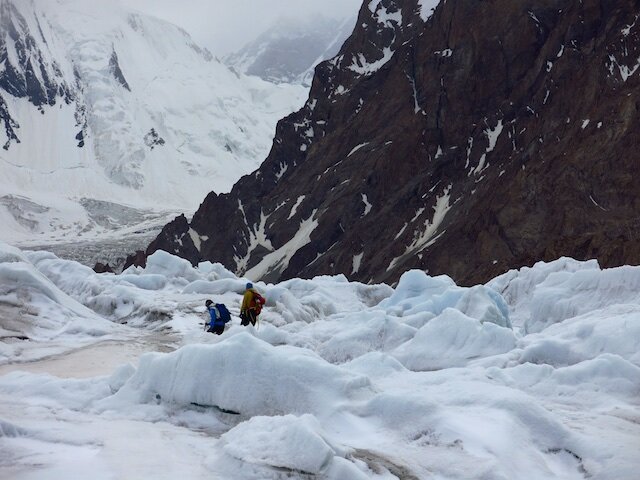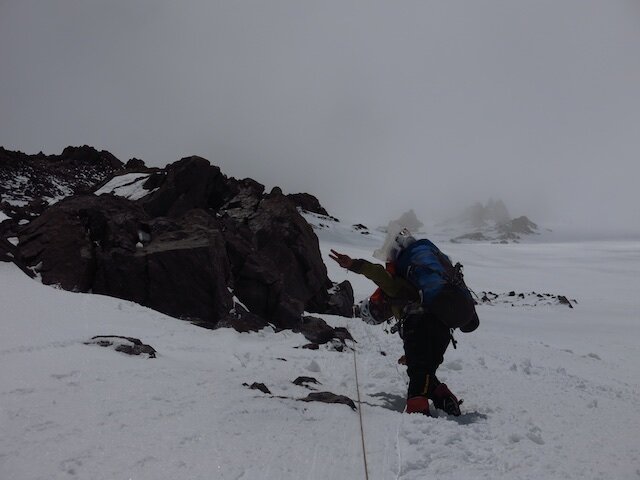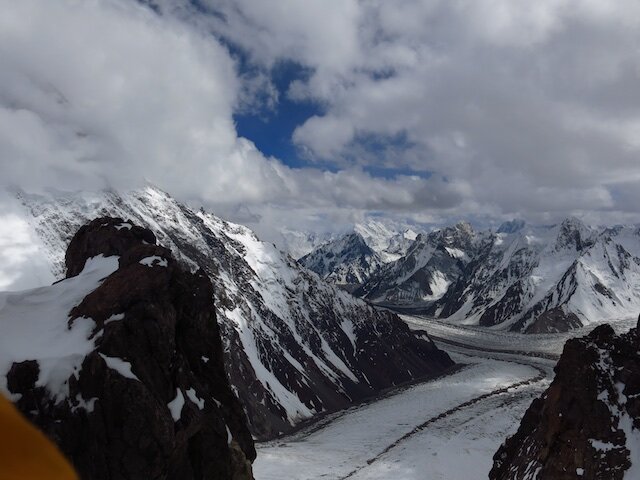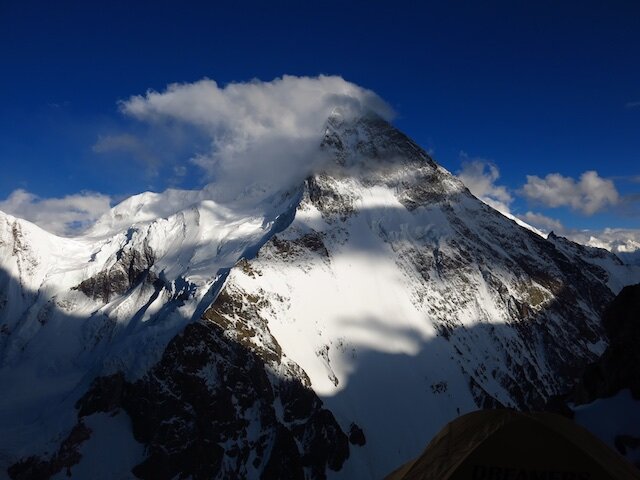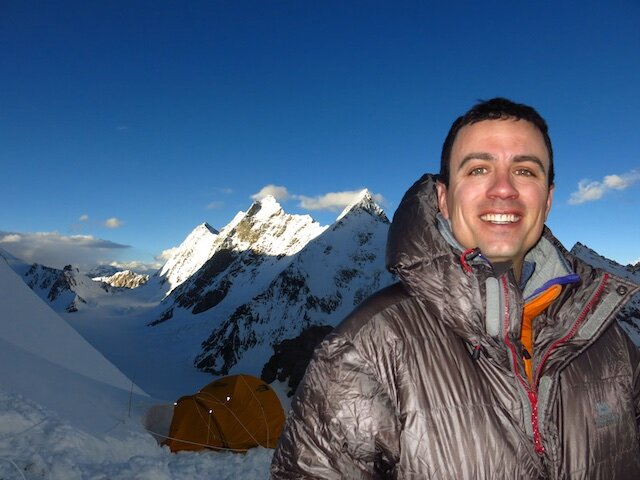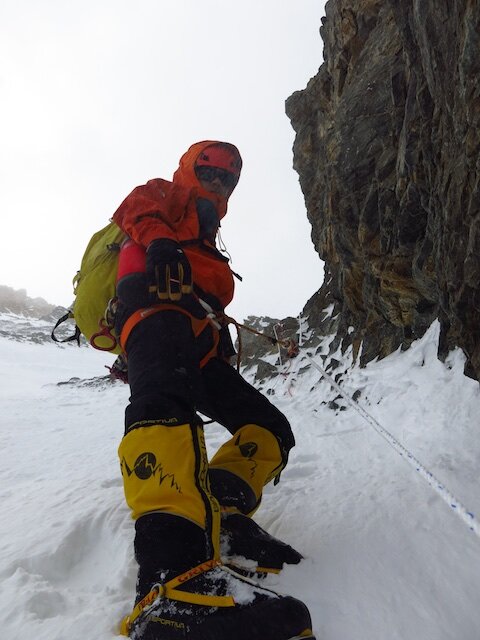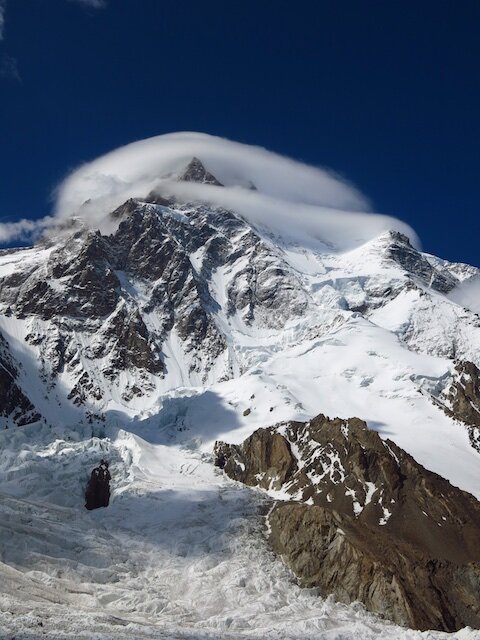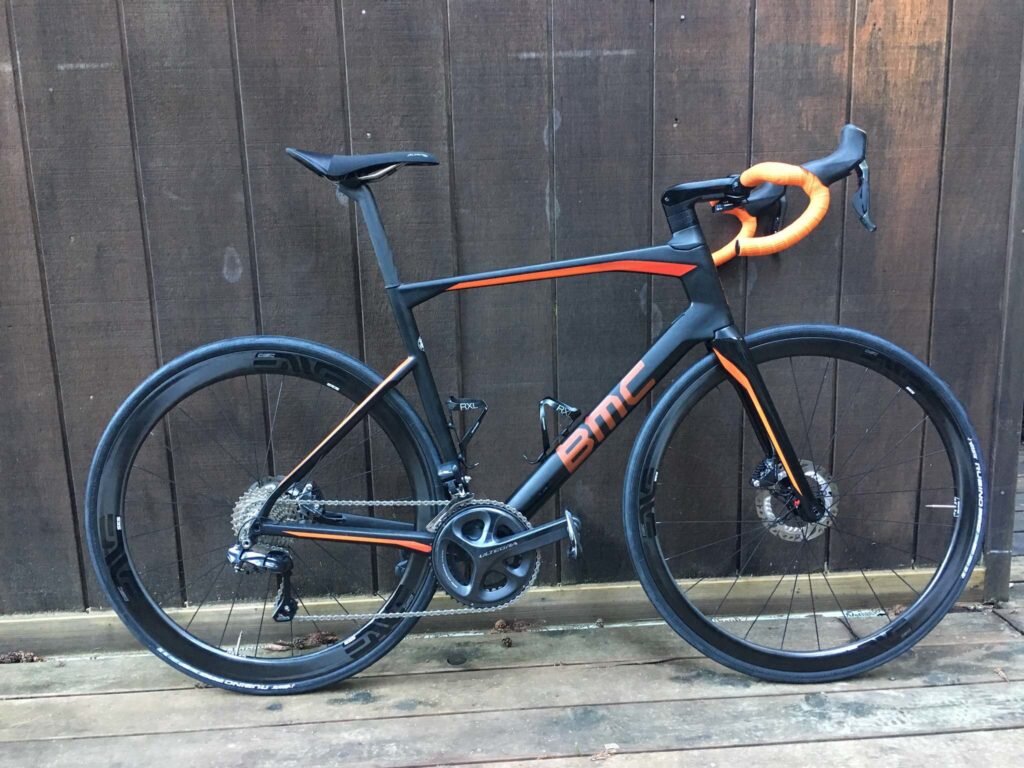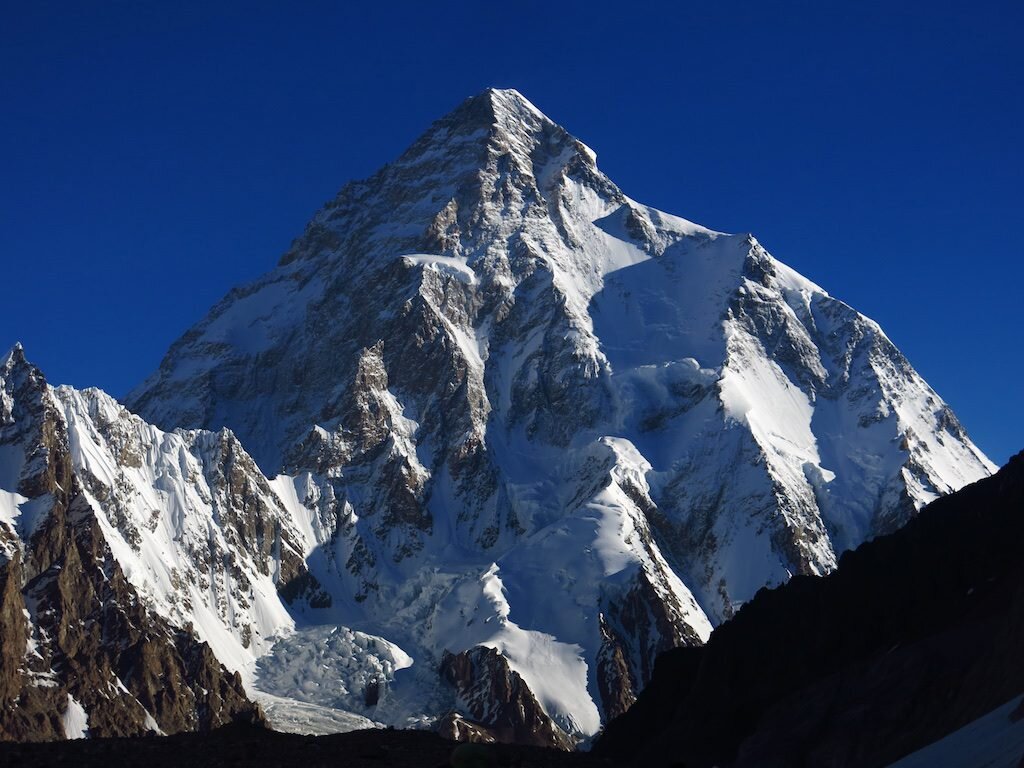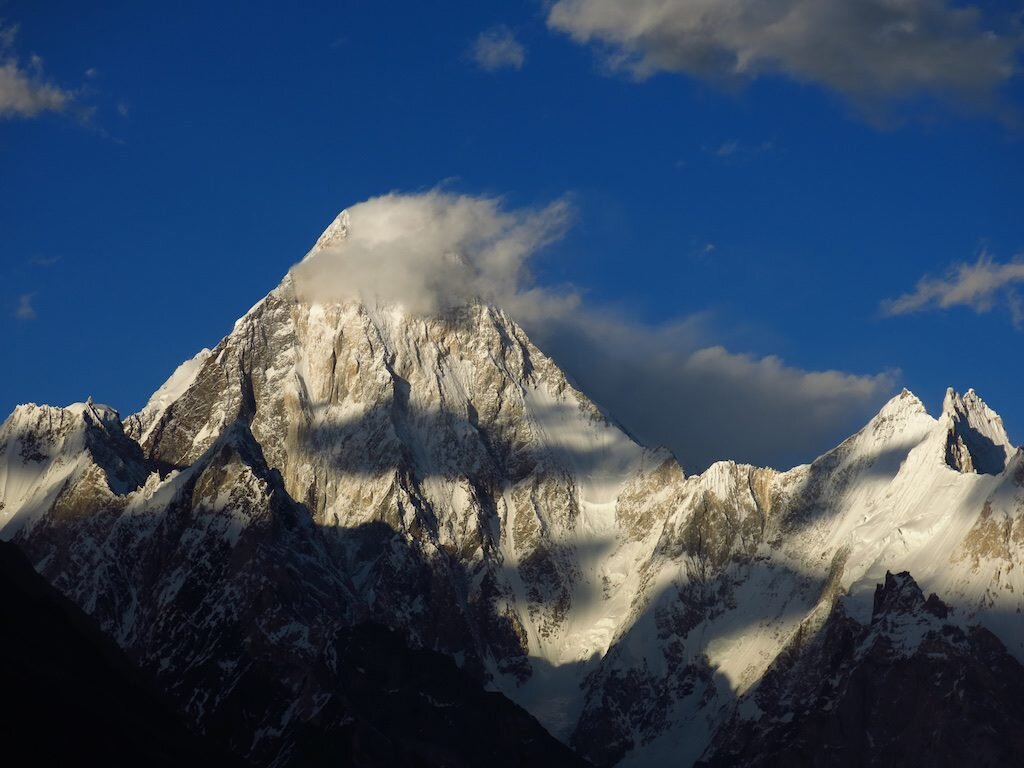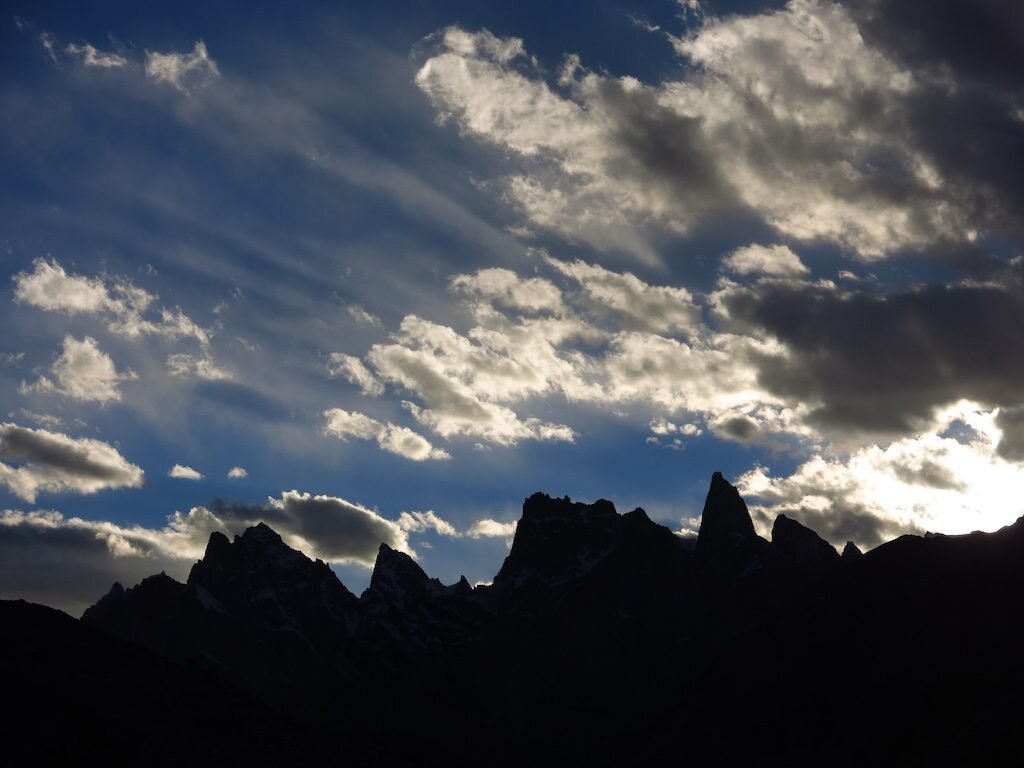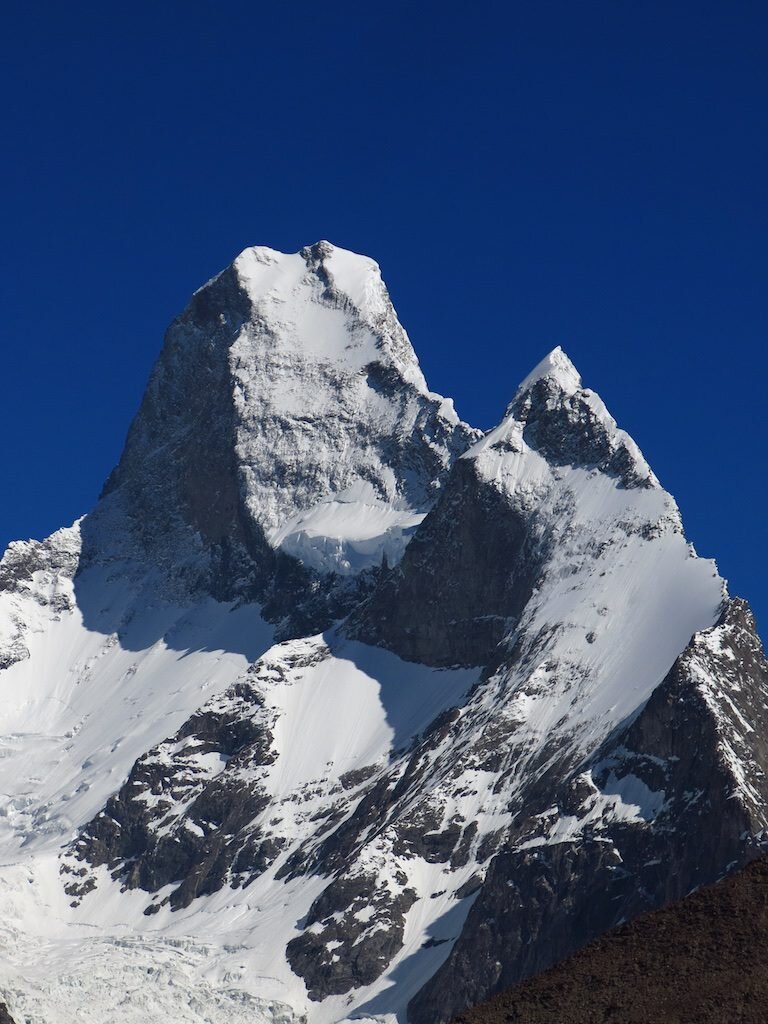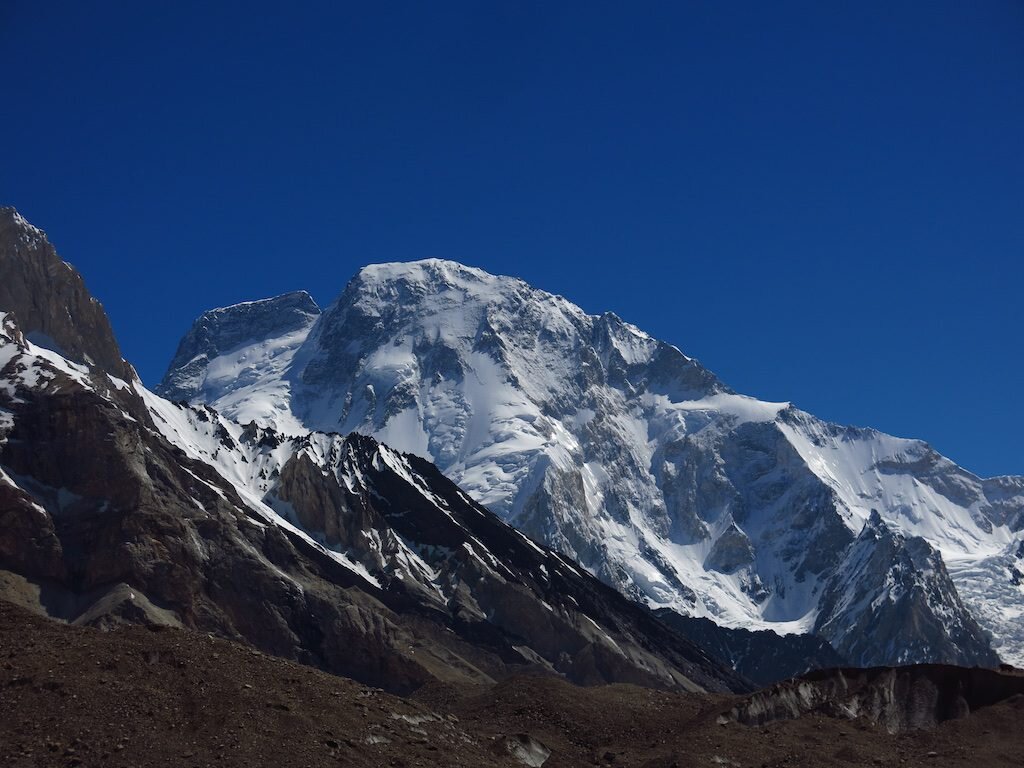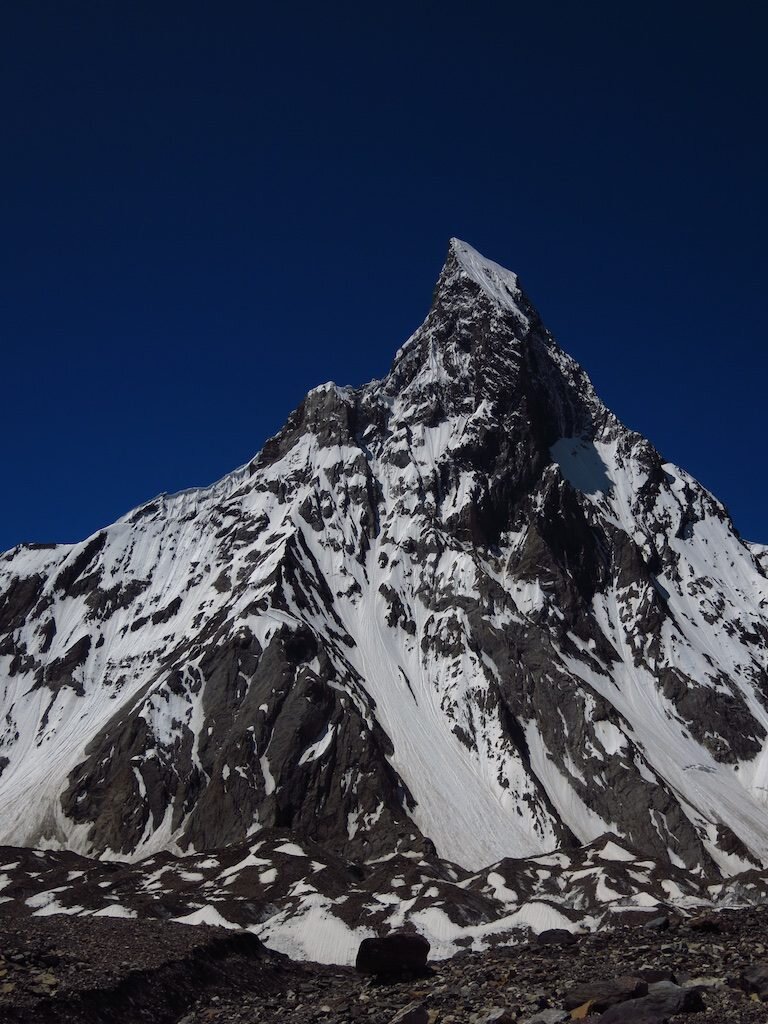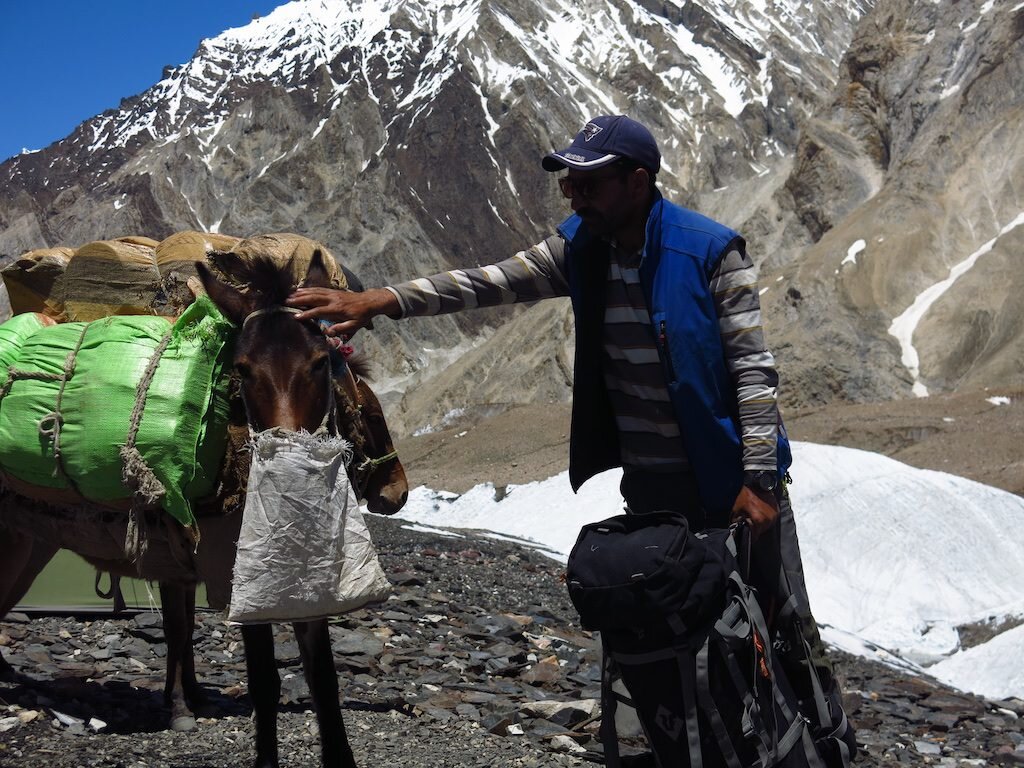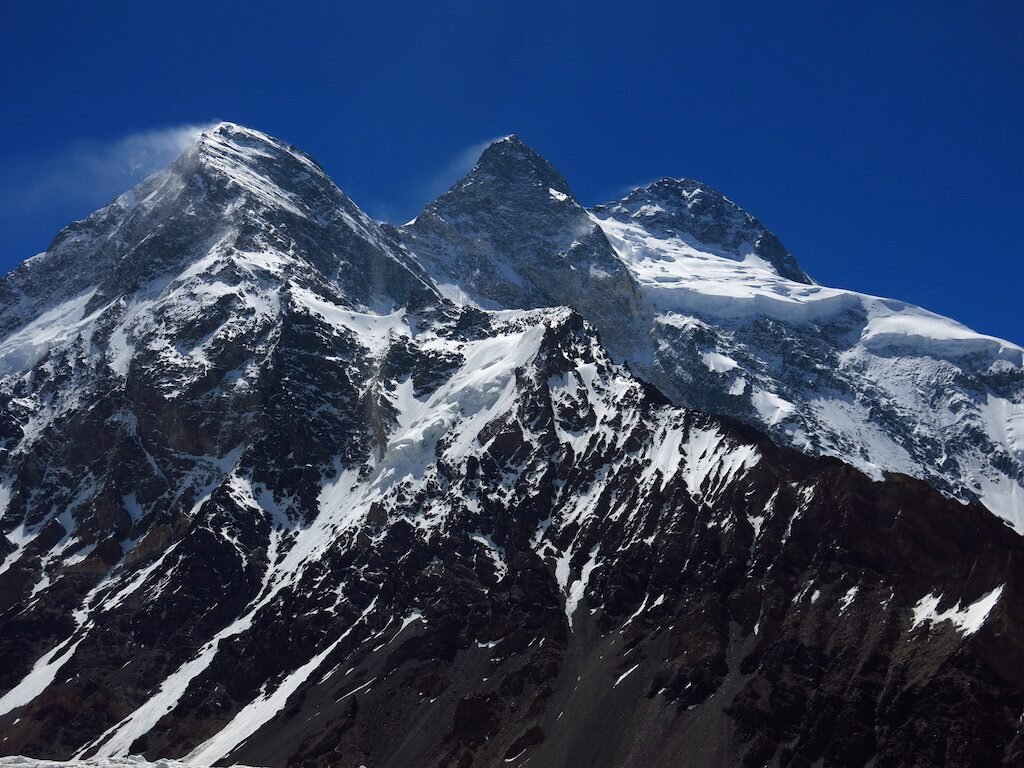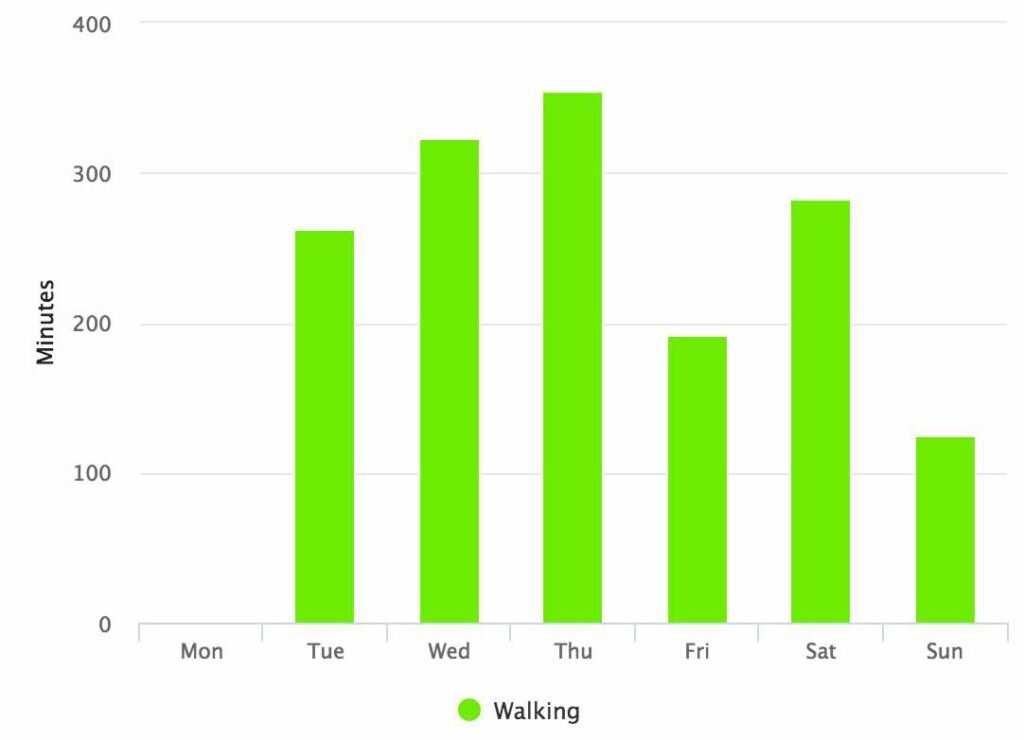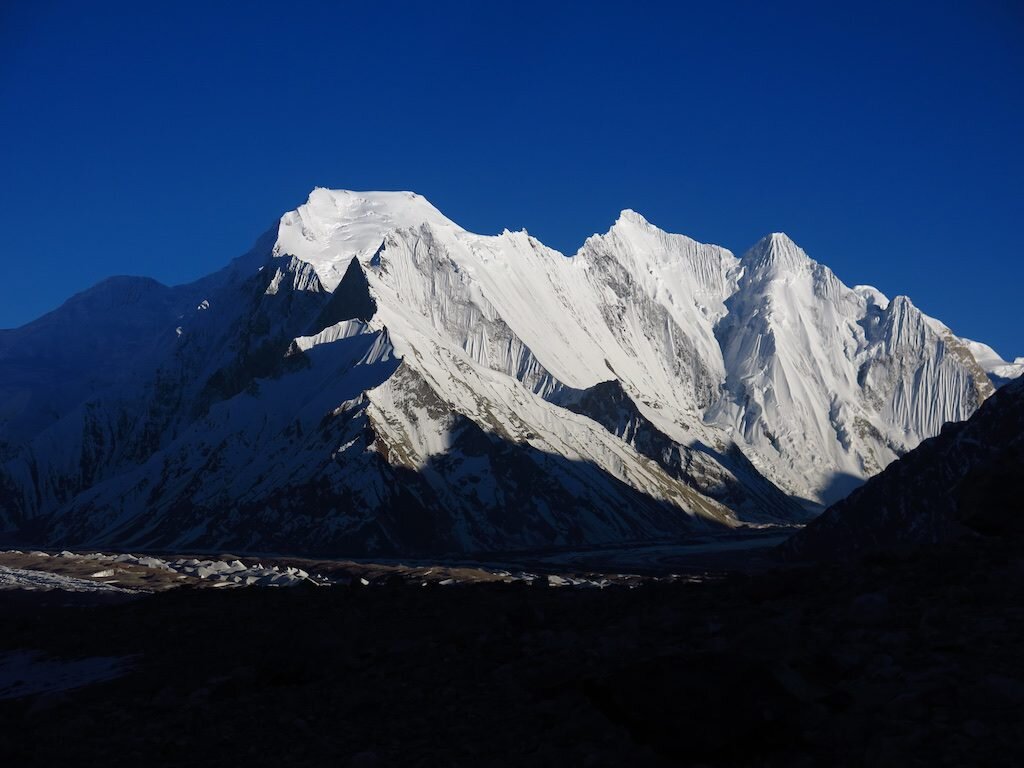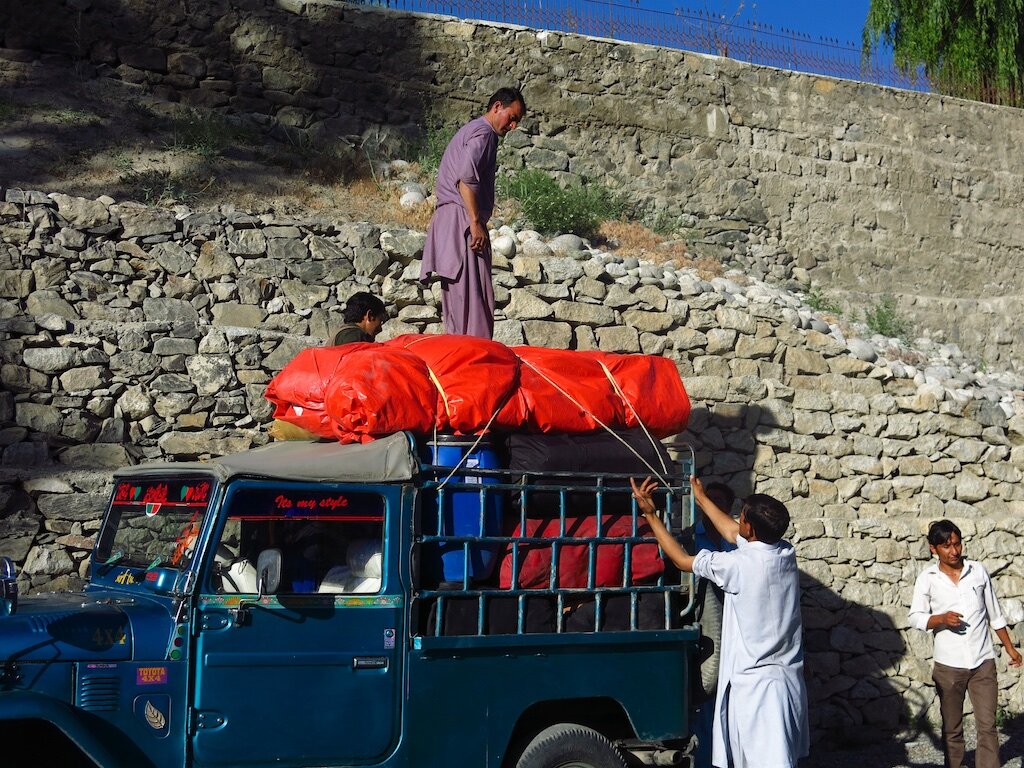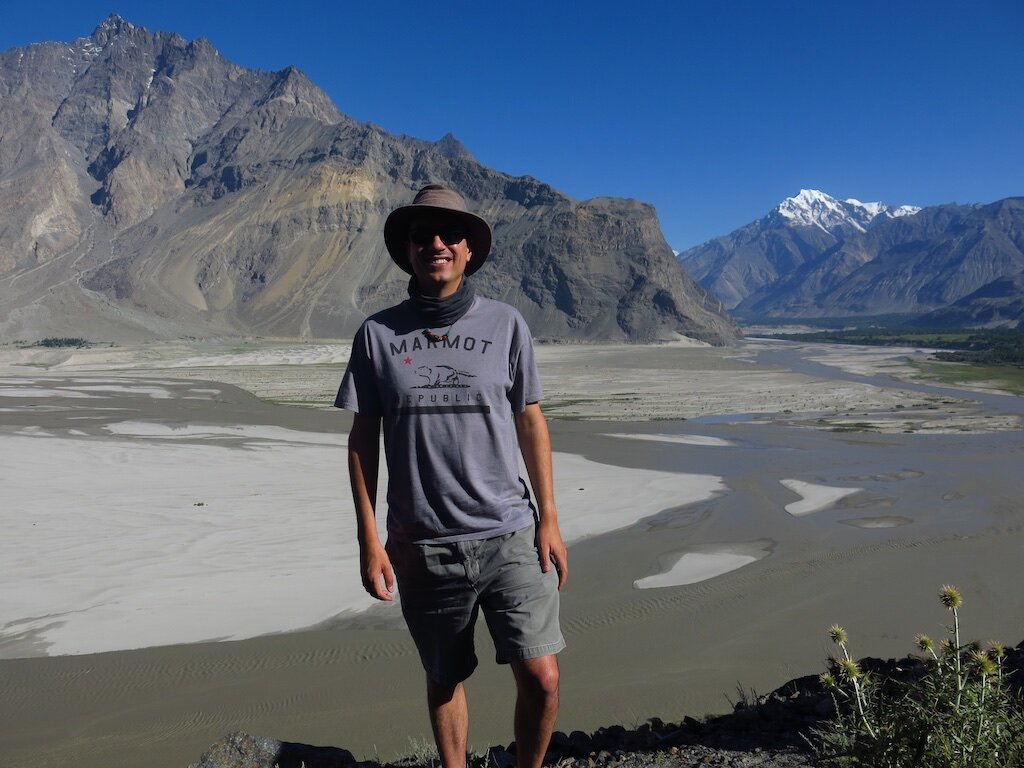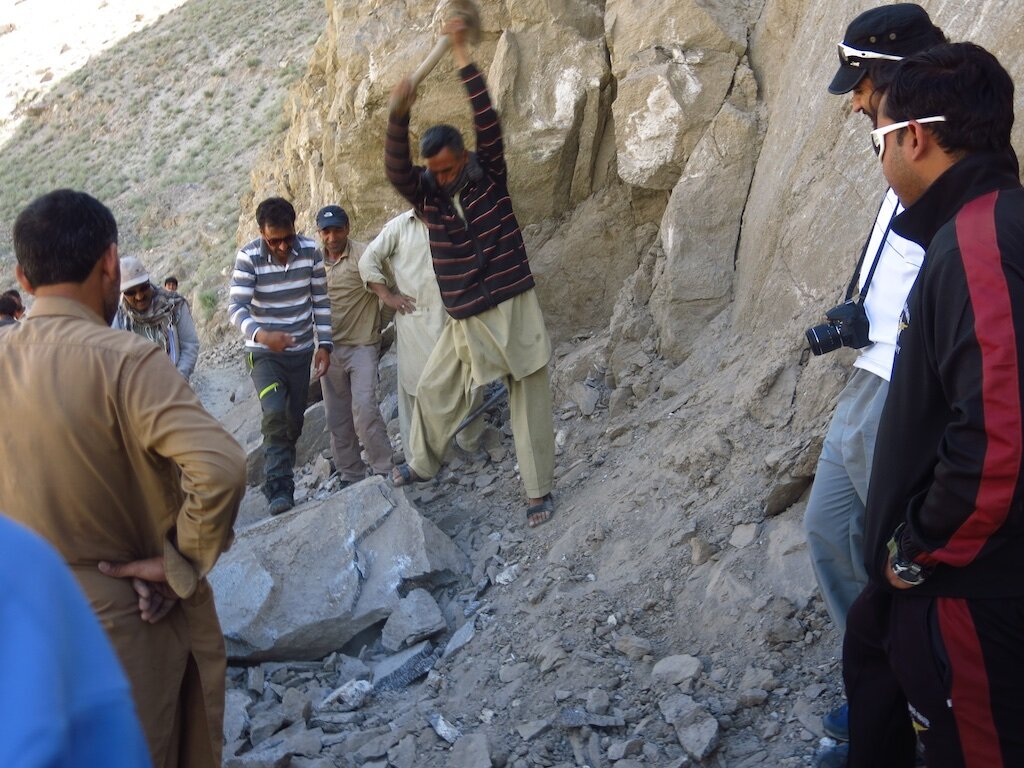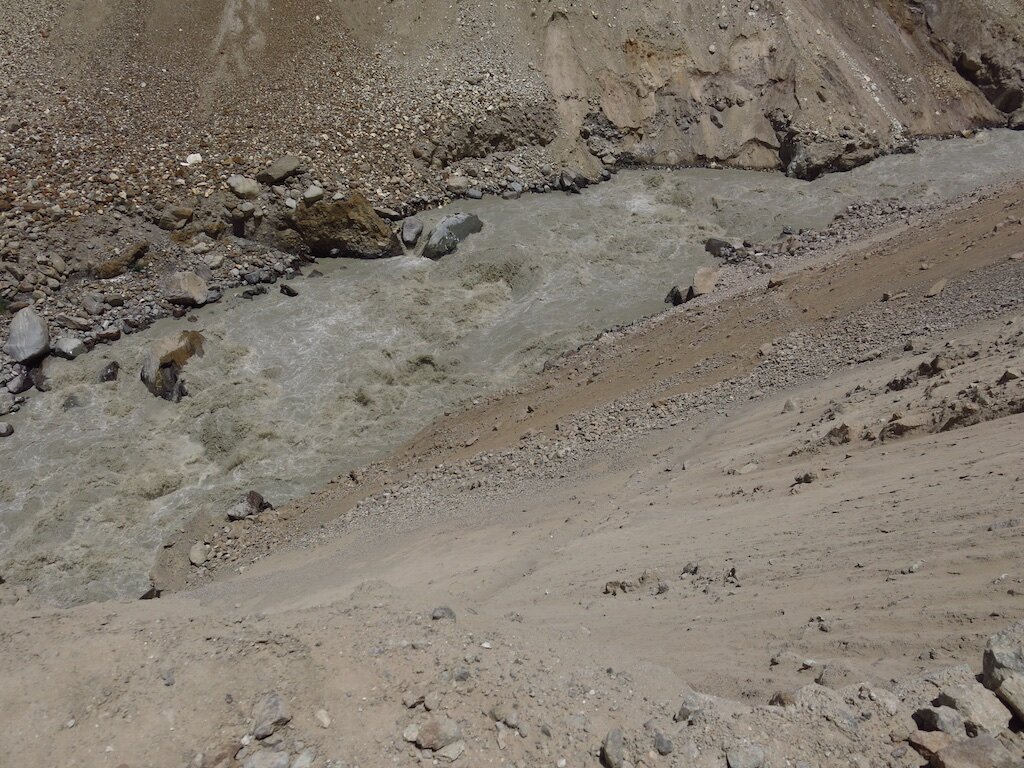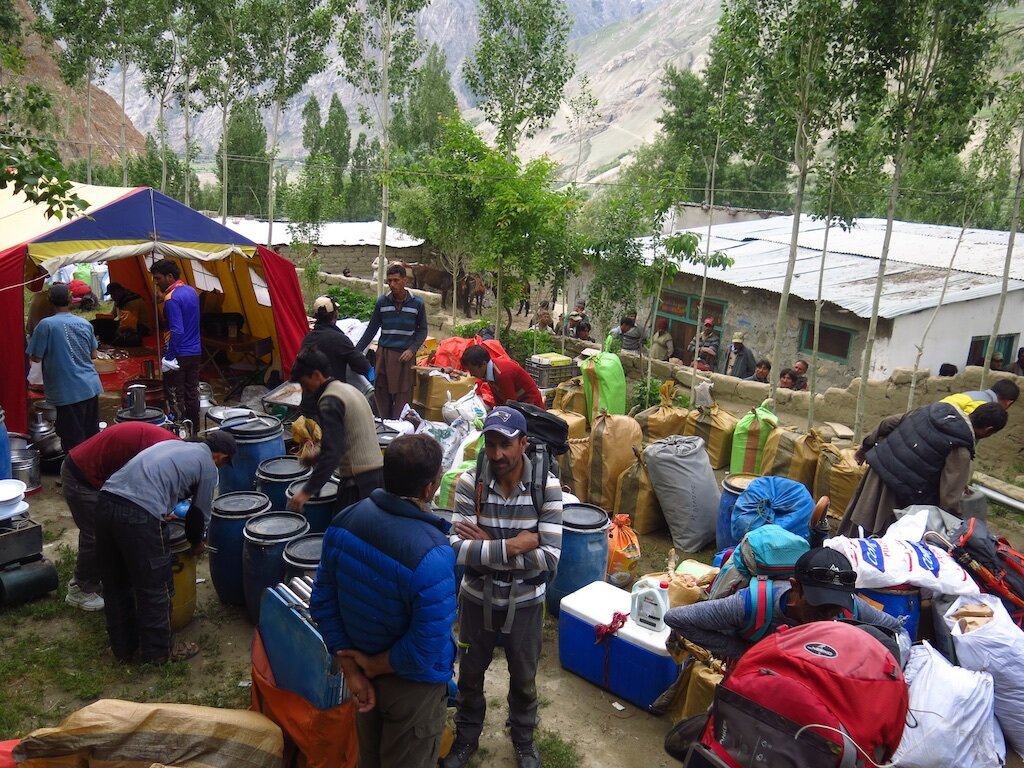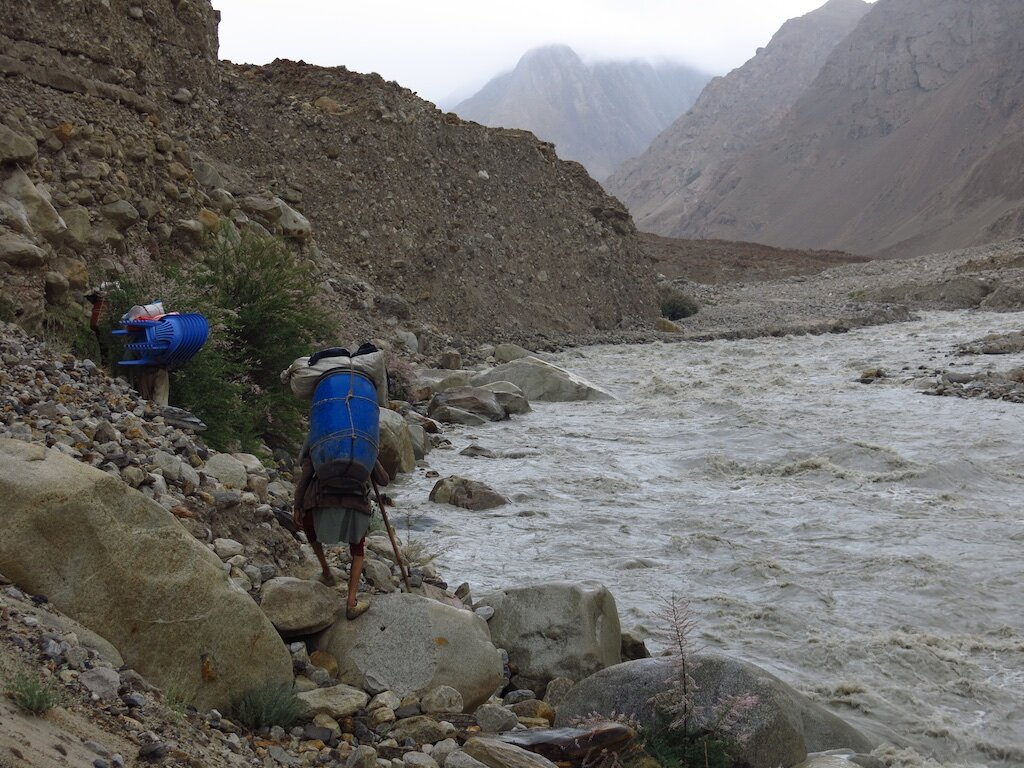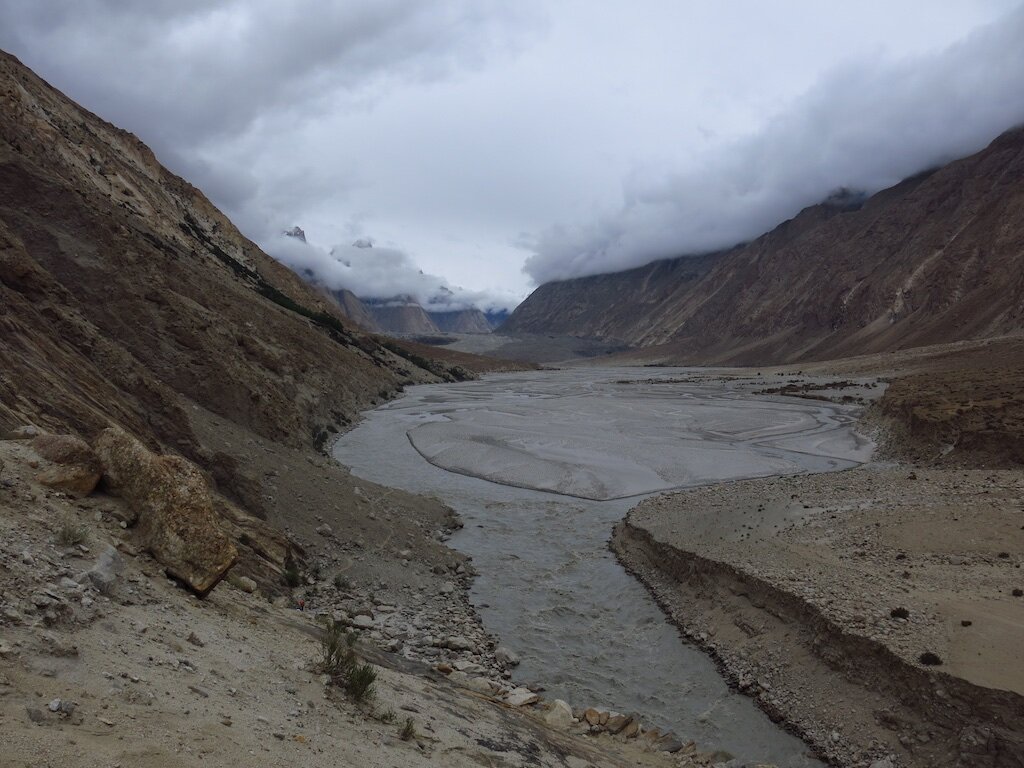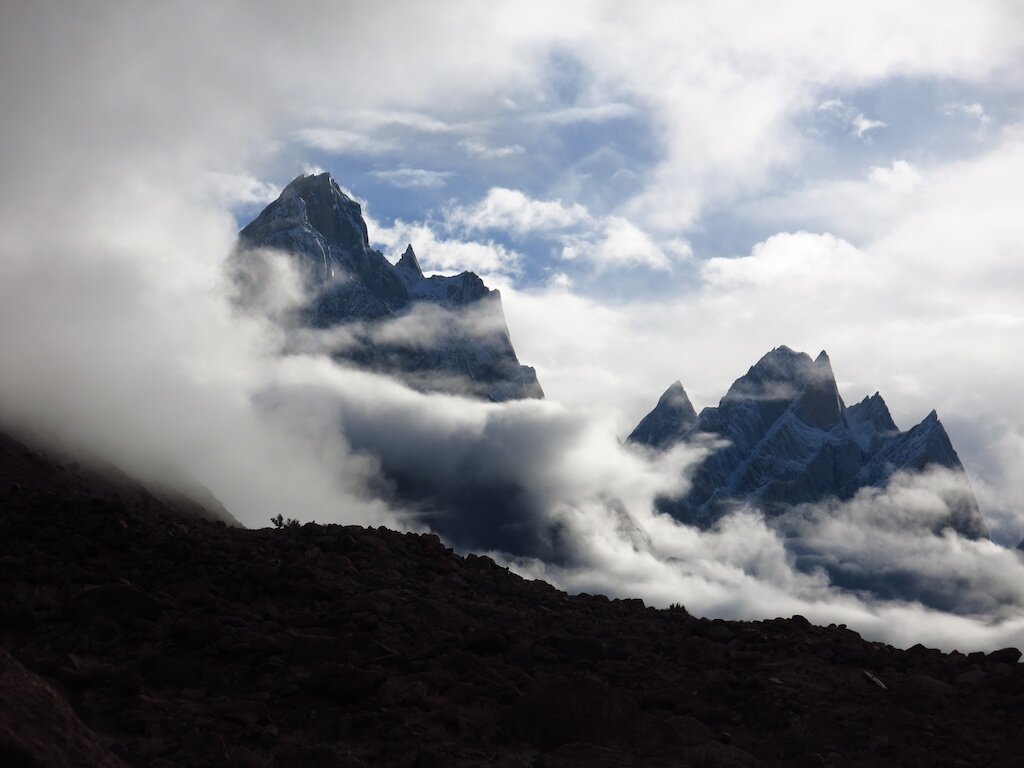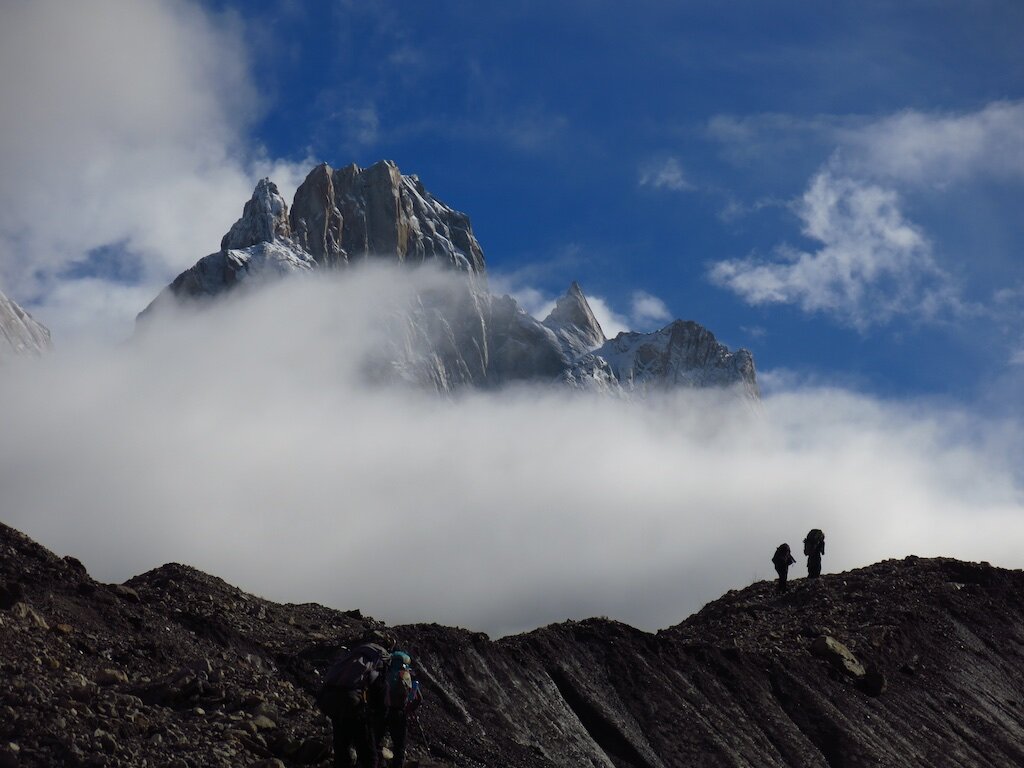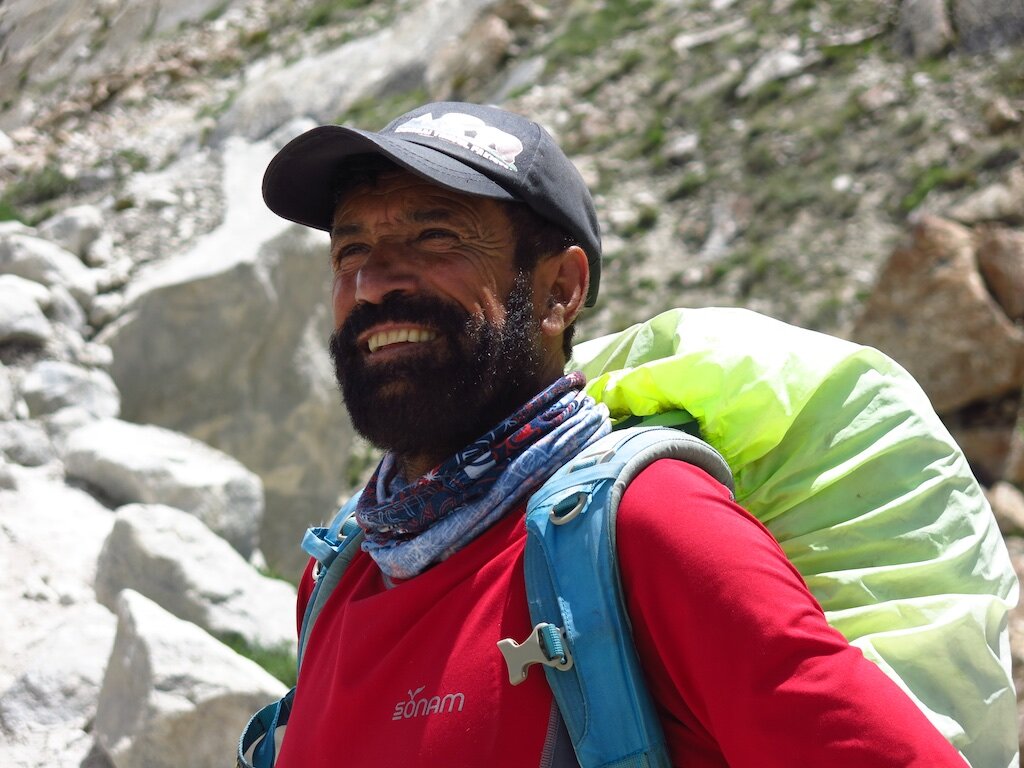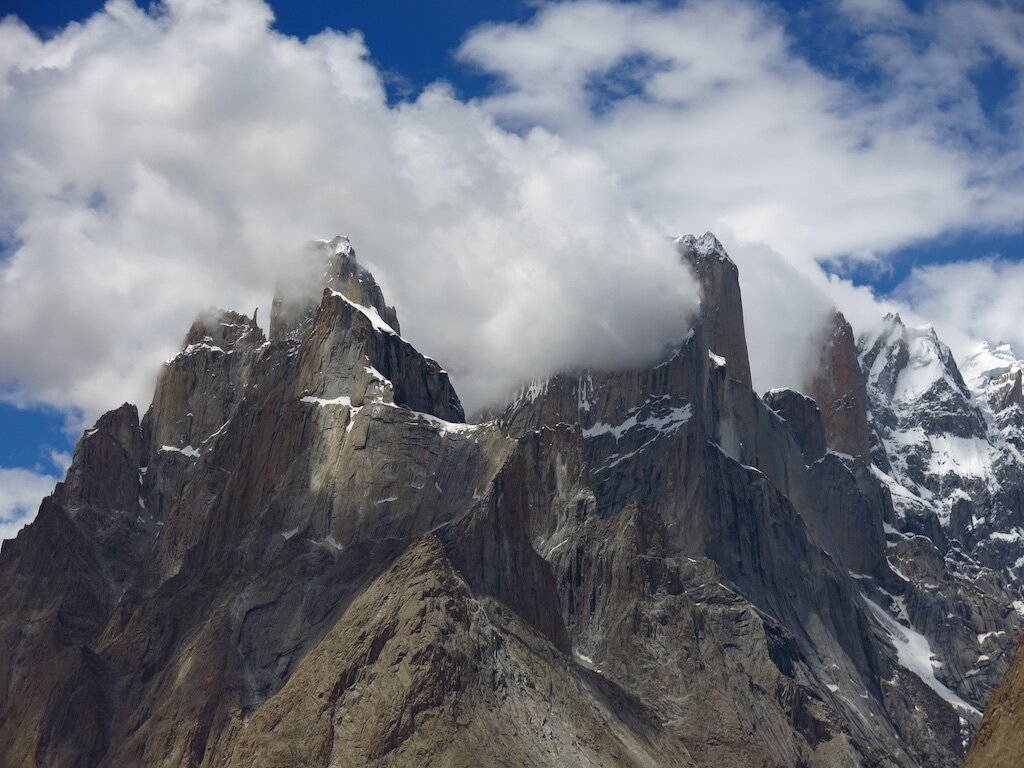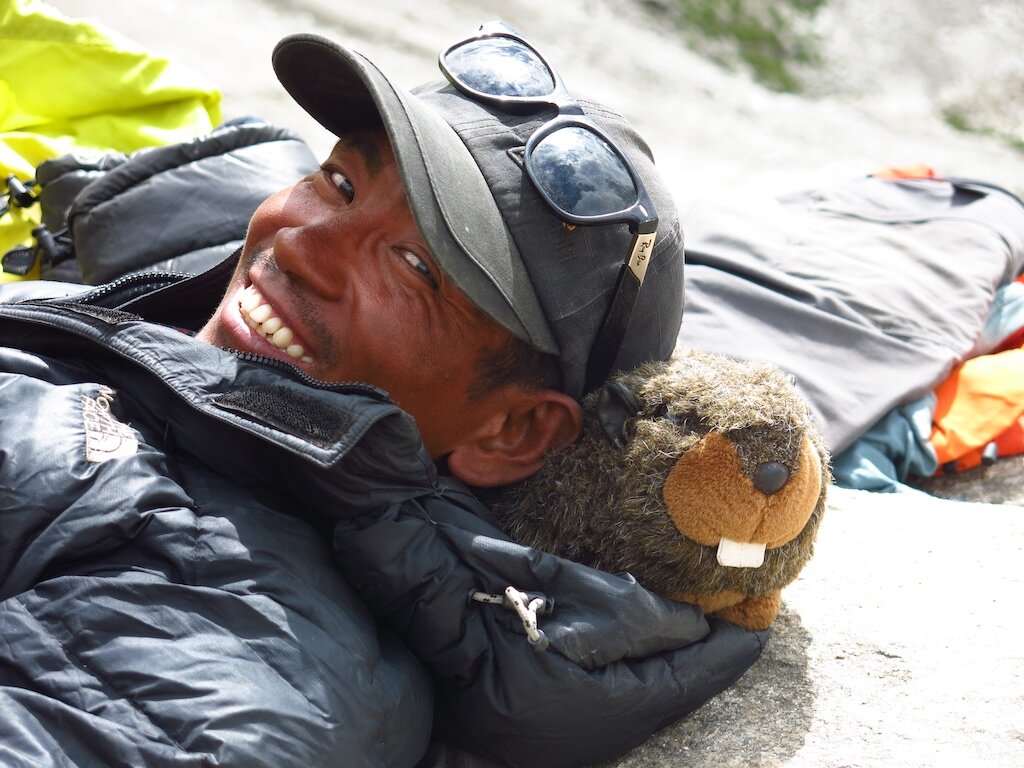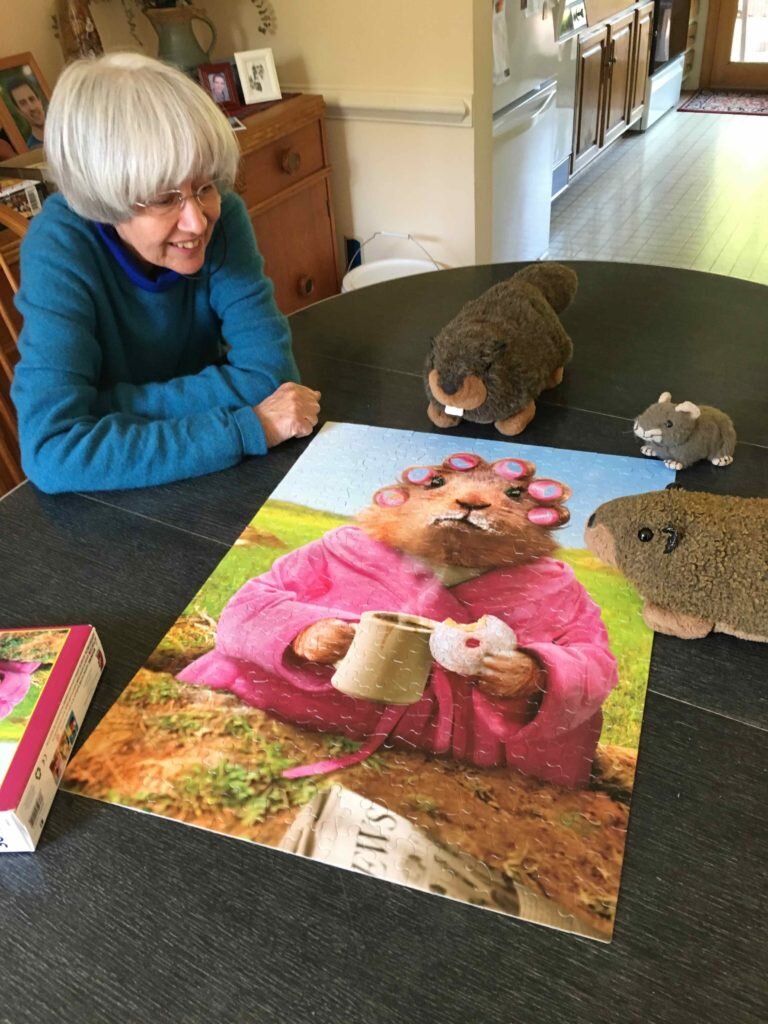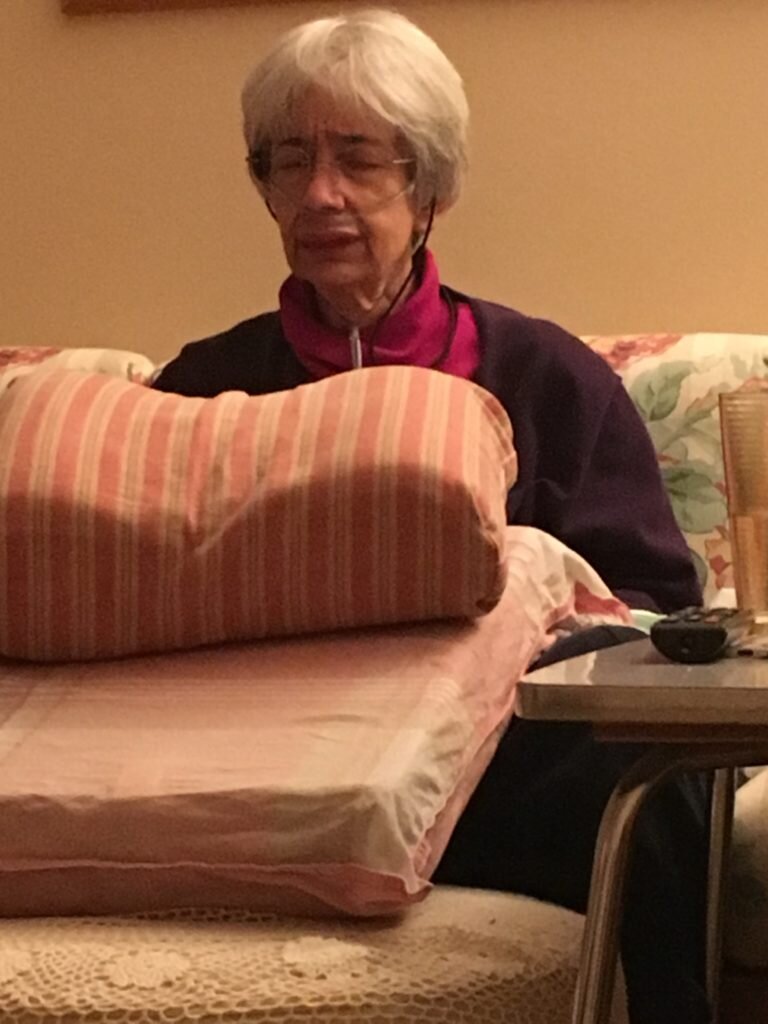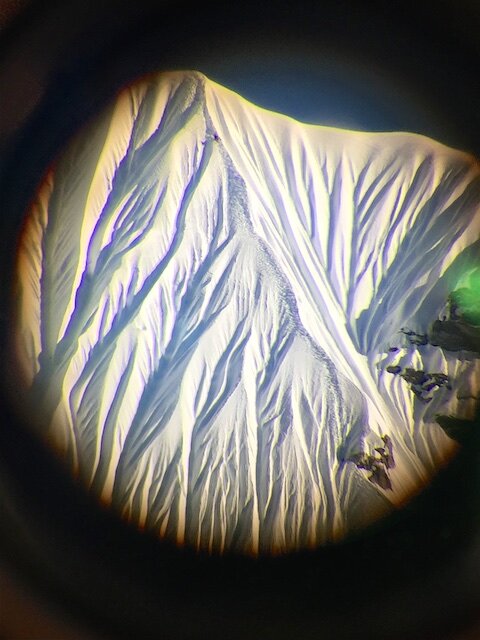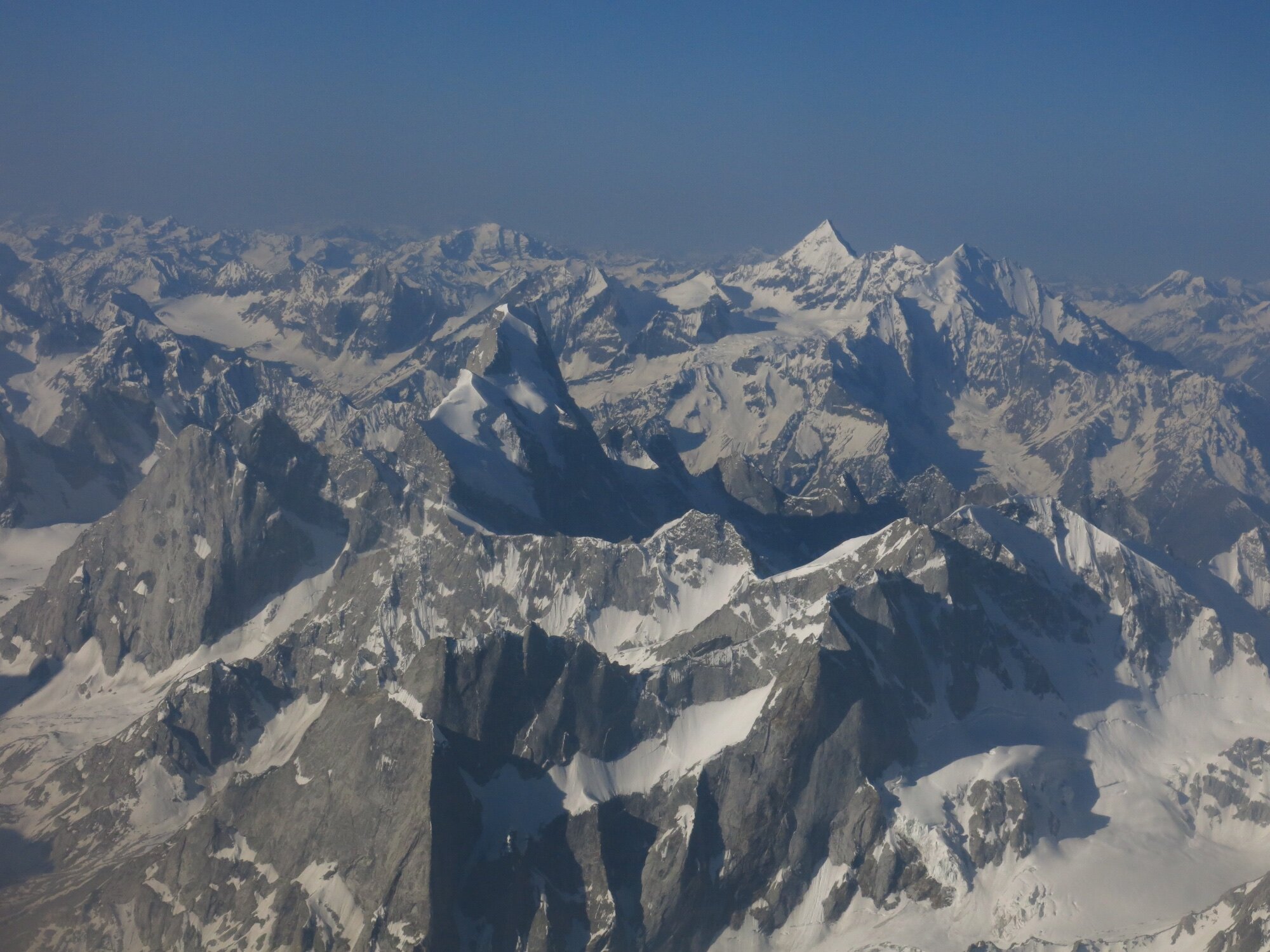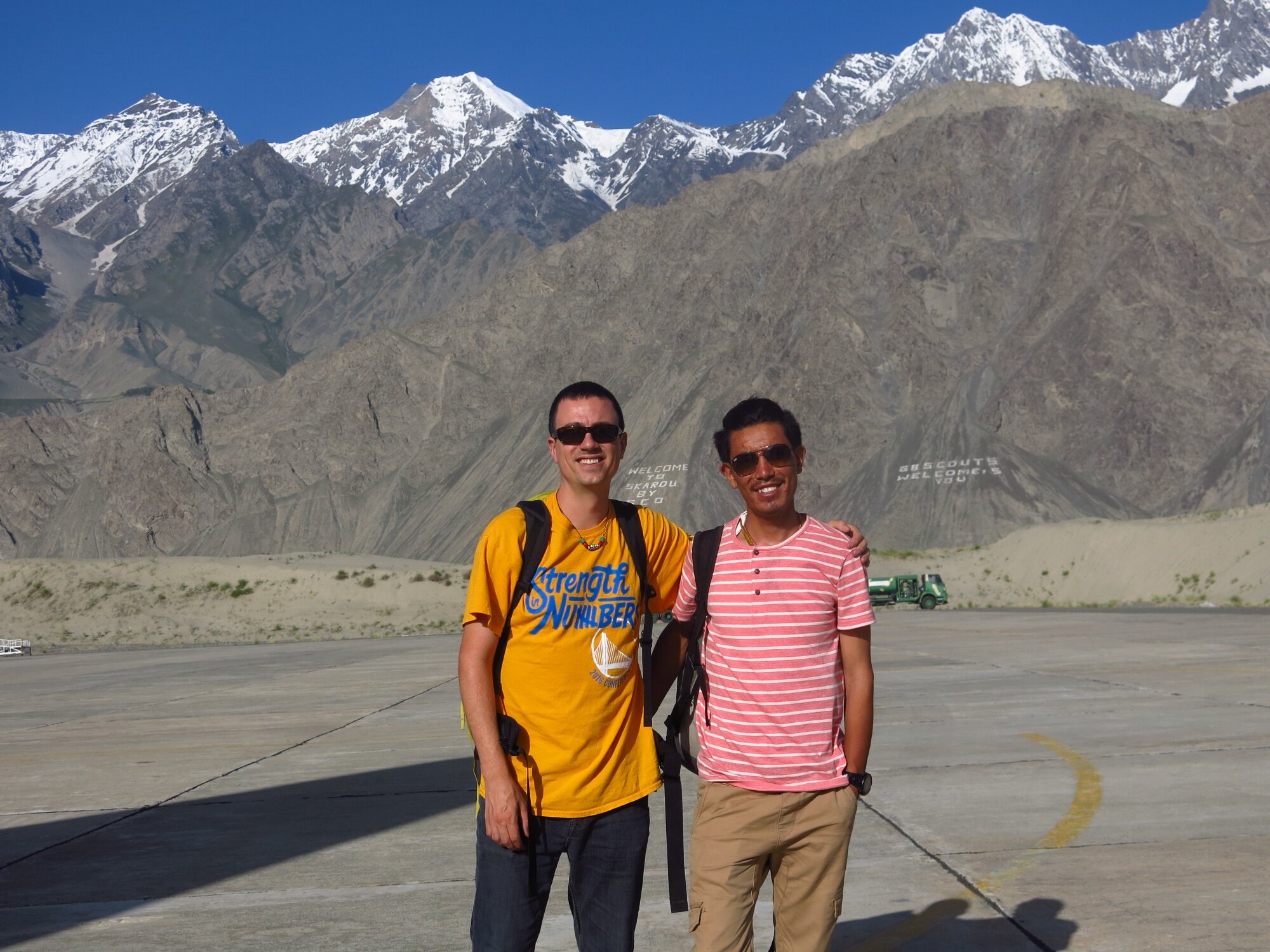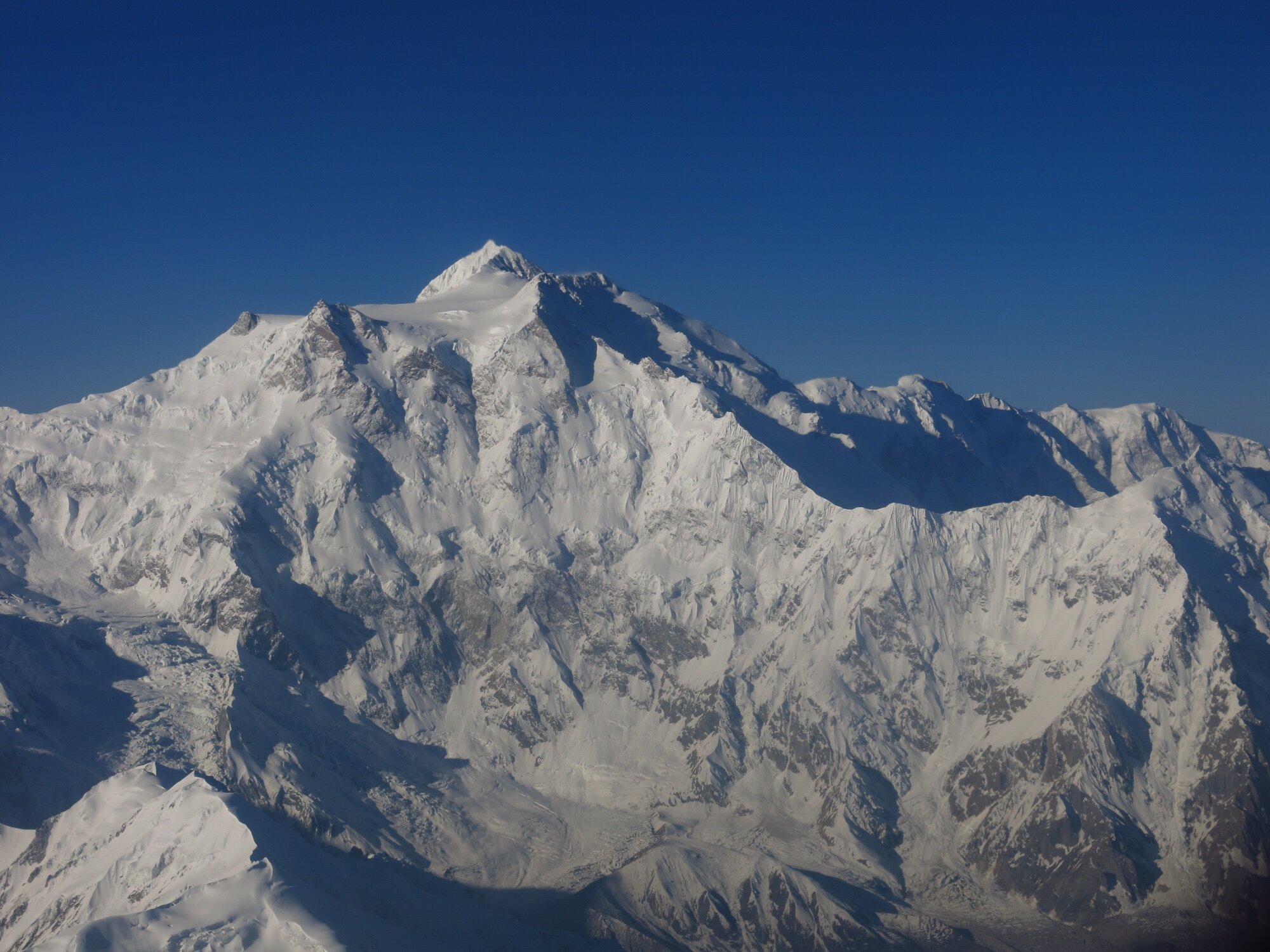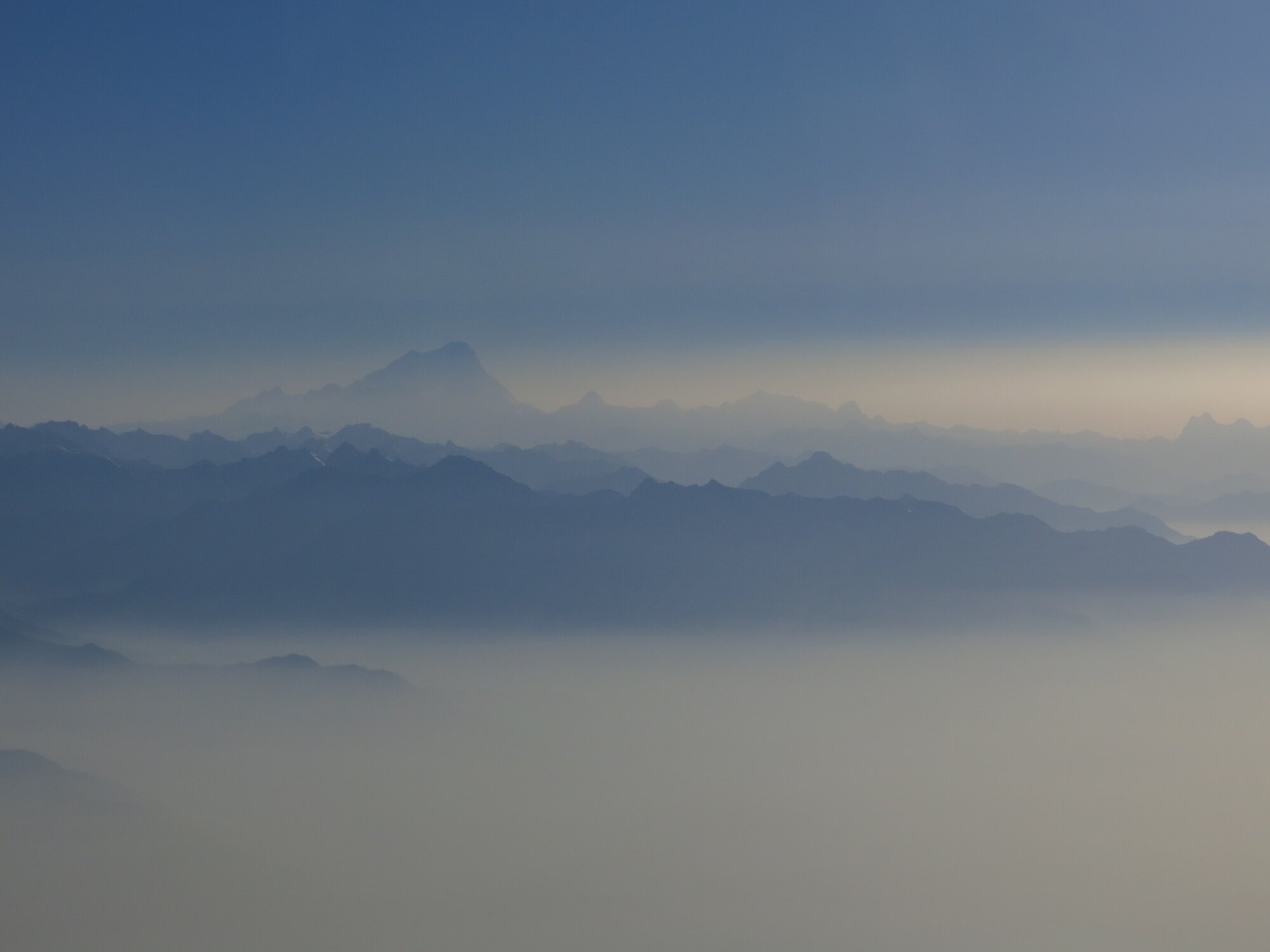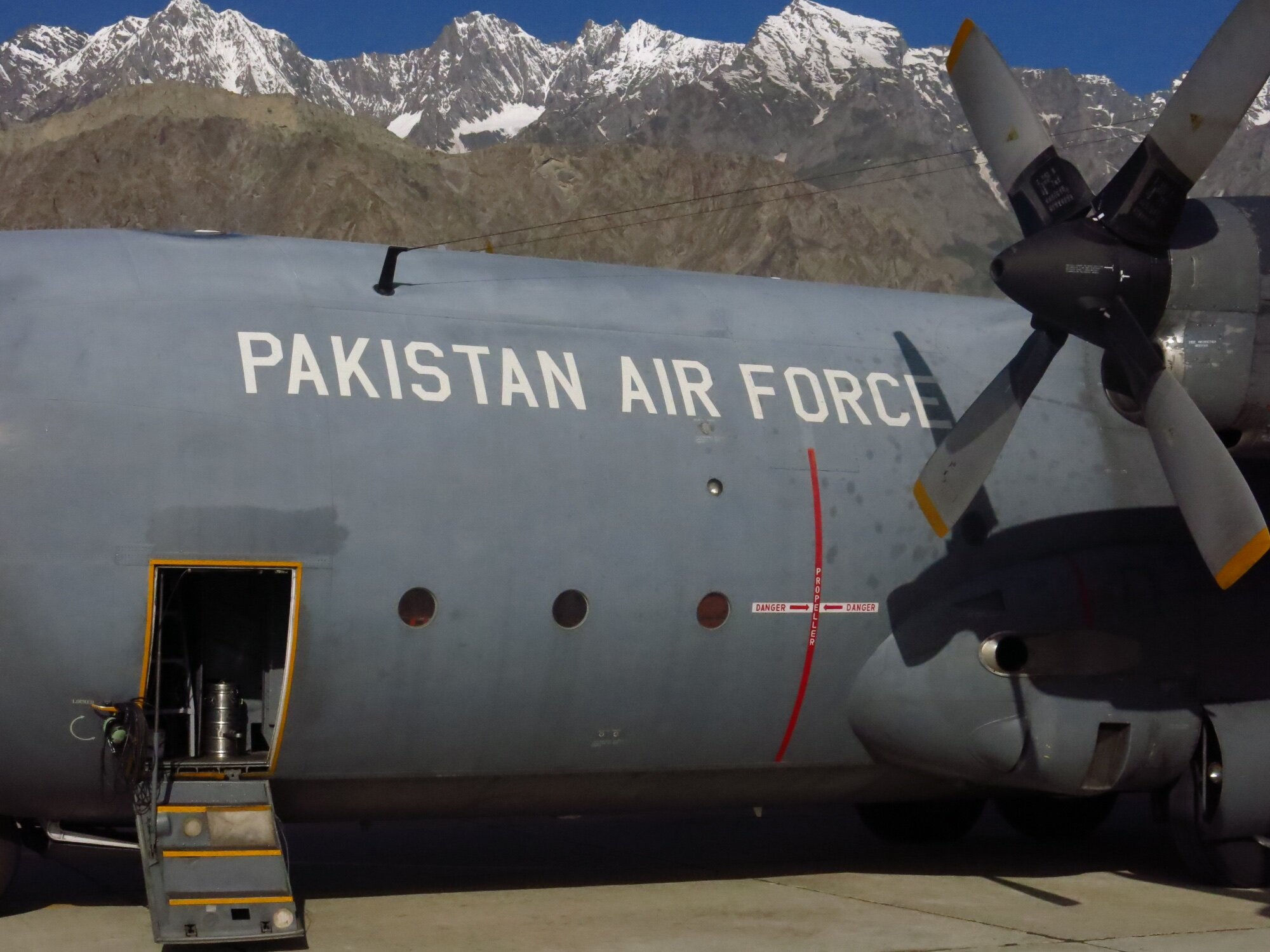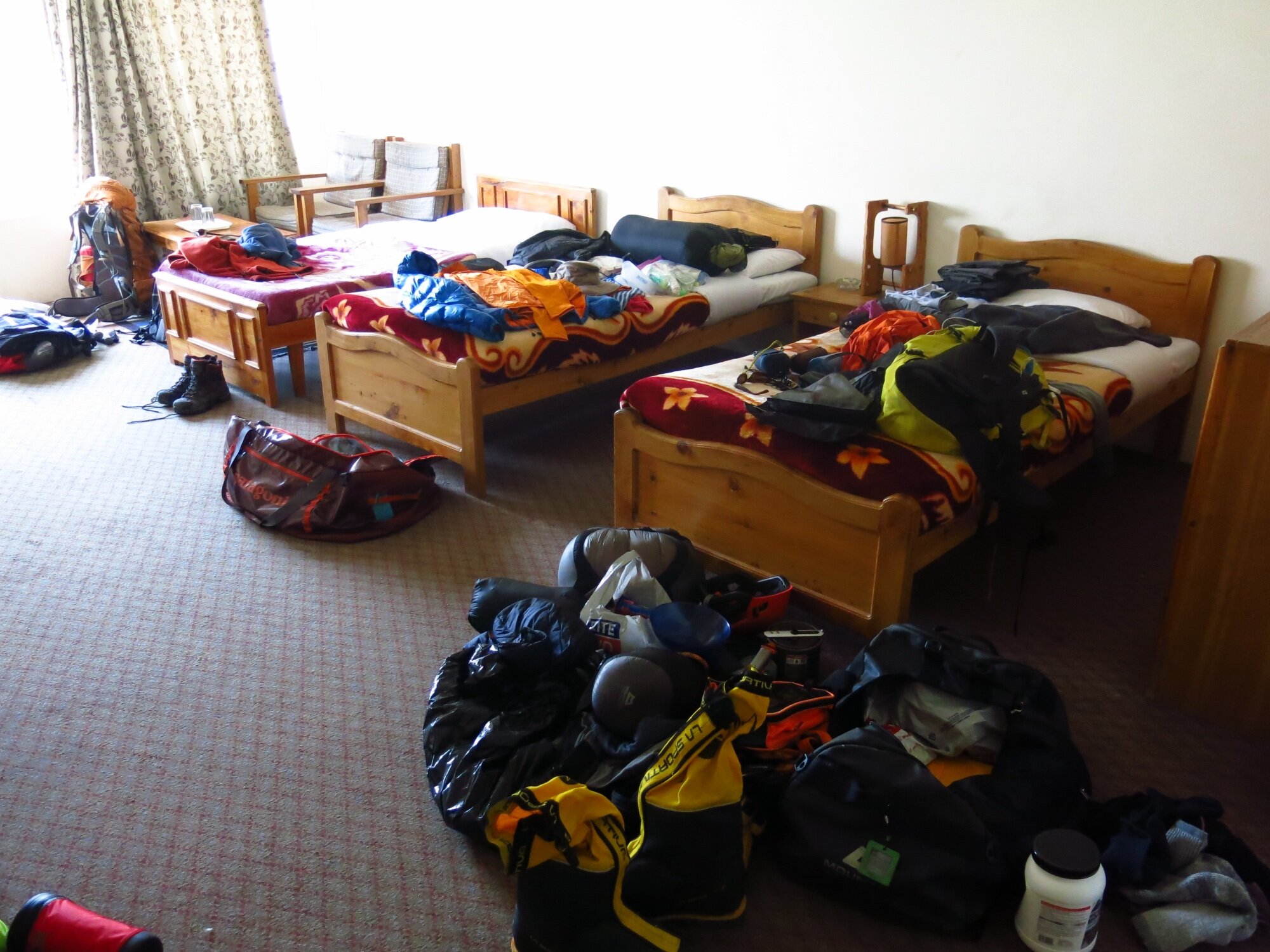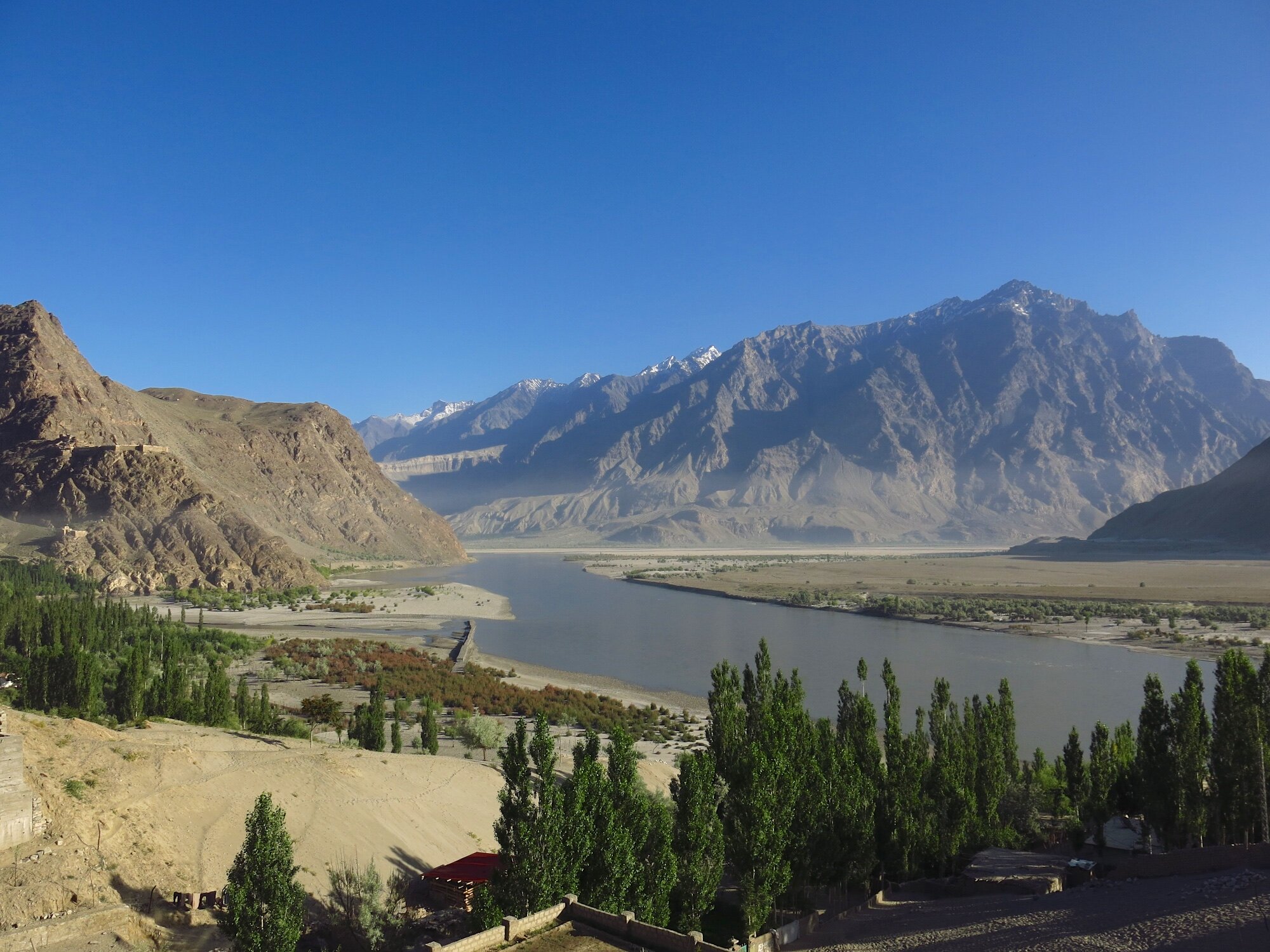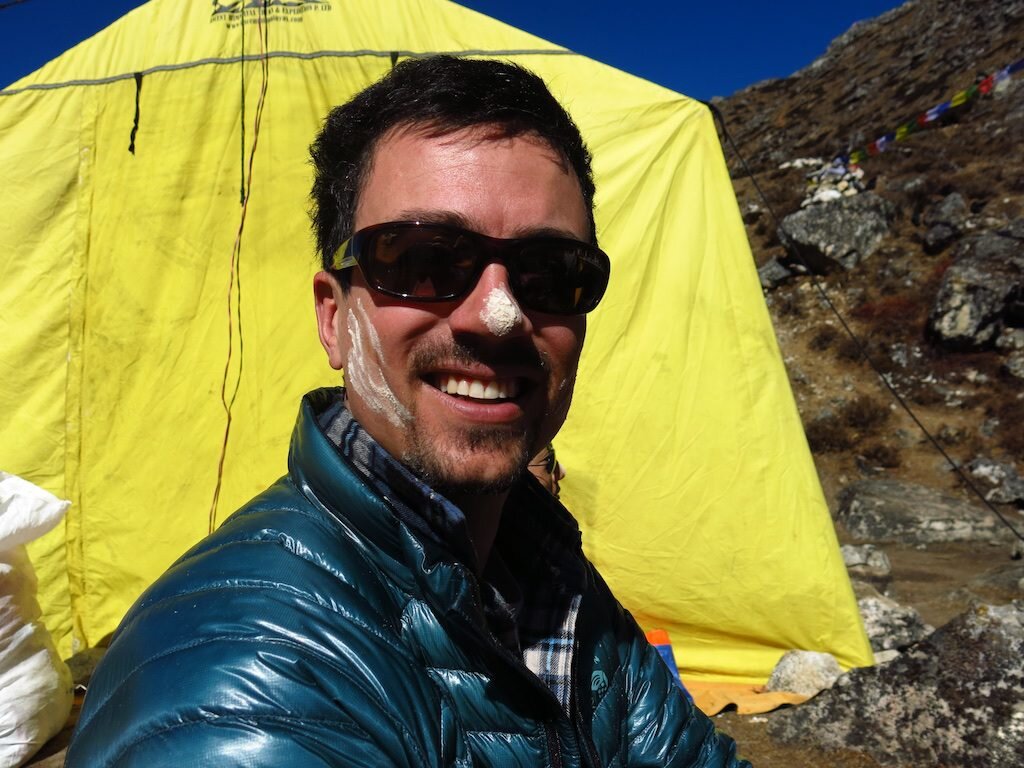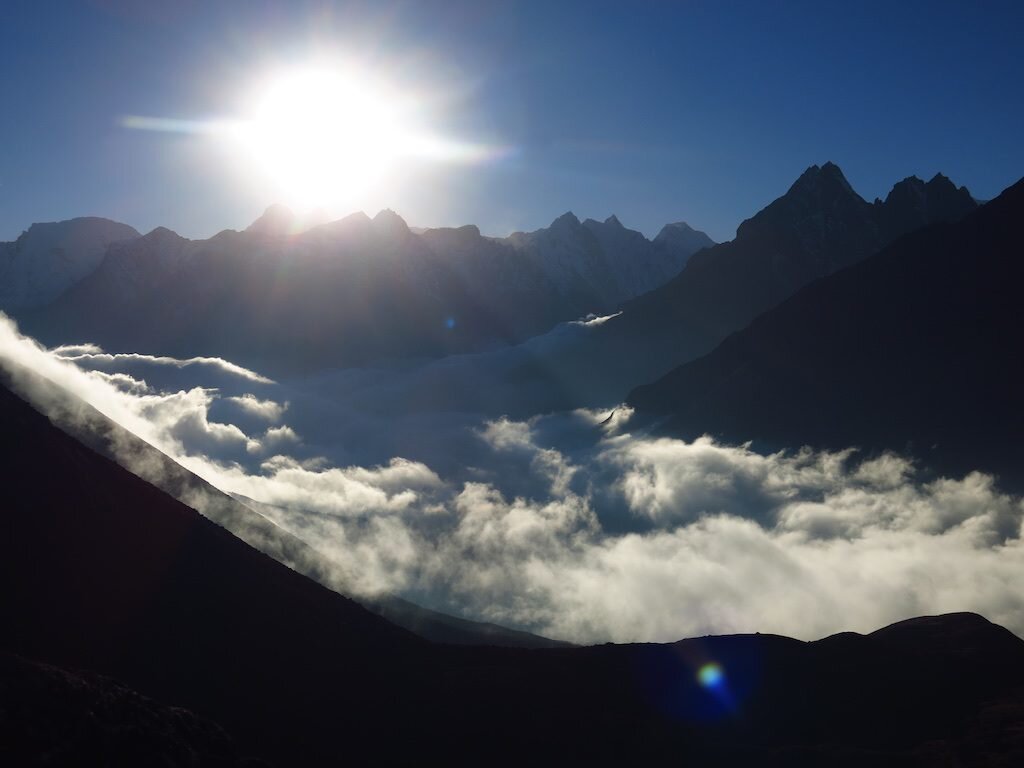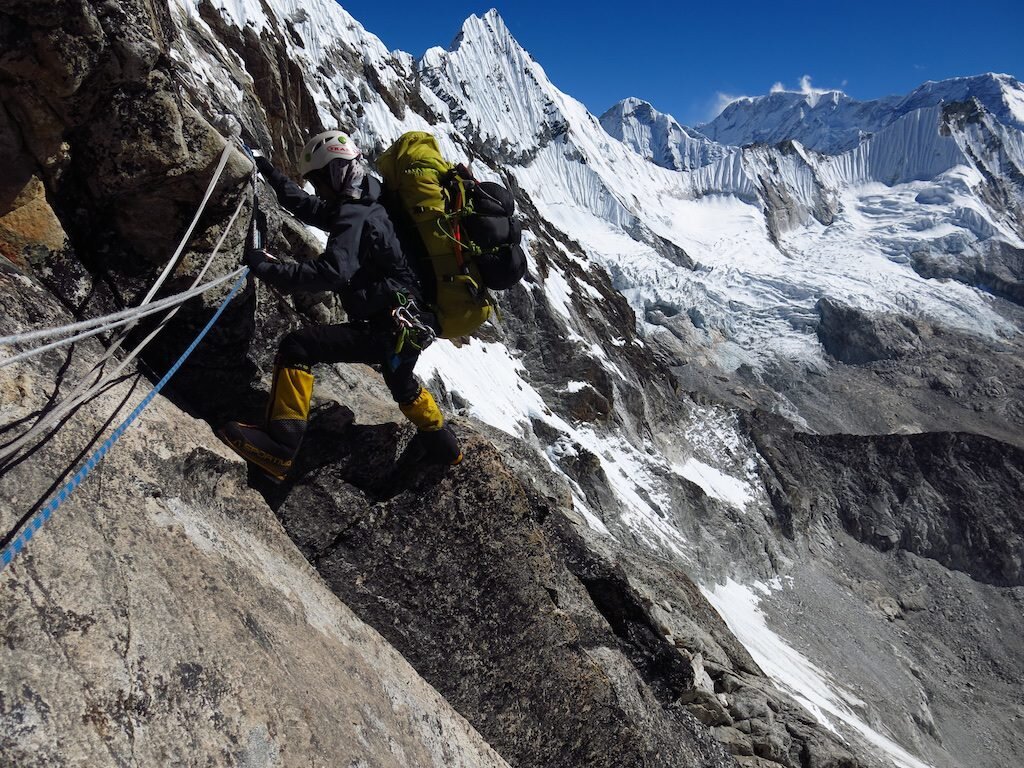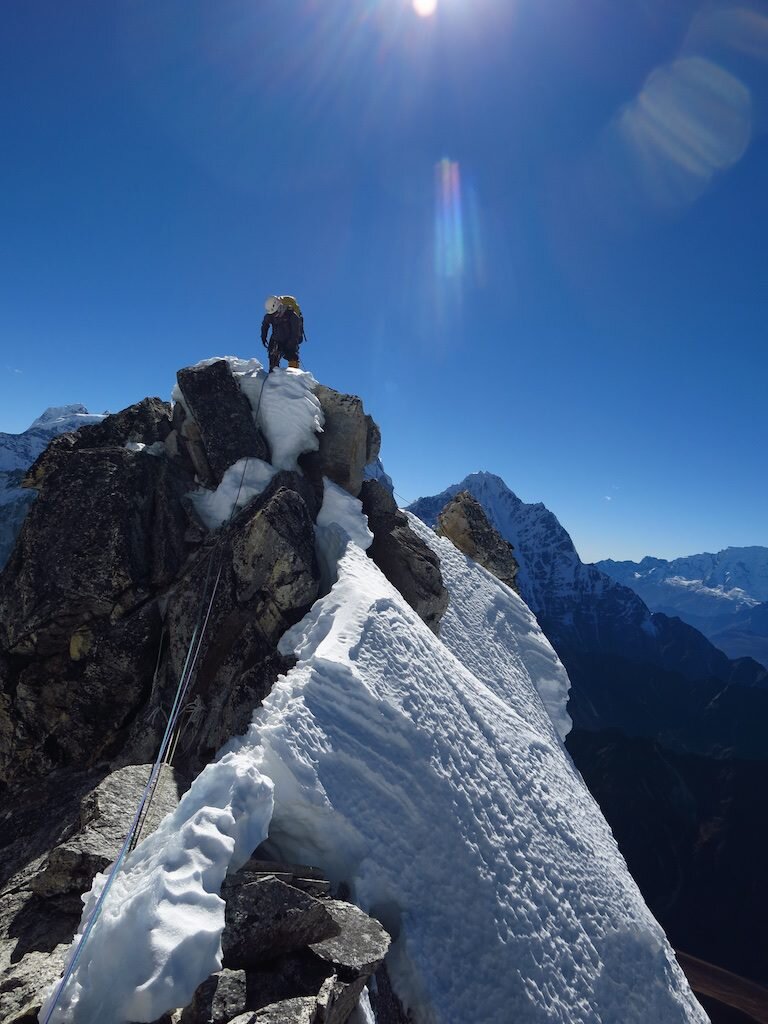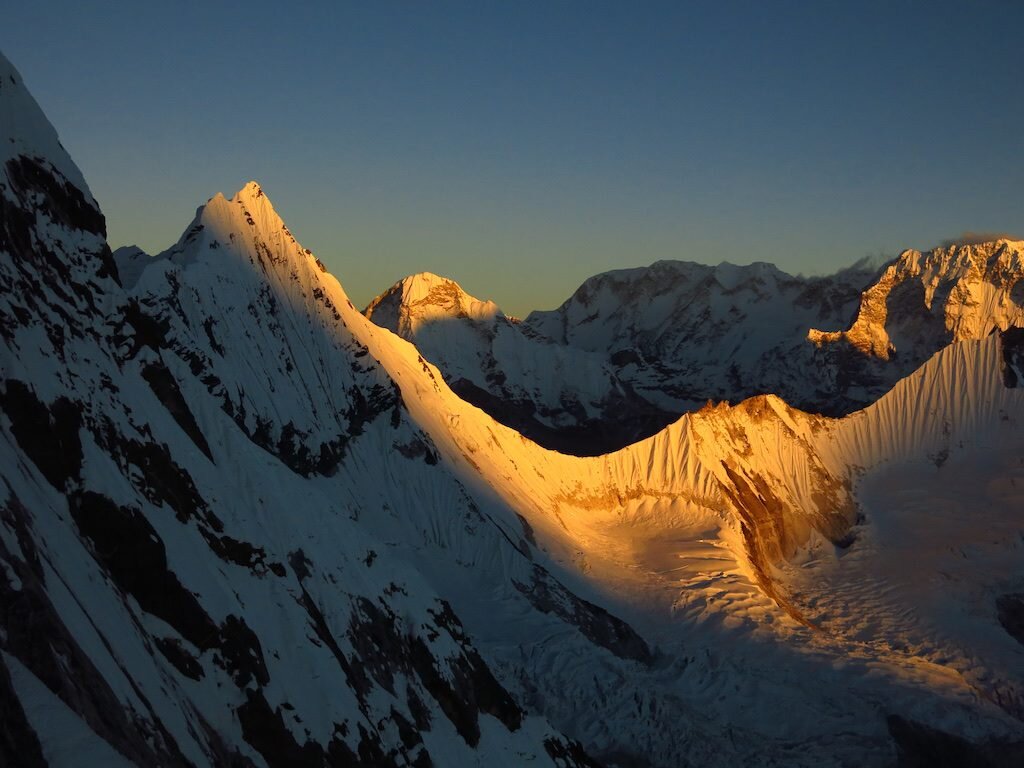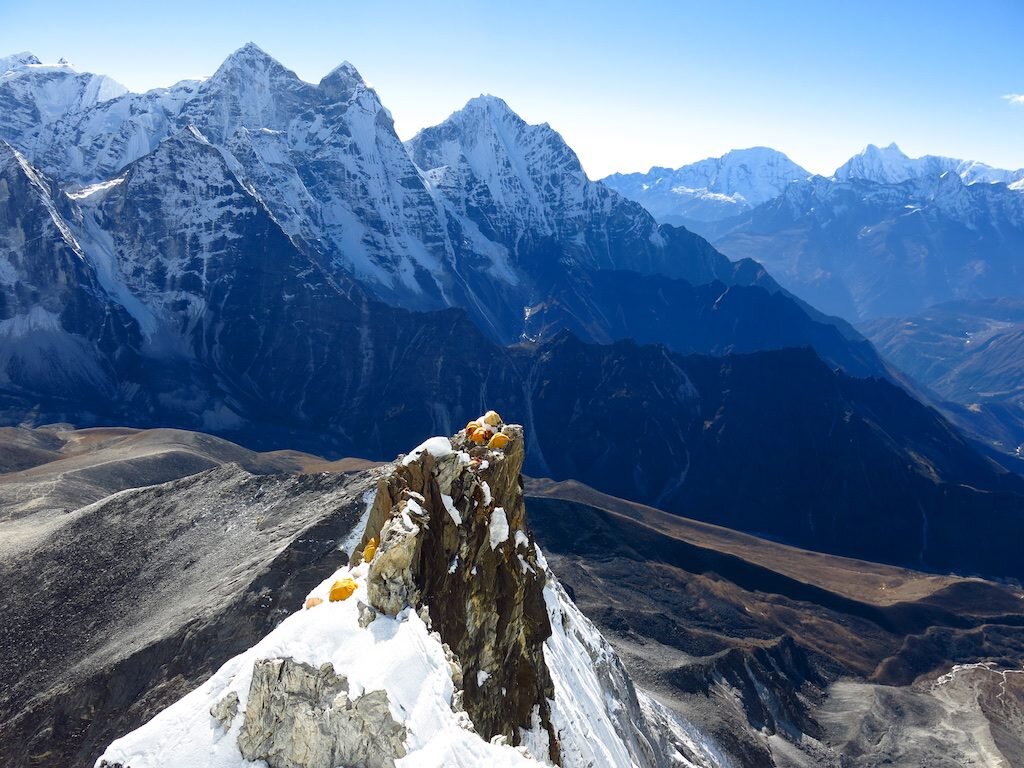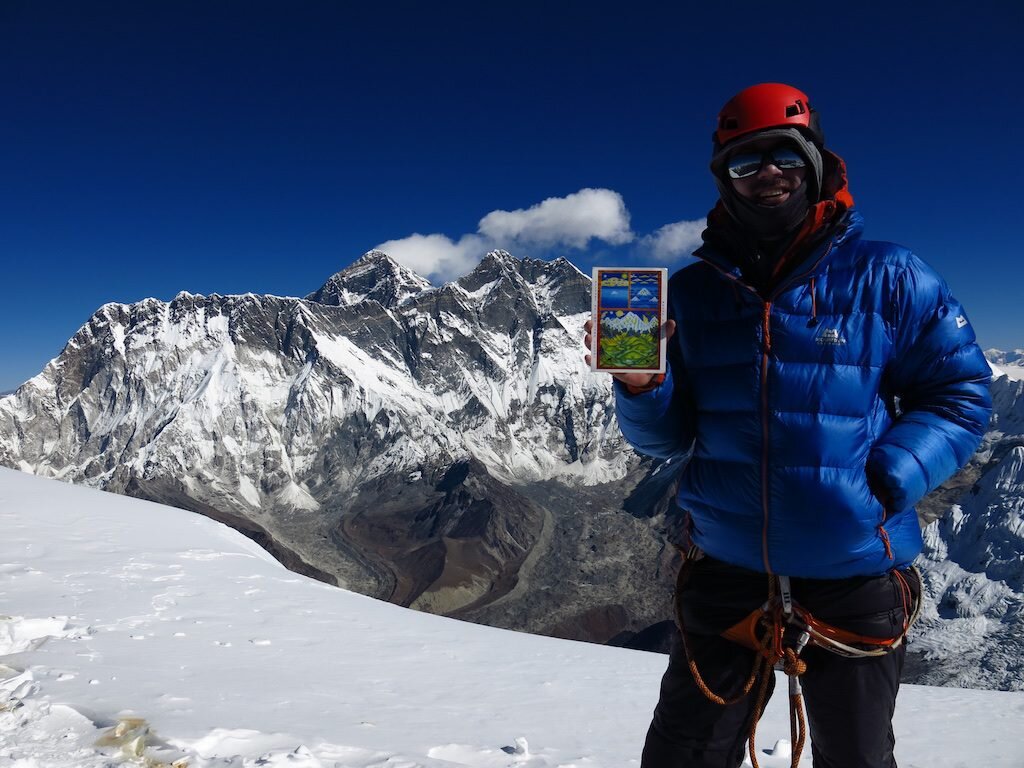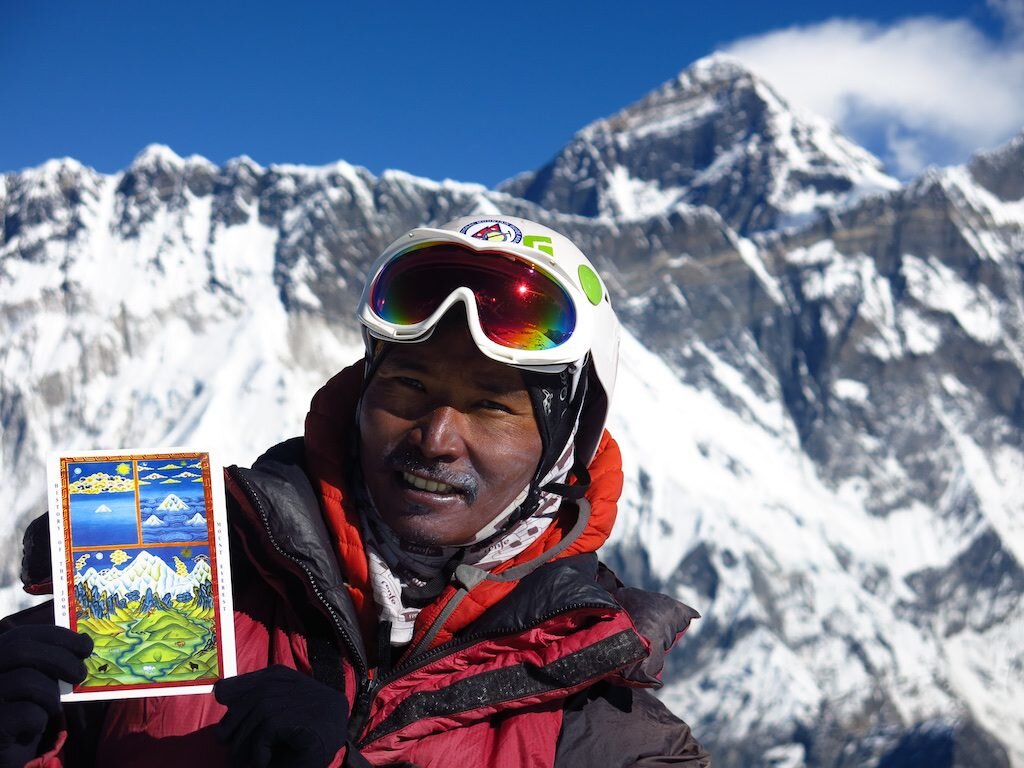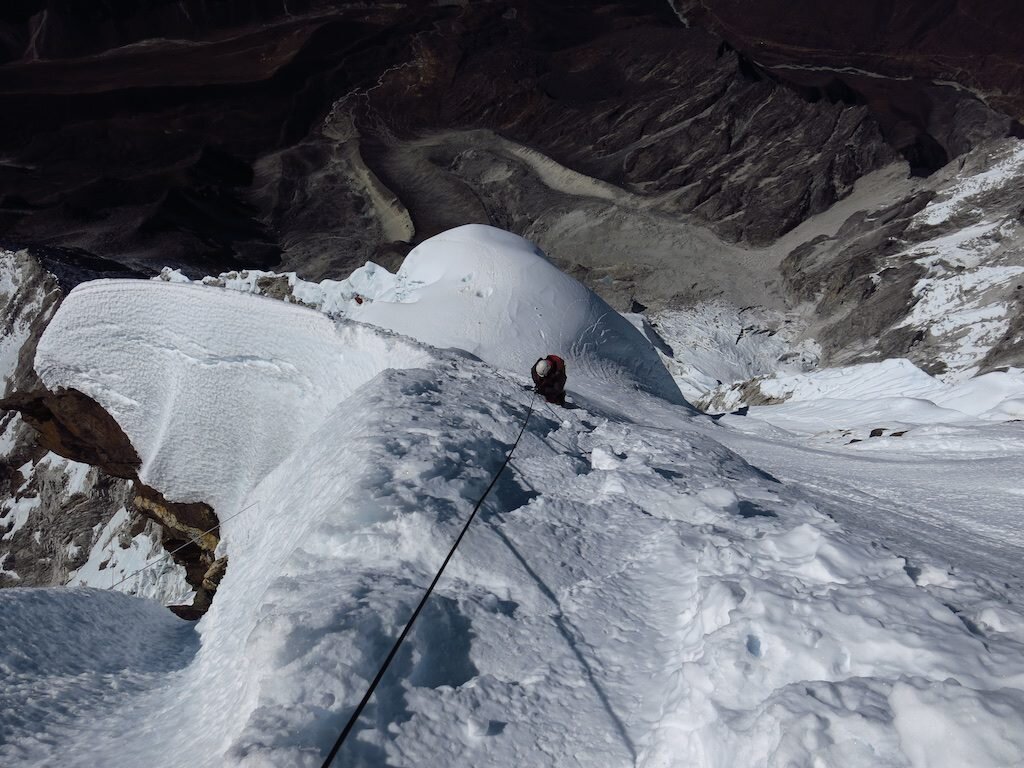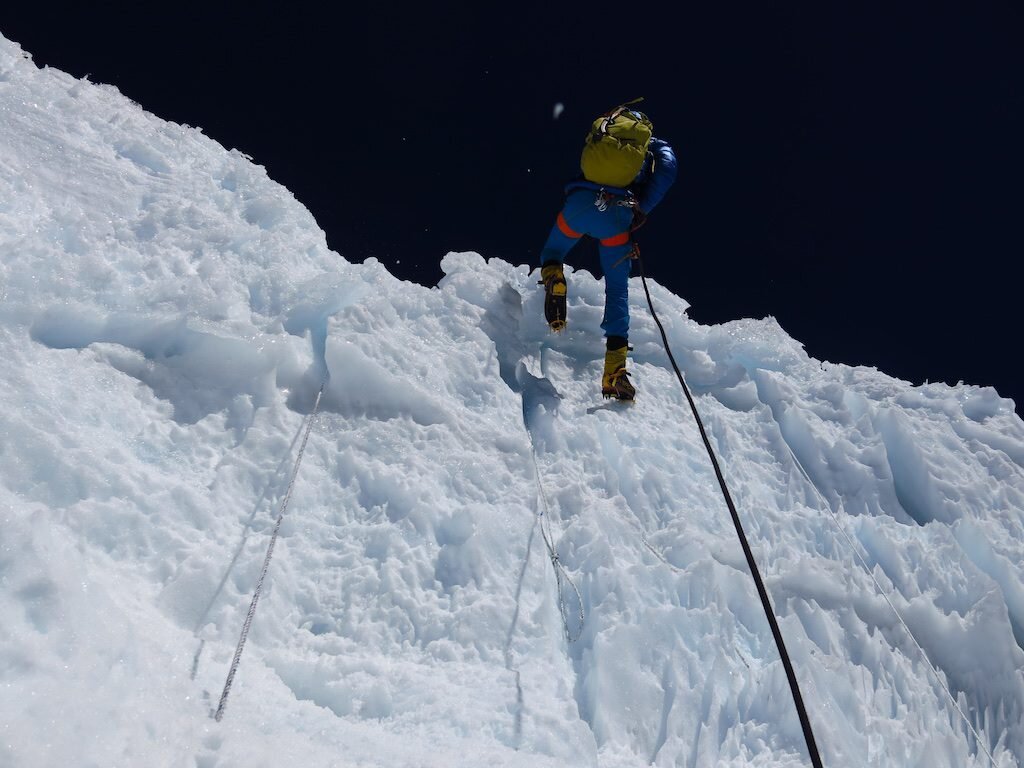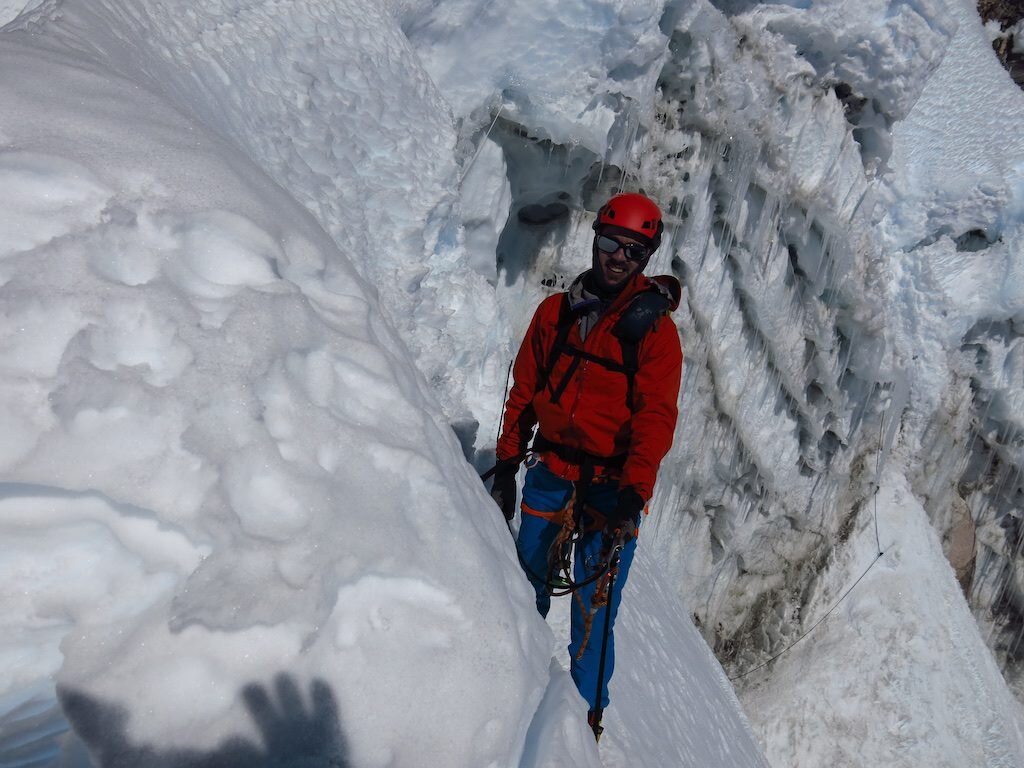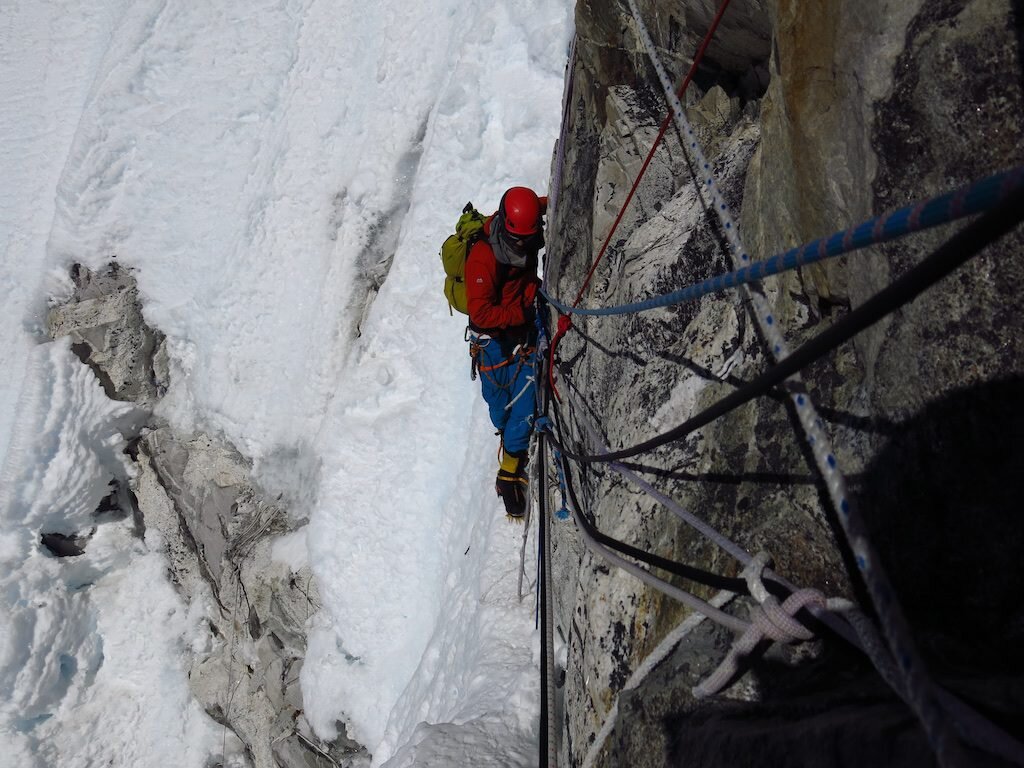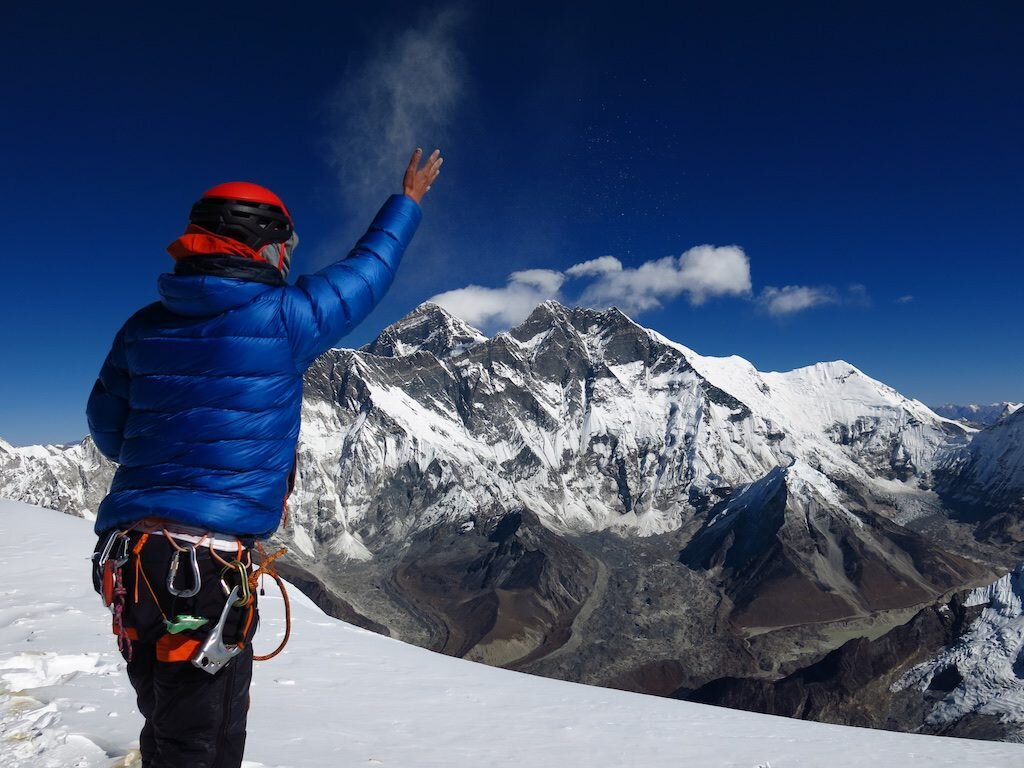Bolivia's Cordillera Real: Acclimatizing in style
















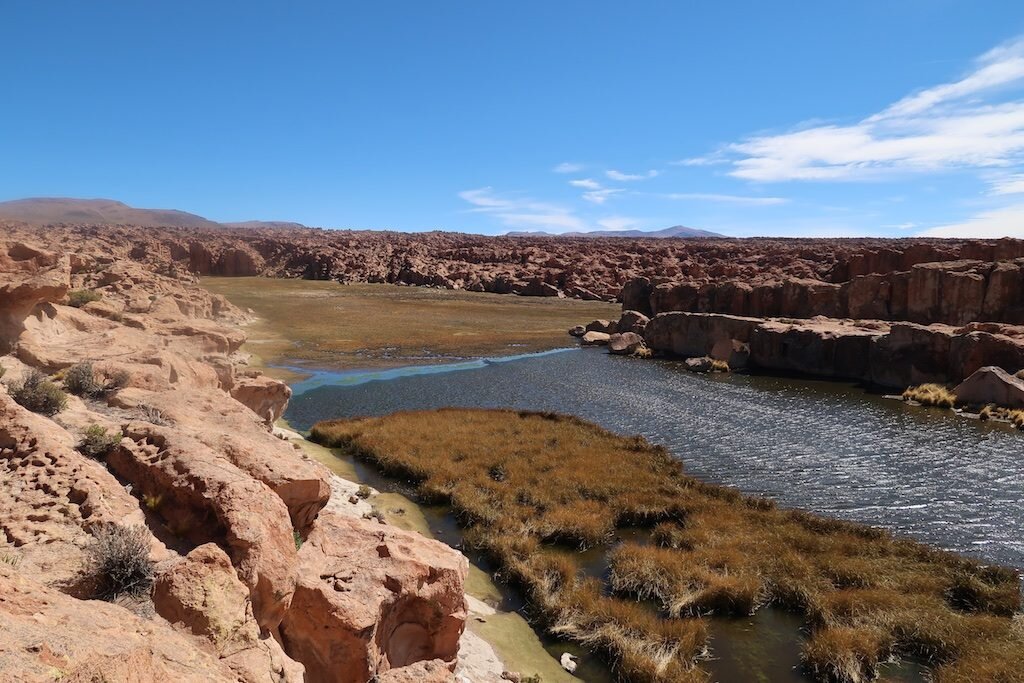













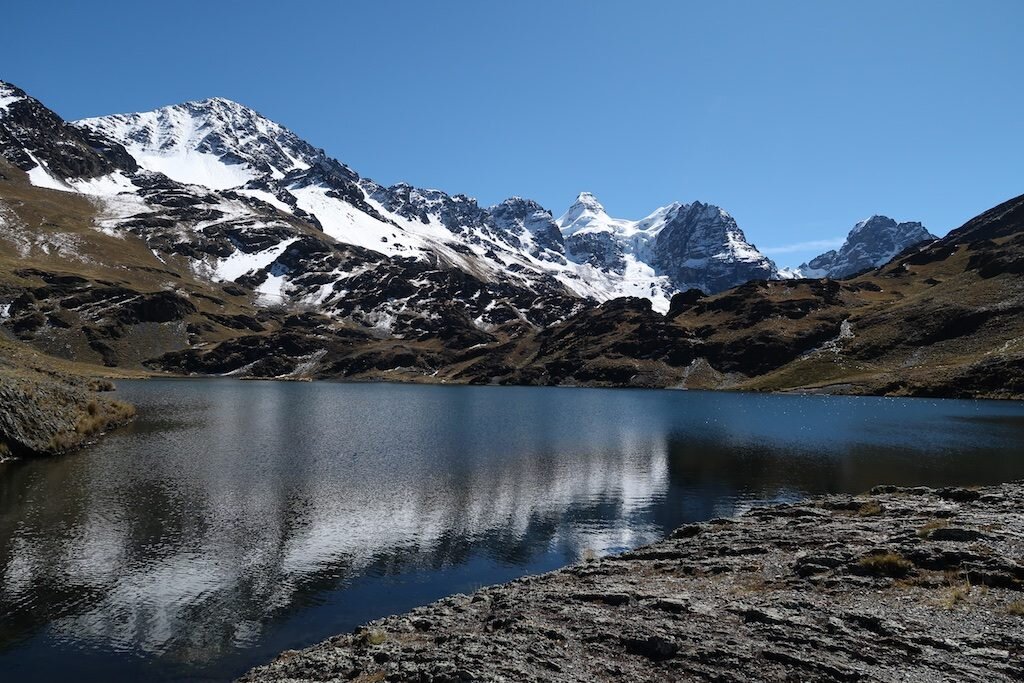


The Solar-Powered Mortgage
Here, I continue the solar-powered life hack series with "The Solar-Powered Mortgage." It's a bit of an awkward one for me because money is a taboo subject. But on the other hand, this story is just too cool to pass up.As a recent home buyer in the Bay Area, I can attest to the unbelievably high cost of housing here. Paying the mortgage is by far my biggest monthly expense. Meanwhile, I'm a diehard "Boglehead" investor who believes in investing in passive index funds to partially support my lifestyle. While this strategy most certainly works over the long haul, in the short term it can make for a very bumpy ride. So I found myself in search of a strategy to smooth the ride (and one that would return more than bonds these days). Enter commercial solar. Solar has undergone a boom over the last several years, with residential and utility-scale solar each increasing by over 500% between 2012-2016:Why has commercial solar lagged behind? I'm not entirely sure, but one reason could be the awkward size of the loans commercial entities seek. Here we're talking about small businesses, non-profits, school districts and the like. The Apples, Googles and Wal-Mart's of the world have plenty of capital to buy solar outright just like those in the residential sector. Imagine being the CFO of a small business and deciding if you're going to purchase a solar system for $350,000 with a payback time of 5-7 years. It's just not going to happen. And for whatever reason, conventional lenders have been sluggish in this space, leaving room for disruption.Wunder Capital found a way to package solar loans in an attractive way for both lenders and borrowers. Here's how it works:Borrowers get the money they need for their system with no money down. Well technically, they put 30% down as they get to claim the 30% federal tax credit. Free money! Then they pay down their loan at a 7.5% rate over a 20 year amortization term. Investors (like me) get a 7.5% return on their investment in the form of monthly direct deposits for five years, when they're due a balloon payment. At this point, borrowers would likely refinance and continue to pay down their solar loans. Also, importantly, investors get diversification from the entire portfolio of loans (currently hundreds of projects located in 37 states).Before we go on: what is the risk of this investment? Well, these are real solar installations, producing energy tied to the US grid. So as long as the panels themselves are producing and there is a power consumer under that rooftop, the investments will pay. Where things get dicey is if a borrower goes out of business and then no one occupies their building for an extended period. Fortunately, I think diversification helps greatly with this, though as with all investments there are risks.Being the type of guy who optimizes things in Excel for fun, I set out to calculate the exact amount needed to offset my mortgage payment. So how much do you need to have a solar-powered mortgage? Well, the numbers depend on your interest rates, size of your down payment and many other details. But in my case, I made approximately a 35% down payment and a 35% investment in Wunder to be completely free of my mortgage burden. I actually oversized my investment to 50% to cover property taxes, insurance and a little extra. Essentially for a double down payment, and significantly less than paying cash for a house, I get to live in my house for free while building equity on autopilot. And of course, it's possible to do this with smaller numbers and still get the benefits of a high yield bond-like investment in commercial solar.But it's not all about the money. There are significant environmental offsets from such a large investment in renewable energy. Here's my progress report after a few months:
Enter commercial solar. Solar has undergone a boom over the last several years, with residential and utility-scale solar each increasing by over 500% between 2012-2016:Why has commercial solar lagged behind? I'm not entirely sure, but one reason could be the awkward size of the loans commercial entities seek. Here we're talking about small businesses, non-profits, school districts and the like. The Apples, Googles and Wal-Mart's of the world have plenty of capital to buy solar outright just like those in the residential sector. Imagine being the CFO of a small business and deciding if you're going to purchase a solar system for $350,000 with a payback time of 5-7 years. It's just not going to happen. And for whatever reason, conventional lenders have been sluggish in this space, leaving room for disruption.Wunder Capital found a way to package solar loans in an attractive way for both lenders and borrowers. Here's how it works:Borrowers get the money they need for their system with no money down. Well technically, they put 30% down as they get to claim the 30% federal tax credit. Free money! Then they pay down their loan at a 7.5% rate over a 20 year amortization term. Investors (like me) get a 7.5% return on their investment in the form of monthly direct deposits for five years, when they're due a balloon payment. At this point, borrowers would likely refinance and continue to pay down their solar loans. Also, importantly, investors get diversification from the entire portfolio of loans (currently hundreds of projects located in 37 states).Before we go on: what is the risk of this investment? Well, these are real solar installations, producing energy tied to the US grid. So as long as the panels themselves are producing and there is a power consumer under that rooftop, the investments will pay. Where things get dicey is if a borrower goes out of business and then no one occupies their building for an extended period. Fortunately, I think diversification helps greatly with this, though as with all investments there are risks.Being the type of guy who optimizes things in Excel for fun, I set out to calculate the exact amount needed to offset my mortgage payment. So how much do you need to have a solar-powered mortgage? Well, the numbers depend on your interest rates, size of your down payment and many other details. But in my case, I made approximately a 35% down payment and a 35% investment in Wunder to be completely free of my mortgage burden. I actually oversized my investment to 50% to cover property taxes, insurance and a little extra. Essentially for a double down payment, and significantly less than paying cash for a house, I get to live in my house for free while building equity on autopilot. And of course, it's possible to do this with smaller numbers and still get the benefits of a high yield bond-like investment in commercial solar.But it's not all about the money. There are significant environmental offsets from such a large investment in renewable energy. Here's my progress report after a few months: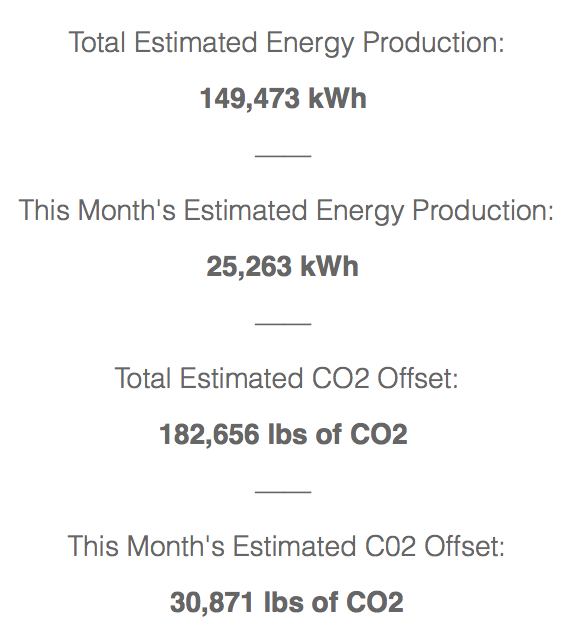 These are some pretty big numbers. The size of my investment is roughly 80 times bigger than the solar I had installed on my own roof. And many of the projects are in even better locations than my house with respect to the solar resource. This investment absolutely dwarfs my carbon footprint. Assuming a carbon footprint of 20 metric tons of CO2 / year for the average American, this investment offsets the carbon footprint of around 10 Americans! And it creates about 4 jobs in the US solar industry!While there are countless ways to help the environment or earn a decent return on investment, this way makes it ridiculously easy to do both. I want to help fix climate change as much as the next climate scientist / alpine climber, but investment in commercial solar incentivized me to do so at a much bigger scale than I otherwise would have done.If it sounds too good to be true, ask yourself: what about free unlimited power from the sun is too good to be true? We need all the help we can get accelerating the transition to renewable energy. Now, don't you want a solar-powered mortgage?
These are some pretty big numbers. The size of my investment is roughly 80 times bigger than the solar I had installed on my own roof. And many of the projects are in even better locations than my house with respect to the solar resource. This investment absolutely dwarfs my carbon footprint. Assuming a carbon footprint of 20 metric tons of CO2 / year for the average American, this investment offsets the carbon footprint of around 10 Americans! And it creates about 4 jobs in the US solar industry!While there are countless ways to help the environment or earn a decent return on investment, this way makes it ridiculously easy to do both. I want to help fix climate change as much as the next climate scientist / alpine climber, but investment in commercial solar incentivized me to do so at a much bigger scale than I otherwise would have done.If it sounds too good to be true, ask yourself: what about free unlimited power from the sun is too good to be true? We need all the help we can get accelerating the transition to renewable energy. Now, don't you want a solar-powered mortgage?
The Ultimate Solar-Powered Life Hack
I've recently been taking a number of steps to convert my fossil fuel intensive lifestyle into one characterized by abundant clean energy. In a series of posts, I'll attempt to lay out the case for renewables and how I'm incorporating them into my housing, transportation and investment portfolio.Ever since I started learning about energy and climate change, it's been a mostly depressing story. In short, we're consuming too much carbon-intensive energy and there doesn't seem to be an end in sight. Indeed, renewable energy such as solar, wind and geothermal in the US is dwarfed by our reliance on fossil fuels: And the reason was quite simple: fossil fuels were the cheapest sources of energy available. If only the price of carbon (or human health) were incorporated into capitalism, we lamented, the system would help us choose the right energy sources. Well, things are starting to change in a way that makes the case for renewable energy a whole lot easier:
And the reason was quite simple: fossil fuels were the cheapest sources of energy available. If only the price of carbon (or human health) were incorporated into capitalism, we lamented, the system would help us choose the right energy sources. Well, things are starting to change in a way that makes the case for renewable energy a whole lot easier: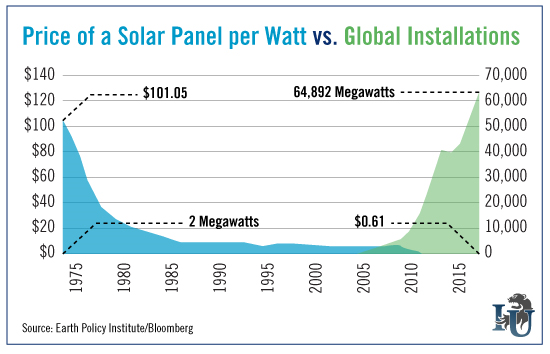 Solar and other renewables are starting to compete on price alone with fossil fuels in many markets! Since 2009, wind power has decreased by 67% and solar has decreased by 85% (ACORE). So Michelle and I obviously wanted to see how things shook out for our new house. In short, our house was ideal, sporting a large shade-free west facing roof as well as a row of clerestory windows to let in natural light but not the heat: classic passive solar design.
Solar and other renewables are starting to compete on price alone with fossil fuels in many markets! Since 2009, wind power has decreased by 67% and solar has decreased by 85% (ACORE). So Michelle and I obviously wanted to see how things shook out for our new house. In short, our house was ideal, sporting a large shade-free west facing roof as well as a row of clerestory windows to let in natural light but not the heat: classic passive solar design. Breaking down the economics, we're able to produce energy at ~ 7 cents/kWh as opposed to more like 33 cents/kWh retail. Using very conservative assumptions for things like inflation gives us a true, tax-free return on investment over 25 years of 15.8% and a payback period of 6.2 years. So how did things turn out? The results of our PV array were immediately visible:
Breaking down the economics, we're able to produce energy at ~ 7 cents/kWh as opposed to more like 33 cents/kWh retail. Using very conservative assumptions for things like inflation gives us a true, tax-free return on investment over 25 years of 15.8% and a payback period of 6.2 years. So how did things turn out? The results of our PV array were immediately visible:

 We produce more energy than we consume, making this a "positive energy home." There are two places we send our excess energy...to the grid (for 2.75 cents/kWh) and...to free clean transportation.
We produce more energy than we consume, making this a "positive energy home." There are two places we send our excess energy...to the grid (for 2.75 cents/kWh) and...to free clean transportation. Adding an electric vehicle to the mix makes the payback time of 6.2 years above likely more like 3-4 years considering I spent over $1500 on gas last year.
Adding an electric vehicle to the mix makes the payback time of 6.2 years above likely more like 3-4 years considering I spent over $1500 on gas last year.

The rest of Everest
Now that the dust has settled, here are a few more images that capture the story:Ferocious wind on the summit push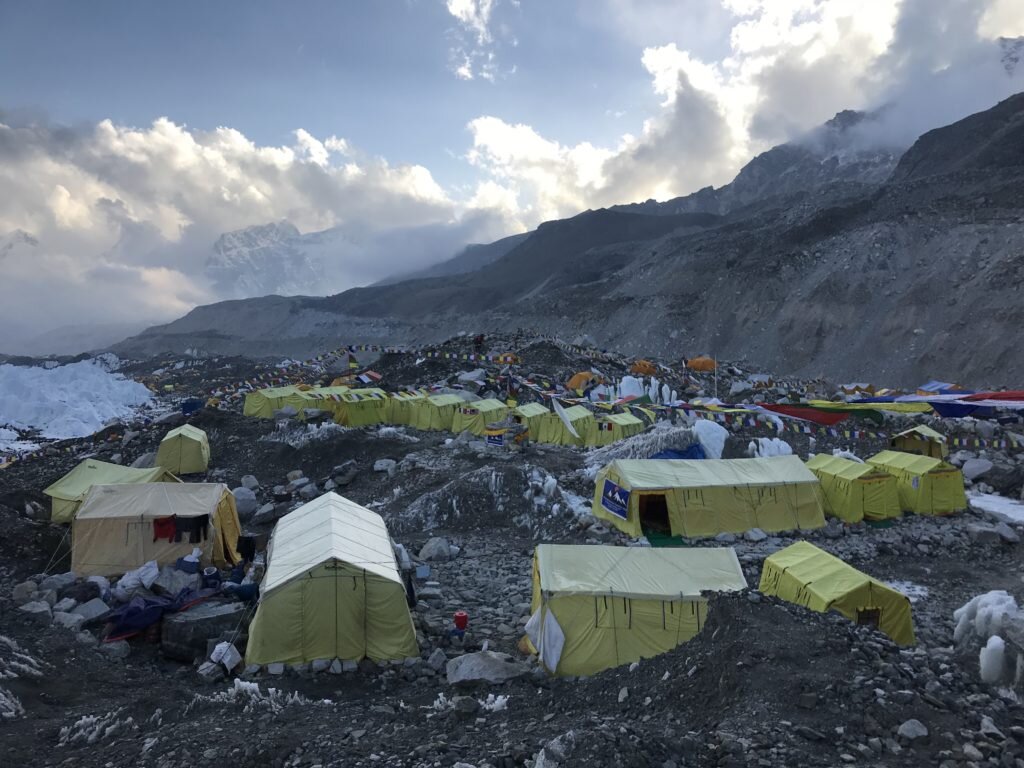
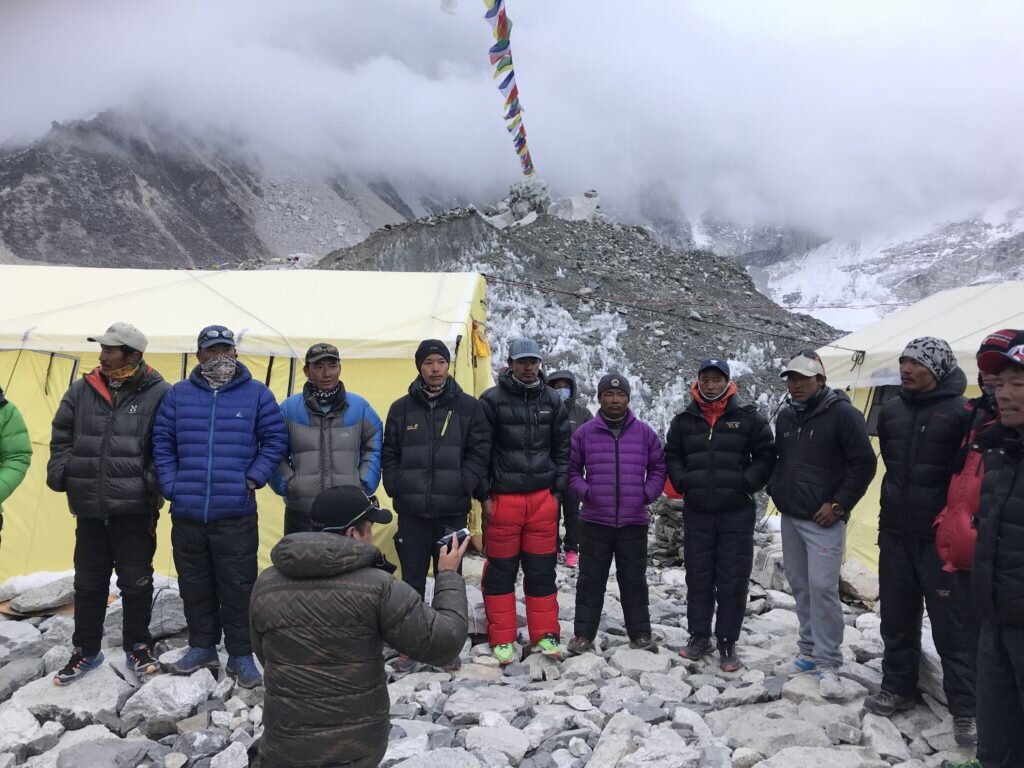
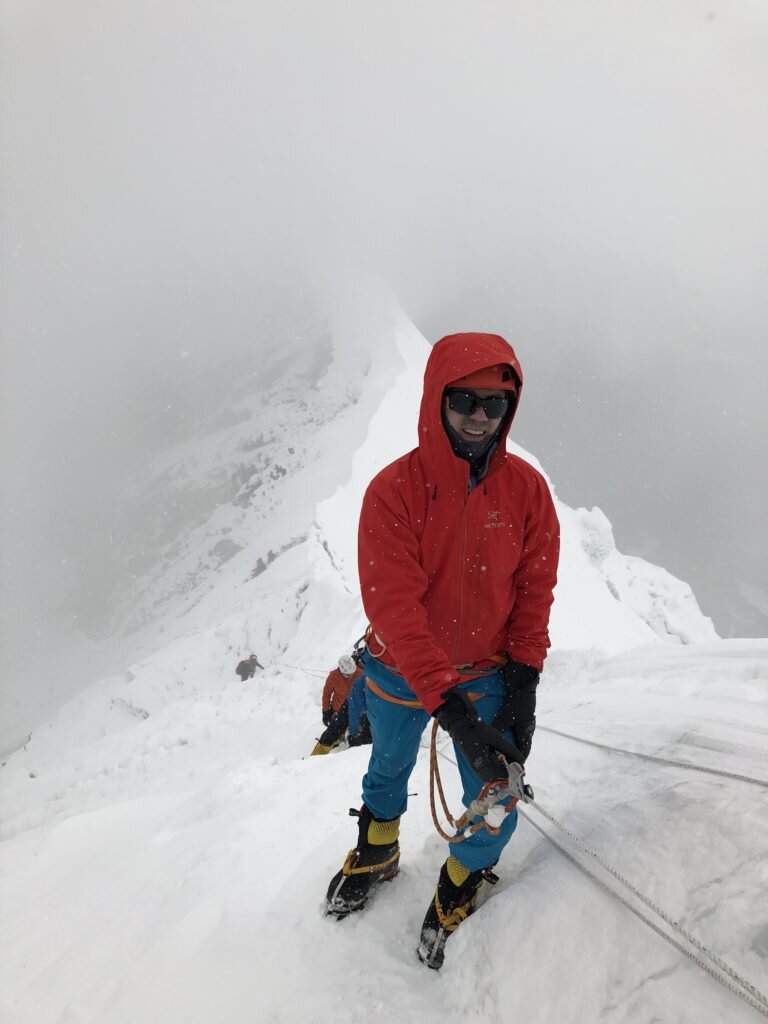
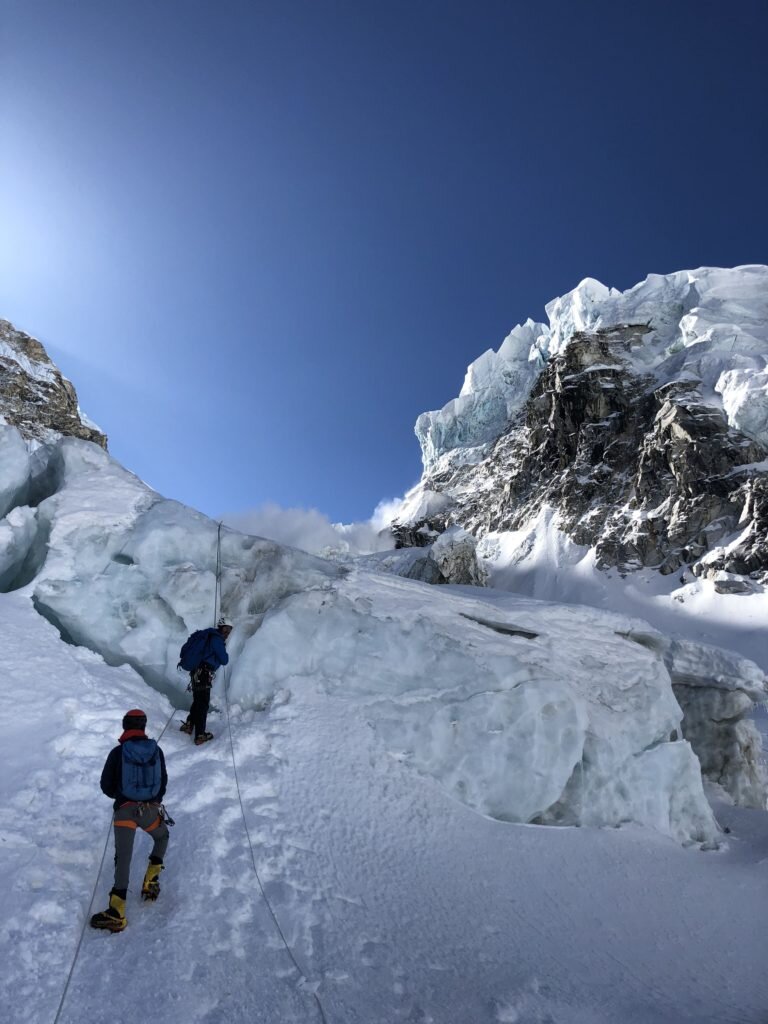
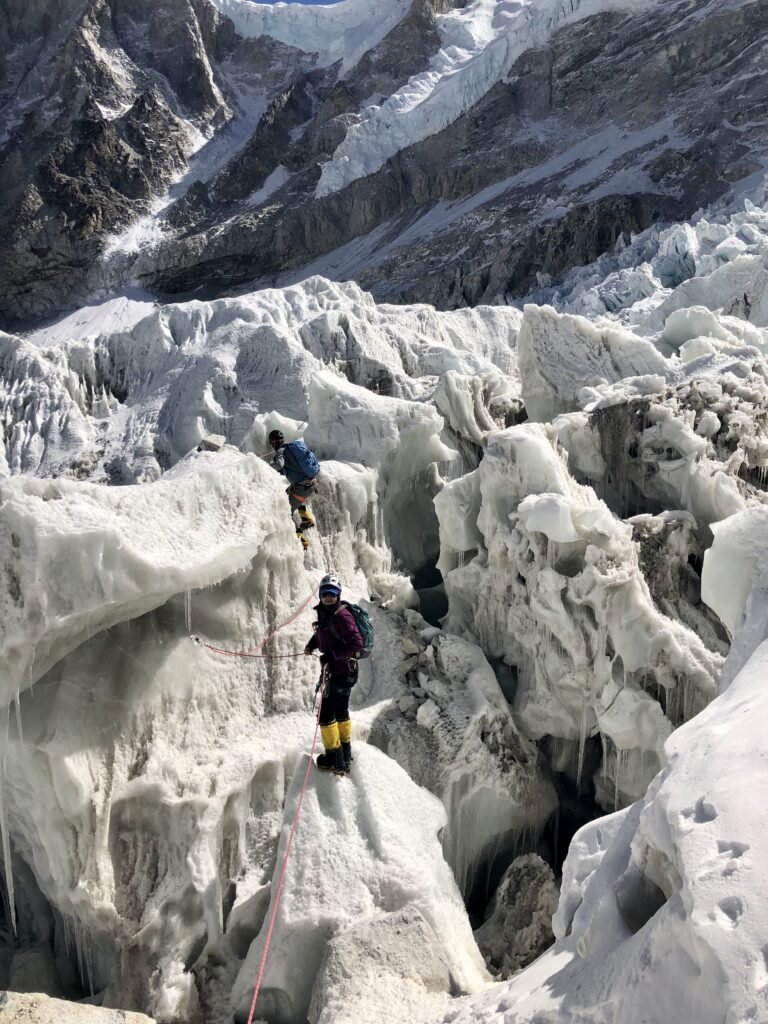
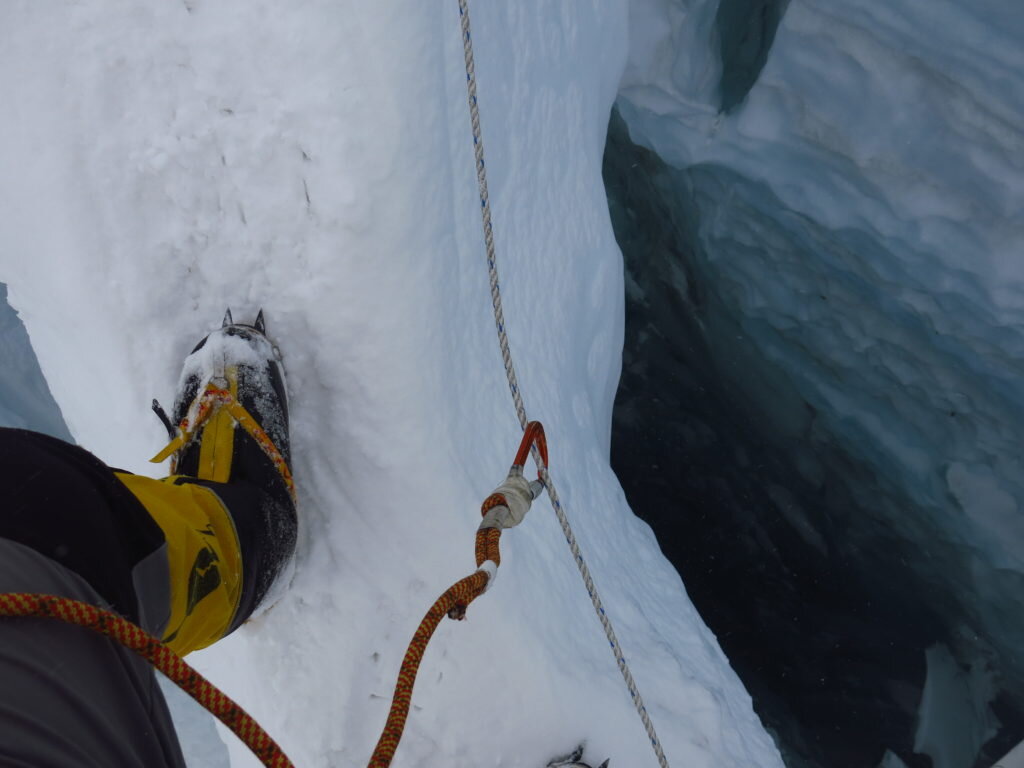
The Thrill Is Gone
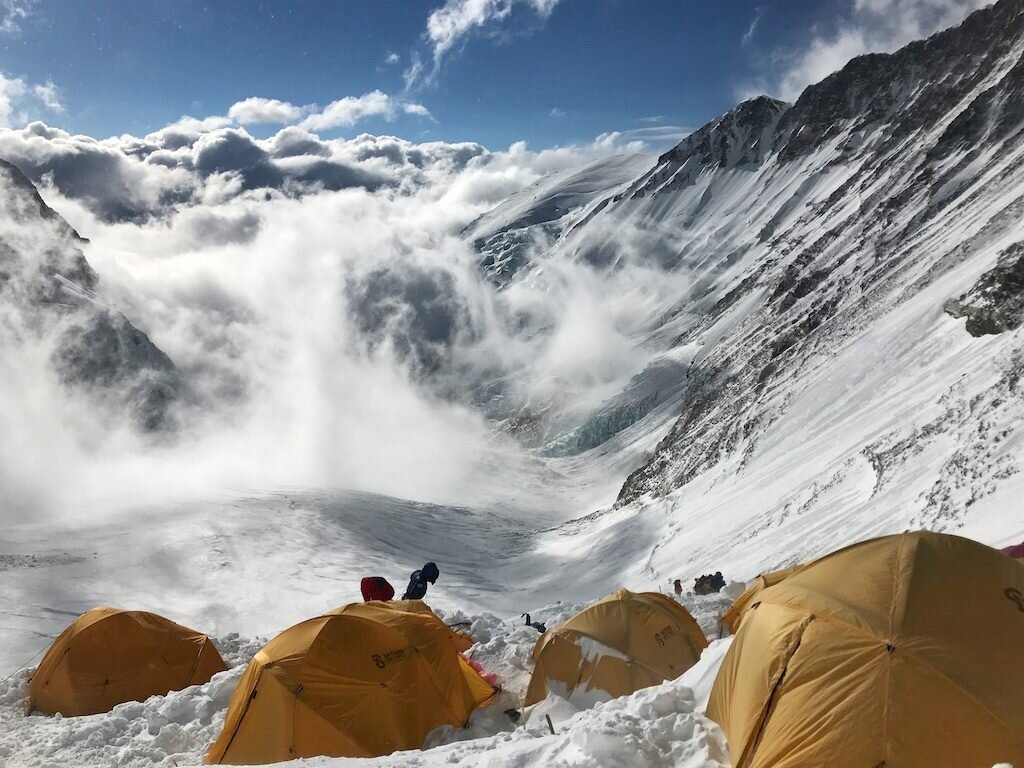 I really thought a summit photo would accompany this post. After about a dozen expeditions, I’d been looking toward a mastery-level capstone to my personal exploration at high altitude. Instead, with the odds stacked in my favor, I ended up turning back from Everest as I just didn’t feel up to the task mentally. And instead of grave disappointment at turning down yet another chance to summit an 8000m peak with oxygen, I guess I just feel tired and indifferent.
I really thought a summit photo would accompany this post. After about a dozen expeditions, I’d been looking toward a mastery-level capstone to my personal exploration at high altitude. Instead, with the odds stacked in my favor, I ended up turning back from Everest as I just didn’t feel up to the task mentally. And instead of grave disappointment at turning down yet another chance to summit an 8000m peak with oxygen, I guess I just feel tired and indifferent.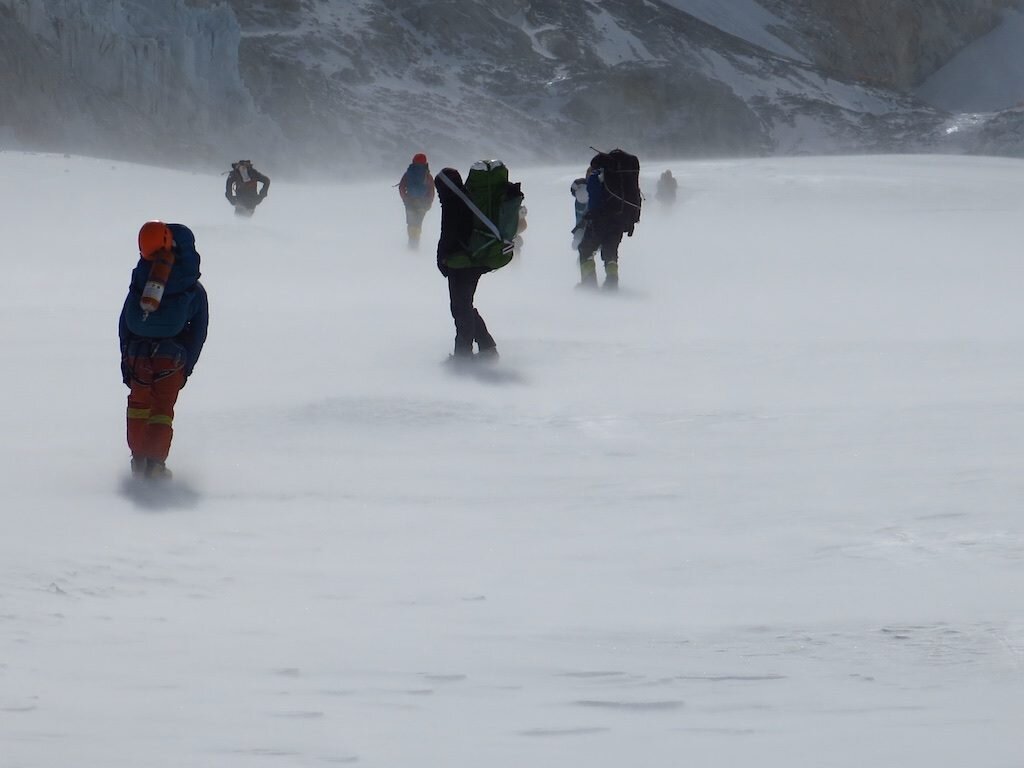 The summit bid started off well enough. I’d managed to stay healthy all expedition unlike most of my teammates and I’d been eating really well and not losing much weight. I was noticeably stronger and healthier than the previous rotation. I should mention that the climbing conditions were incredibly windy…the kind of windy that reminds you you’re on an 8000er and that there’s no room for error.
The summit bid started off well enough. I’d managed to stay healthy all expedition unlike most of my teammates and I’d been eating really well and not losing much weight. I was noticeably stronger and healthier than the previous rotation. I should mention that the climbing conditions were incredibly windy…the kind of windy that reminds you you’re on an 8000er and that there’s no room for error. Things only started to get hard for me at camp 3, where it was hard to keep my toes warm even in my sleeping bag. In the early morning before climbing to camp 4, we were rushed to get packed but then had to wait. The hurry up and wait game was the last straw for my toes, and even after rubbing them warm I knew I’d be battling with them all day. Something eerily similar happened in the exact same spot in 2013, where I ended up waiting several hours shivering alone in the dark without a sleeping bag. Another wrinkle was the huge group of climbers who’d apparently gotten the same forecast as us…at least a hundred climbers strung out on the Lhotse face above me.
Things only started to get hard for me at camp 3, where it was hard to keep my toes warm even in my sleeping bag. In the early morning before climbing to camp 4, we were rushed to get packed but then had to wait. The hurry up and wait game was the last straw for my toes, and even after rubbing them warm I knew I’d be battling with them all day. Something eerily similar happened in the exact same spot in 2013, where I ended up waiting several hours shivering alone in the dark without a sleeping bag. Another wrinkle was the huge group of climbers who’d apparently gotten the same forecast as us…at least a hundred climbers strung out on the Lhotse face above me.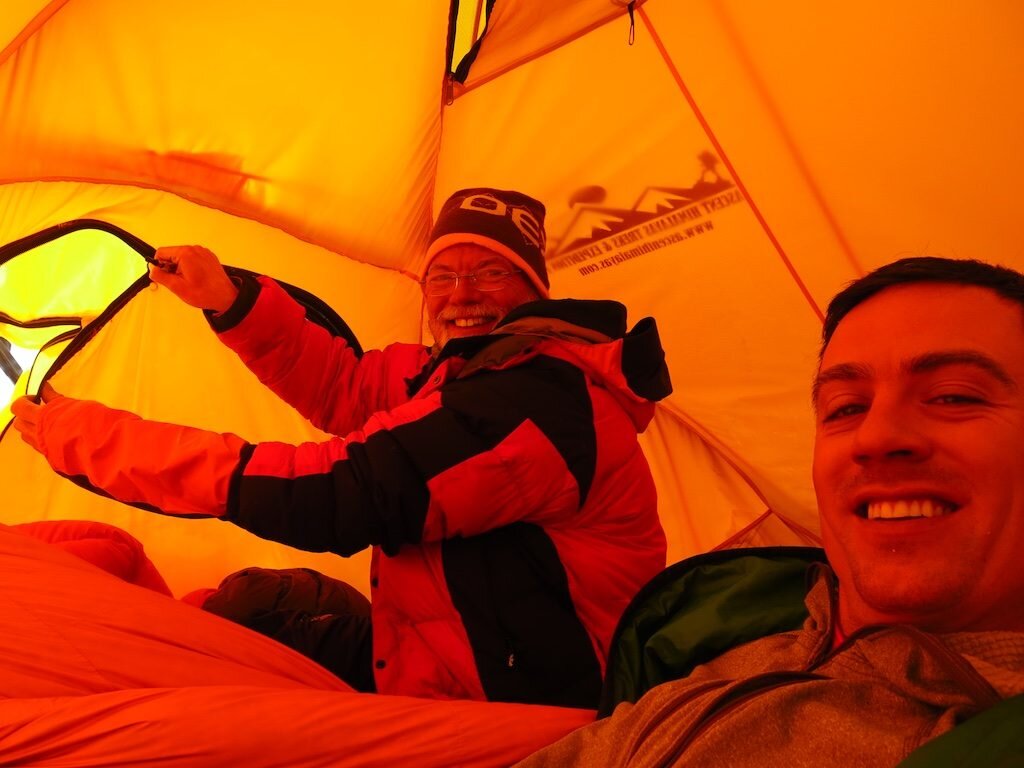 I started climbing but quite soon out of my tent I just didn’t have it mentally. Didn’t have the will to push through the long day ahead, let alone climb all through the night and into the summit day. Furte insisted the apathy was due to lack of oxygen so I begrudgingly took him up on the offer to go on the bottle. He pushed me to try and I’ll at least say that the effect of oxygen is quite noticeable. The aches in your legs disappear into blissful nothingness. But the drudgery is still there in force, not to mention the awkwardness and dissociated feeling of climbing behind the mask. The oxygen also cleared the fog and made the commercial zoo aspects of the mountain come into focus. After 20-30 minutes of climbing and lots more deliberation, I decided that we turn down.
I started climbing but quite soon out of my tent I just didn’t have it mentally. Didn’t have the will to push through the long day ahead, let alone climb all through the night and into the summit day. Furte insisted the apathy was due to lack of oxygen so I begrudgingly took him up on the offer to go on the bottle. He pushed me to try and I’ll at least say that the effect of oxygen is quite noticeable. The aches in your legs disappear into blissful nothingness. But the drudgery is still there in force, not to mention the awkwardness and dissociated feeling of climbing behind the mask. The oxygen also cleared the fog and made the commercial zoo aspects of the mountain come into focus. After 20-30 minutes of climbing and lots more deliberation, I decided that we turn down.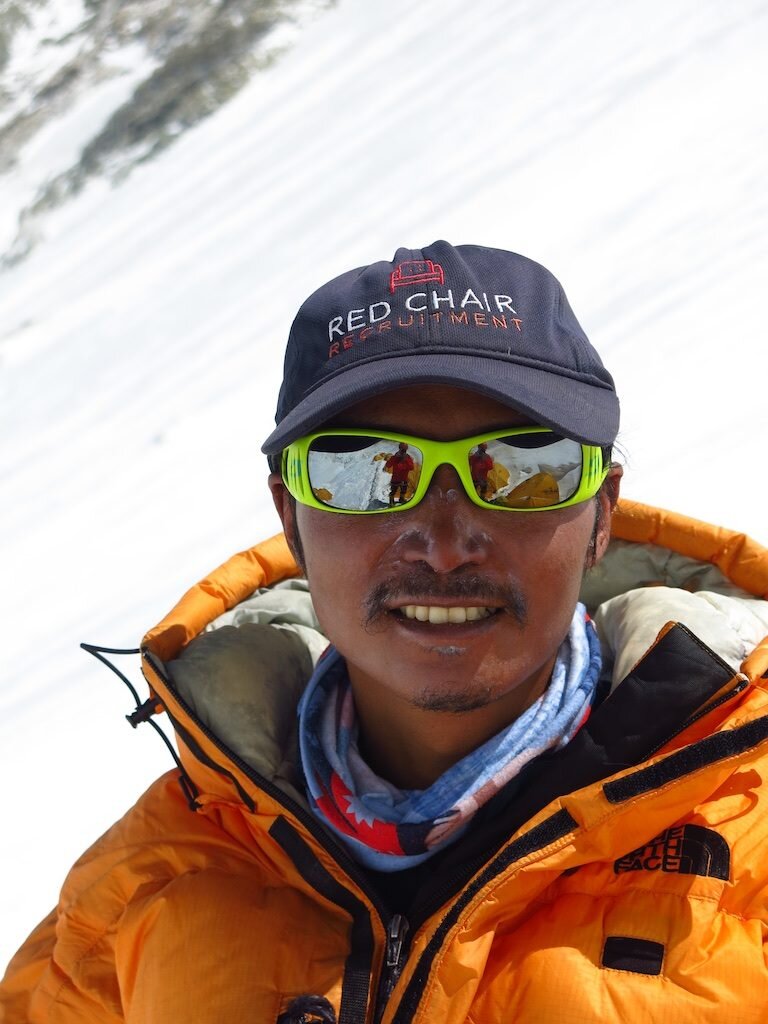 I should have known. Whenever I’ve needed them, the mountains have always delivered. But going to Everest really is much more of a Disneyland experience than the alpine exploration I crave.
I should have known. Whenever I’ve needed them, the mountains have always delivered. But going to Everest really is much more of a Disneyland experience than the alpine exploration I crave.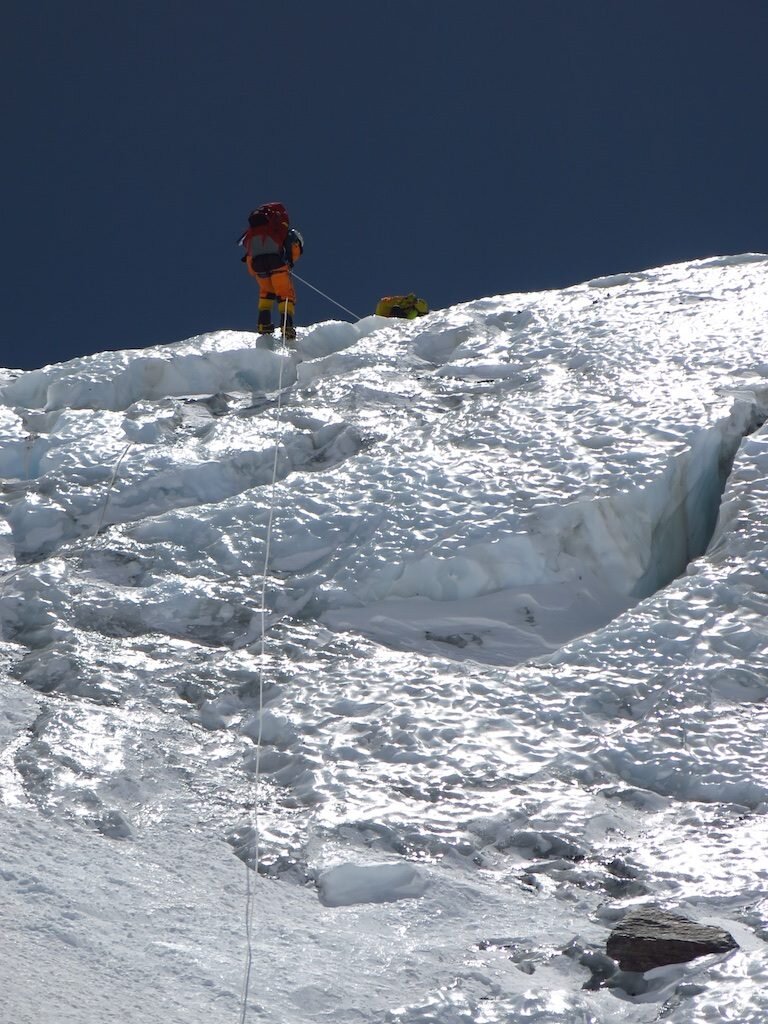 A few more thoughts:
A few more thoughts:
- Climbing Everest is really hard. Oxygen makes it possible for nearly all of today’s summiters (8000 ascents with oxygen but only 200 without), but they all have to push through the countless challenges of an expedition.
- Am I done with 8000ers? I can’t say I am, but if I do it will still be without oxygen. But I really am ready for some more unique adventures. I’m thinking bikepacking, range crossings, range circumnavigations, first ascents, quality alpine climbs, and of course aesthetic lines on Sierran granite.
Here’s to more adventures in 2018 and beyond…good luck!Hari
Rotation
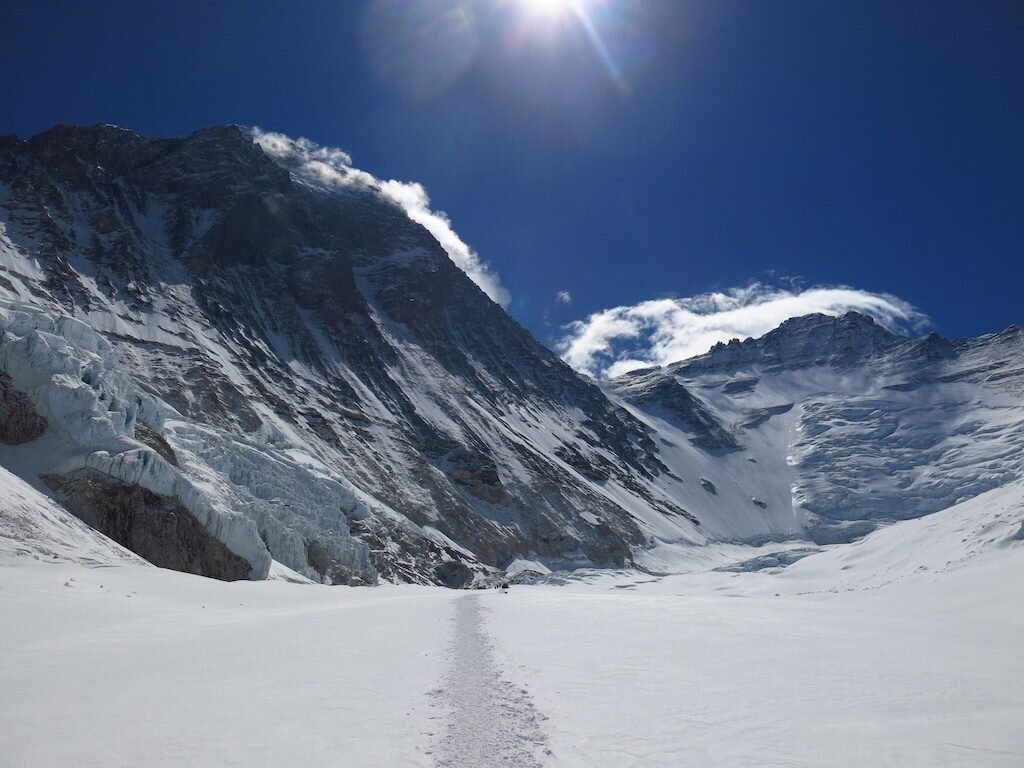 I haven't been posting much to focus on my health and the mountain. In the meantime, we've been busy, completing our acclimatization rotations and fully readying ourselves for the summit bid. Now we're all waiting in base camp, going on daily hikes to maintain fitness, and trying to come up with creative ways to deal with the boredom. I've managed to stay quite healthy though I do have a horrible case of "batman neck" as I must have slept funny last night.
I haven't been posting much to focus on my health and the mountain. In the meantime, we've been busy, completing our acclimatization rotations and fully readying ourselves for the summit bid. Now we're all waiting in base camp, going on daily hikes to maintain fitness, and trying to come up with creative ways to deal with the boredom. I've managed to stay quite healthy though I do have a horrible case of "batman neck" as I must have slept funny last night.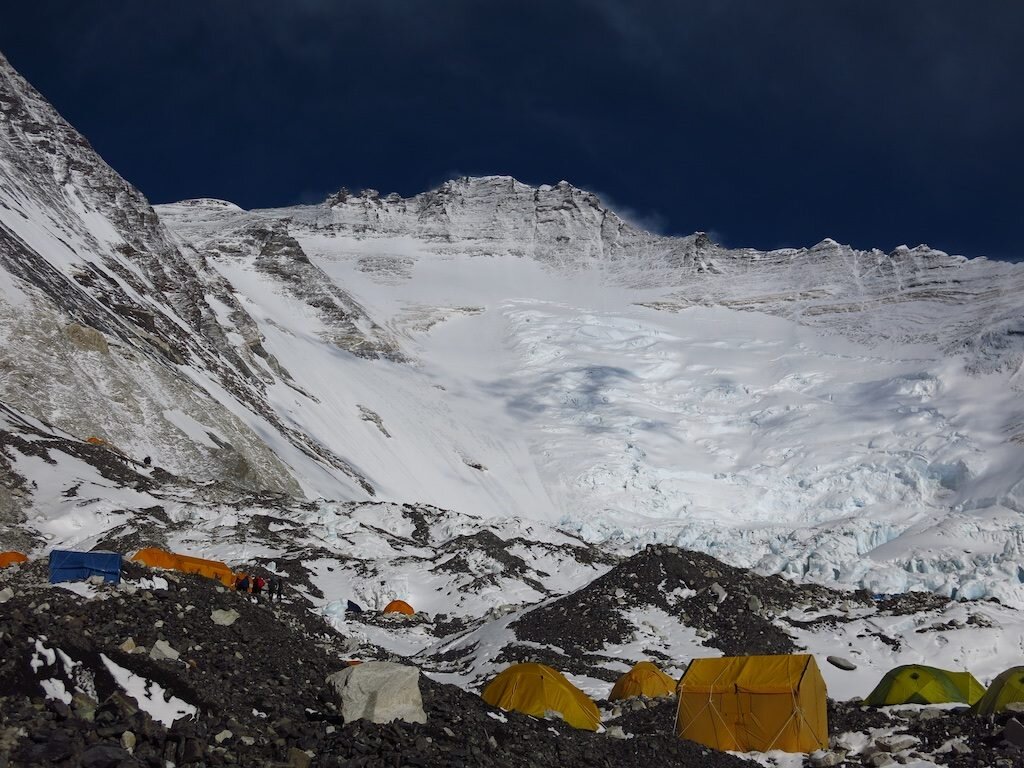 I'd give myself a "B" on the acclimatization rotation. Given that I'm attempting without oxygen, my goal was to sleep at camp 3 and climb potentially as high as the Yellow Band at 25,000 ft. The camp 3 trip with Furtemba went fine, though I just felt flat between camp 2 and 3. The next morning, the effort of just putting on my boots was an ordeal and I had a couple dizzy spells that really convinced me we should be going down. Fortunately, just a drop of a couple hundred meters and my body and mind started coming back.
I'd give myself a "B" on the acclimatization rotation. Given that I'm attempting without oxygen, my goal was to sleep at camp 3 and climb potentially as high as the Yellow Band at 25,000 ft. The camp 3 trip with Furtemba went fine, though I just felt flat between camp 2 and 3. The next morning, the effort of just putting on my boots was an ordeal and I had a couple dizzy spells that really convinced me we should be going down. Fortunately, just a drop of a couple hundred meters and my body and mind started coming back.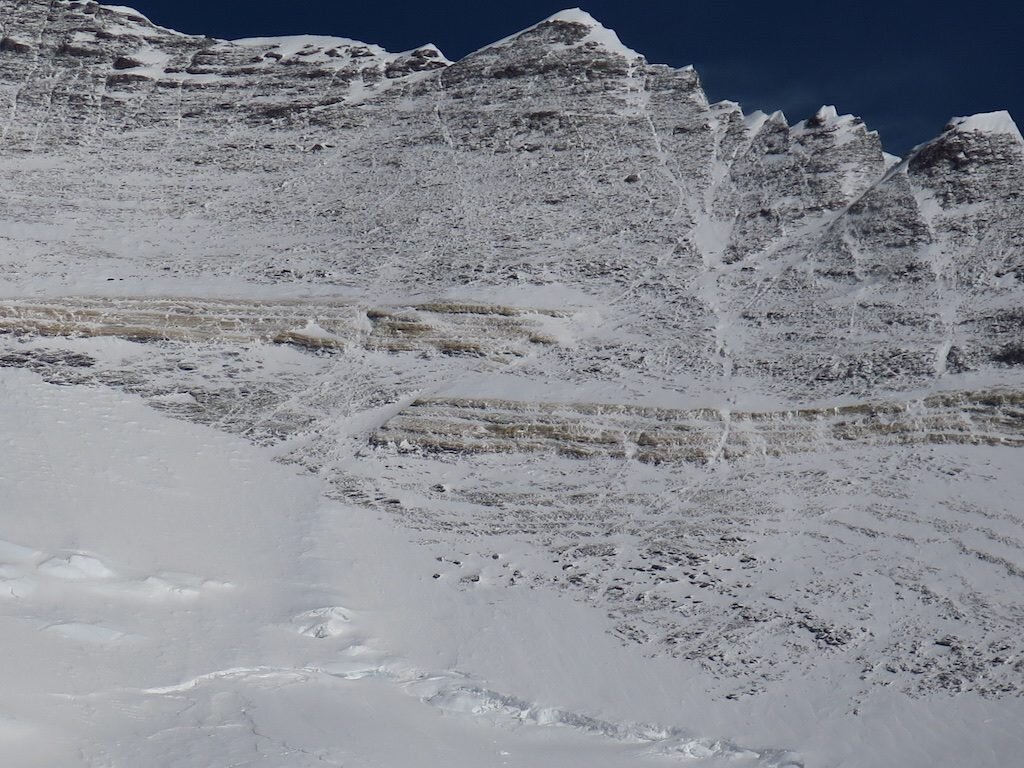 Now we're playing the waiting game. The main issue here is the weather, with high winds blasting the upper mountain until the 9th or even 11th. There are still about two full workdays of rope fixing left on the mountain which require good weather, so looks like we're on track for a mid-May summit push. Take care,Hari
Now we're playing the waiting game. The main issue here is the weather, with high winds blasting the upper mountain until the 9th or even 11th. There are still about two full workdays of rope fixing left on the mountain which require good weather, so looks like we're on track for a mid-May summit push. Take care,Hari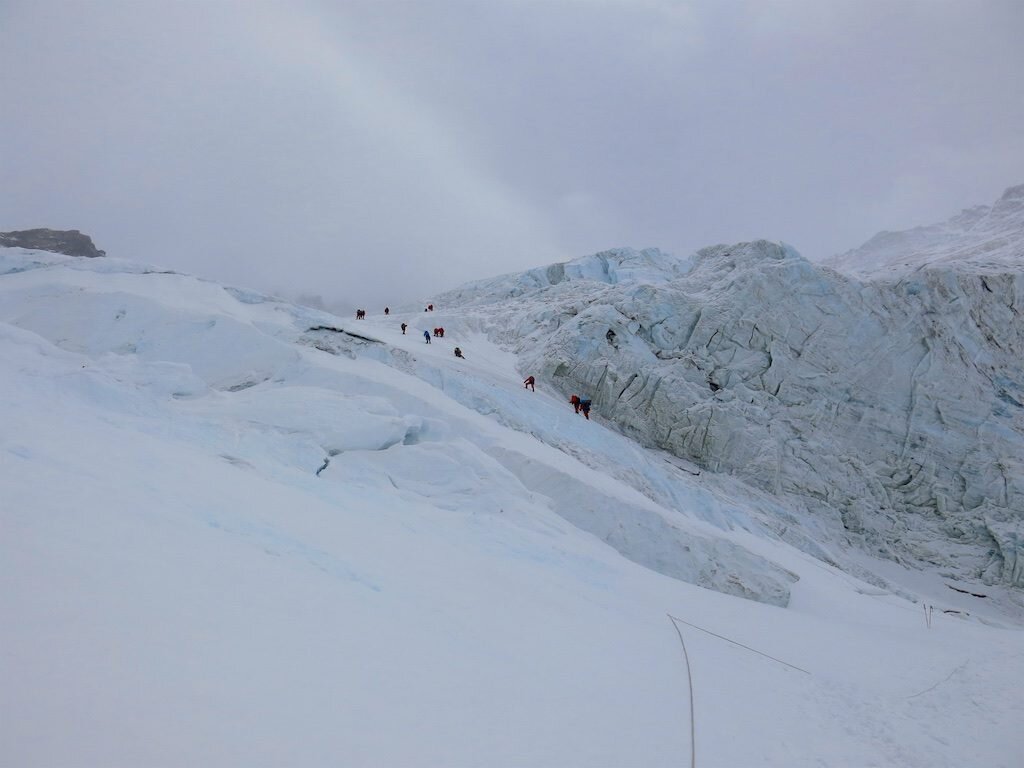
Submission
"Mountains are cathedrals: grand and pure, the houses of my religion. I go to them as humans go to worship. From their lofty summits I view my past, dream of the future, and with unusual acuity I am allowed to experience the present moment. My strength renewed, my vision cleared, in the mountains I celebrate creation. On each journey I am reborn" -Anatoli Boukreev
Once again I find myself searching for breath in the Himalaya. As I move in slow motion up the yak trail, a giant steppe eagle soars effortlessly above. I don’t know that I’ve ever encountered a bird so majestic.For nearly a year and a half, I’ve been crippled by persistent, racing negative thoughts. I’ve felt overwhelmed; pulled in too many directions by the demands and responsibilities of my life. One label I now have for this paradigm is bipolar disorder. So instead of trying to push through it (which most recently landed me in the hospital), or distracting myself while treading water, today, I submit to the highest power I can easily find: Chomolungma, Goddess Mother of the Earth, better known as Everest.And so the practice begins. I am here. I am at peace. I am alive.
“When you get in the ocean, you can’t make anything happen...When you enter the ocean you submit to what IT’s doing.” -Rob Bell
Full Value in the High Sierra
 I returned from some much-appreciated play time on the Eastside. I'm slowly working my way through the Sierra Peak Section's Emblem Peaks: 15 of the Sierra's most prominent peaks as a way of exploring new parts of the range. First up was Matterhorn Peak which was in pretty good shape despite a bit of awkward postholing on the approach.
I returned from some much-appreciated play time on the Eastside. I'm slowly working my way through the Sierra Peak Section's Emblem Peaks: 15 of the Sierra's most prominent peaks as a way of exploring new parts of the range. First up was Matterhorn Peak which was in pretty good shape despite a bit of awkward postholing on the approach.


 Then, escaping a violent cold and wind storm, I went to the southernmost Sierra to Olancha Peak, where I had my first ever bighorn sheep encounter despite countless trips to the Williamson region and other remote parts of the Southern Sierra.
Then, escaping a violent cold and wind storm, I went to the southernmost Sierra to Olancha Peak, where I had my first ever bighorn sheep encounter despite countless trips to the Williamson region and other remote parts of the Southern Sierra.
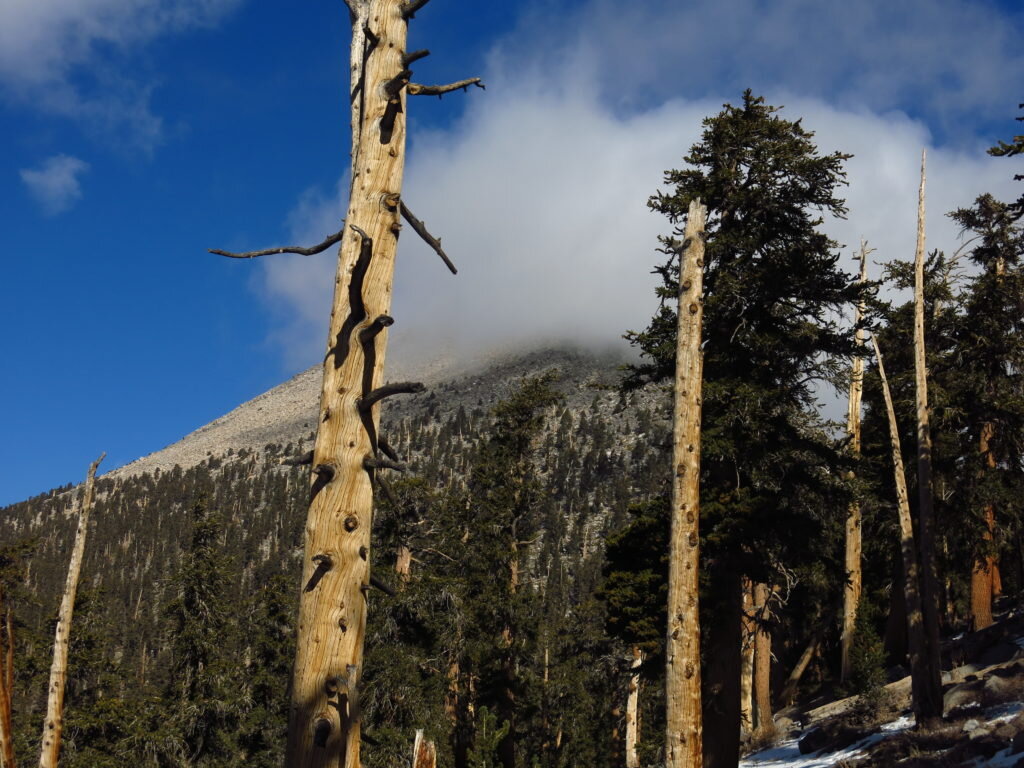

 After a trip to Tucson for the holidays and adequate time for my blisters to heal, I returned to Bishop for a day of full-value alpine climbing on Mount Darwin, including a mountain bike to the base, a trip over Lamarck Col and a fantastic climb up perfect styrofoam on the North Face.
After a trip to Tucson for the holidays and adequate time for my blisters to heal, I returned to Bishop for a day of full-value alpine climbing on Mount Darwin, including a mountain bike to the base, a trip over Lamarck Col and a fantastic climb up perfect styrofoam on the North Face.


 The casual thirteen hours car-to-car from Aspendell showed me that my fitness is right where I want it to be and my approach to the mountains is as solid as ever. Here's to 2018!
The casual thirteen hours car-to-car from Aspendell showed me that my fitness is right where I want it to be and my approach to the mountains is as solid as ever. Here's to 2018!
K2 Unmasked
What's it like on the holy grail of big mountains? Here's my climber's eye view into the expedition, created as it happened using my solar-powered setup in base camp. Thanks again to everyone for following along and supporting the trip. Enjoy!
K2 Unmasked from Hari Mix on Vimeo.
Down and Out
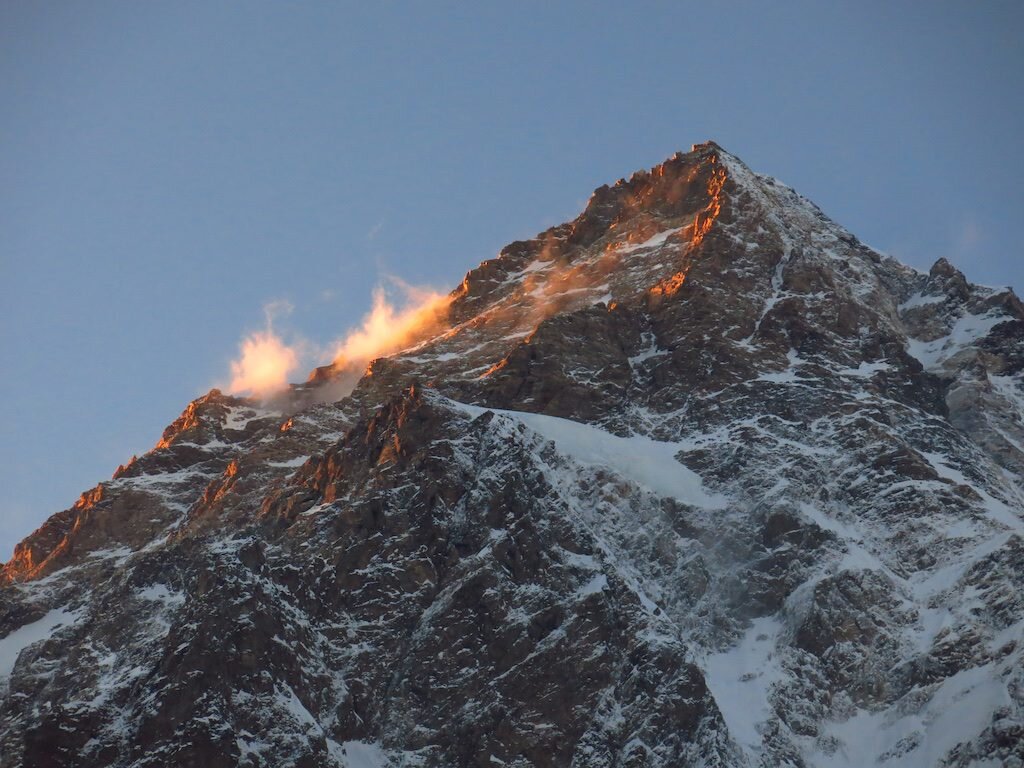 I'm back home eating like crazy and getting over my jetlag. The cuts, scrapes and bruises are all healing in the abundant oxygenated atmosphere. More reflection will be coming from my attempt on K2, but in the meantime, here's a photo essay from the journey back home. In short, I think I set a speed record back home from Camp 2 as I barely even had time to stop and shower in Islamabad before catching my international flight:July 26: Descend from Camp 2 to Base CampJuly 27: Base Camp to Ali CampJuly 28: (Well, technically we started climbing at 10:45PM on the 27th and crested the 18,400 ft Gondogoro La at 1:30AM) Ali Camp to Hushe (this is about 25 excruciatingly hard, trailless miles) covered in about 14 hours. Then 6 hour drive to SkarduJuly 29: Flight from Skardu to Islamabad followed by Islamabad - Abu Dhabi - San FranciscoA huge congratulations to all of my teammates who were successful on K2. These were the first summits of K2 since 2014 and under 400 people have ever stood on top! Many thanks to Mountain Equipment, Dreamers Destination and Nazir Sabir Expeditions for making the trip possible!
I'm back home eating like crazy and getting over my jetlag. The cuts, scrapes and bruises are all healing in the abundant oxygenated atmosphere. More reflection will be coming from my attempt on K2, but in the meantime, here's a photo essay from the journey back home. In short, I think I set a speed record back home from Camp 2 as I barely even had time to stop and shower in Islamabad before catching my international flight:July 26: Descend from Camp 2 to Base CampJuly 27: Base Camp to Ali CampJuly 28: (Well, technically we started climbing at 10:45PM on the 27th and crested the 18,400 ft Gondogoro La at 1:30AM) Ali Camp to Hushe (this is about 25 excruciatingly hard, trailless miles) covered in about 14 hours. Then 6 hour drive to SkarduJuly 29: Flight from Skardu to Islamabad followed by Islamabad - Abu Dhabi - San FranciscoA huge congratulations to all of my teammates who were successful on K2. These were the first summits of K2 since 2014 and under 400 people have ever stood on top! Many thanks to Mountain Equipment, Dreamers Destination and Nazir Sabir Expeditions for making the trip possible!